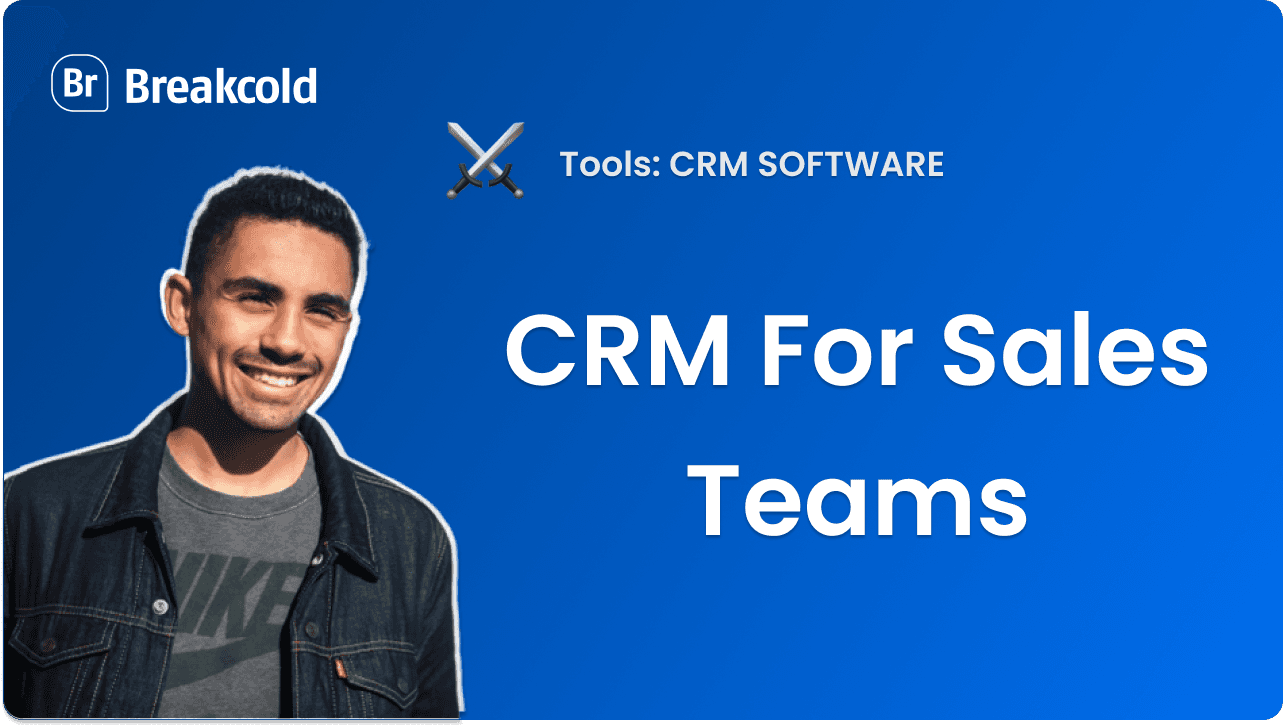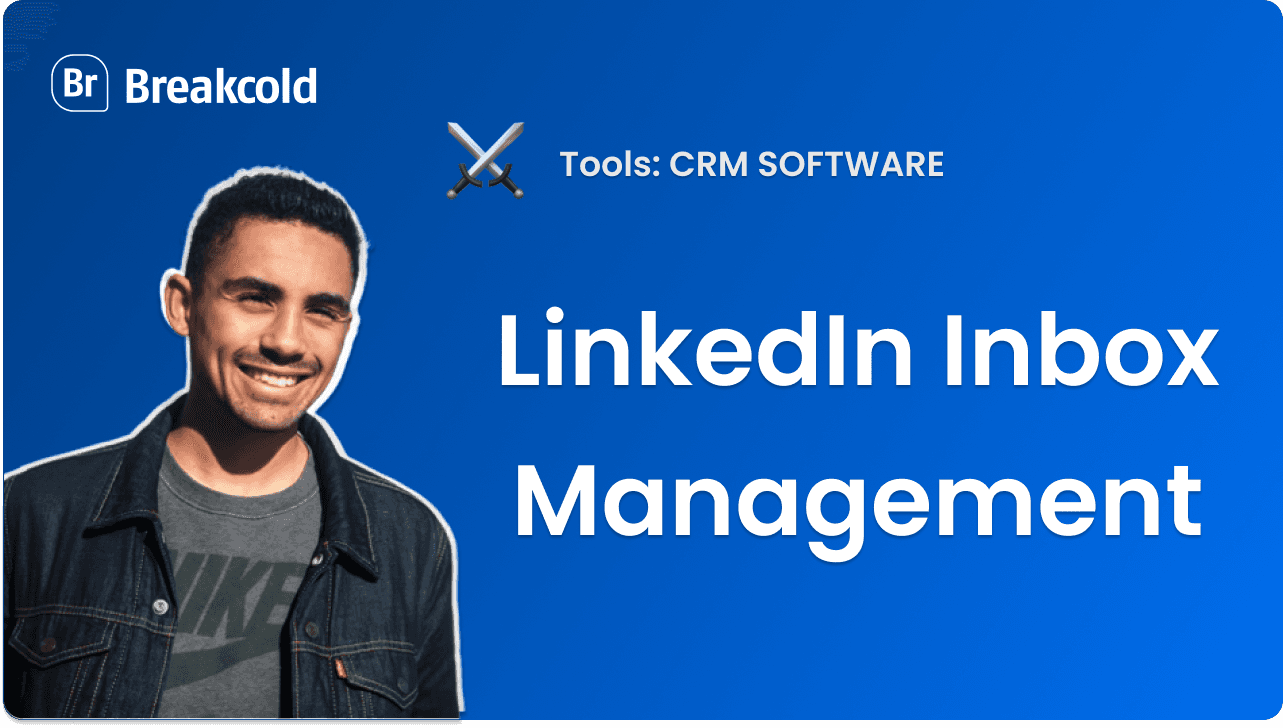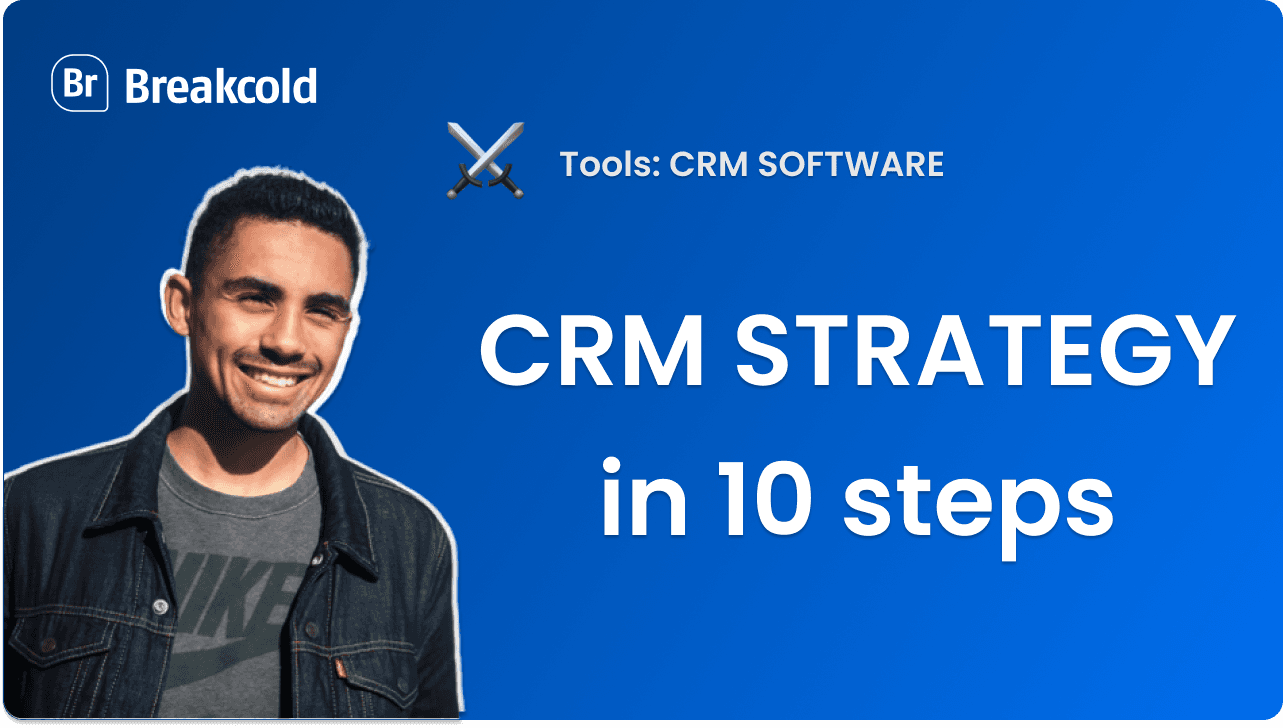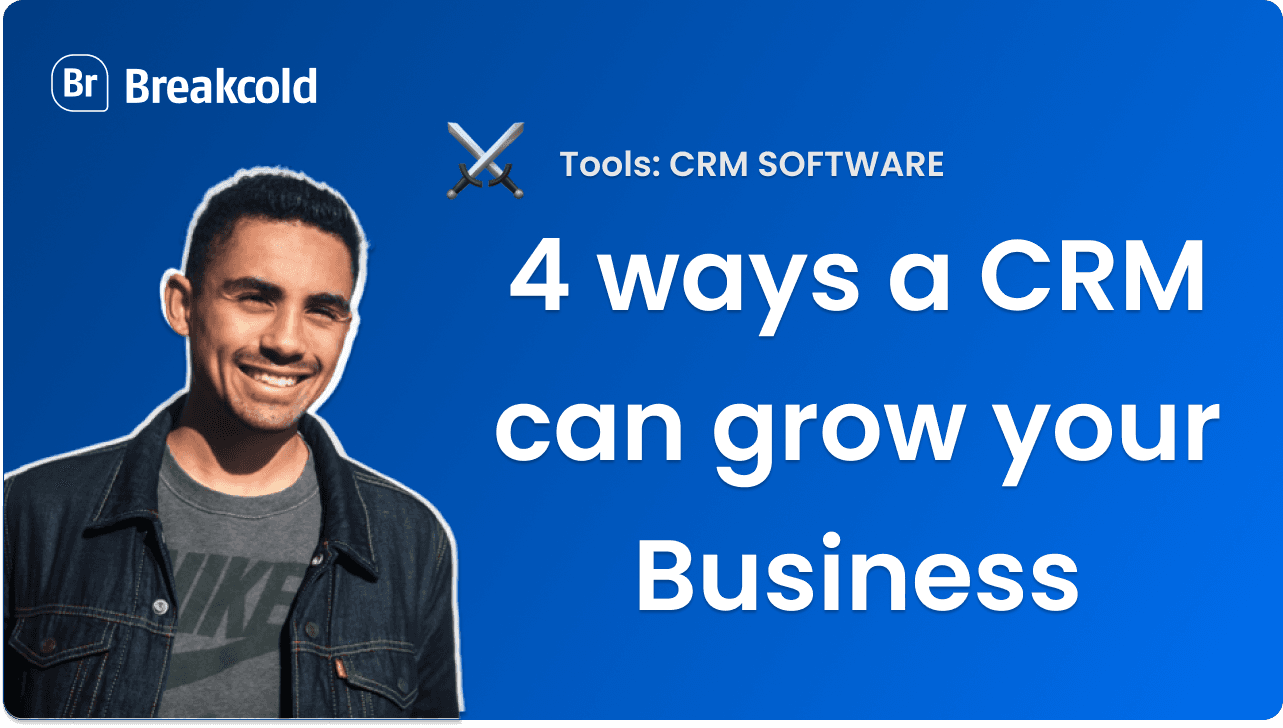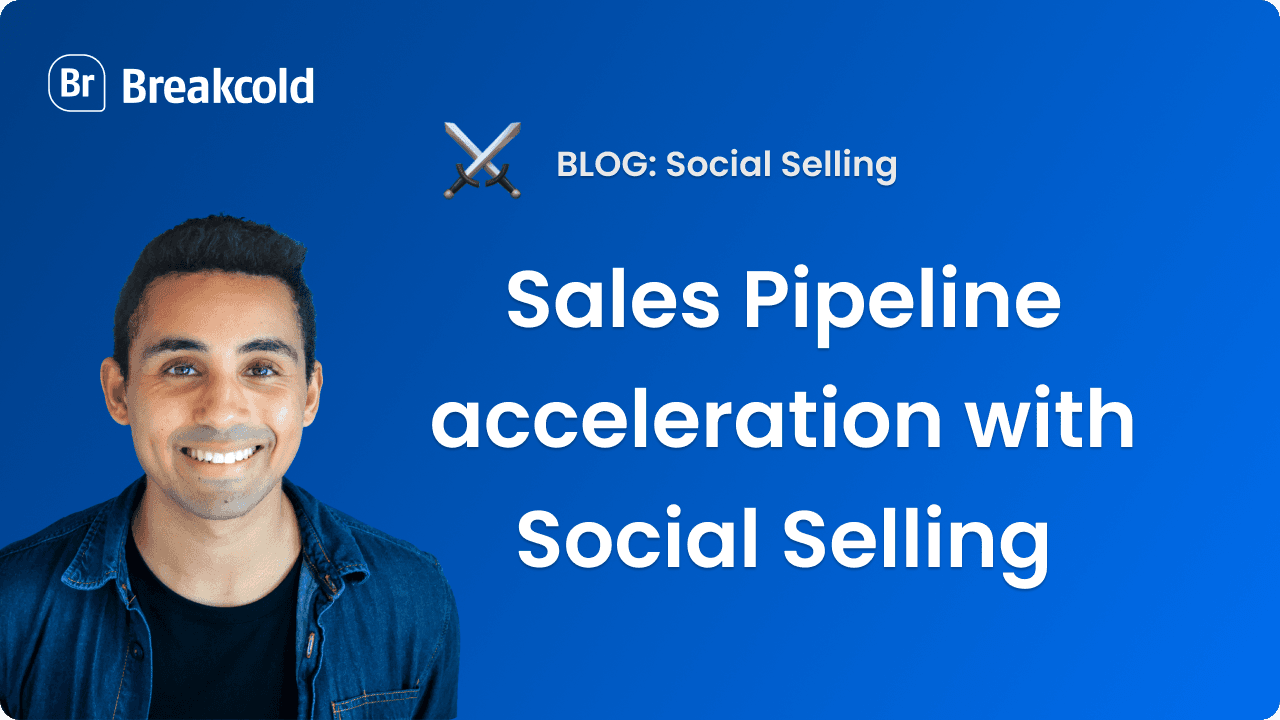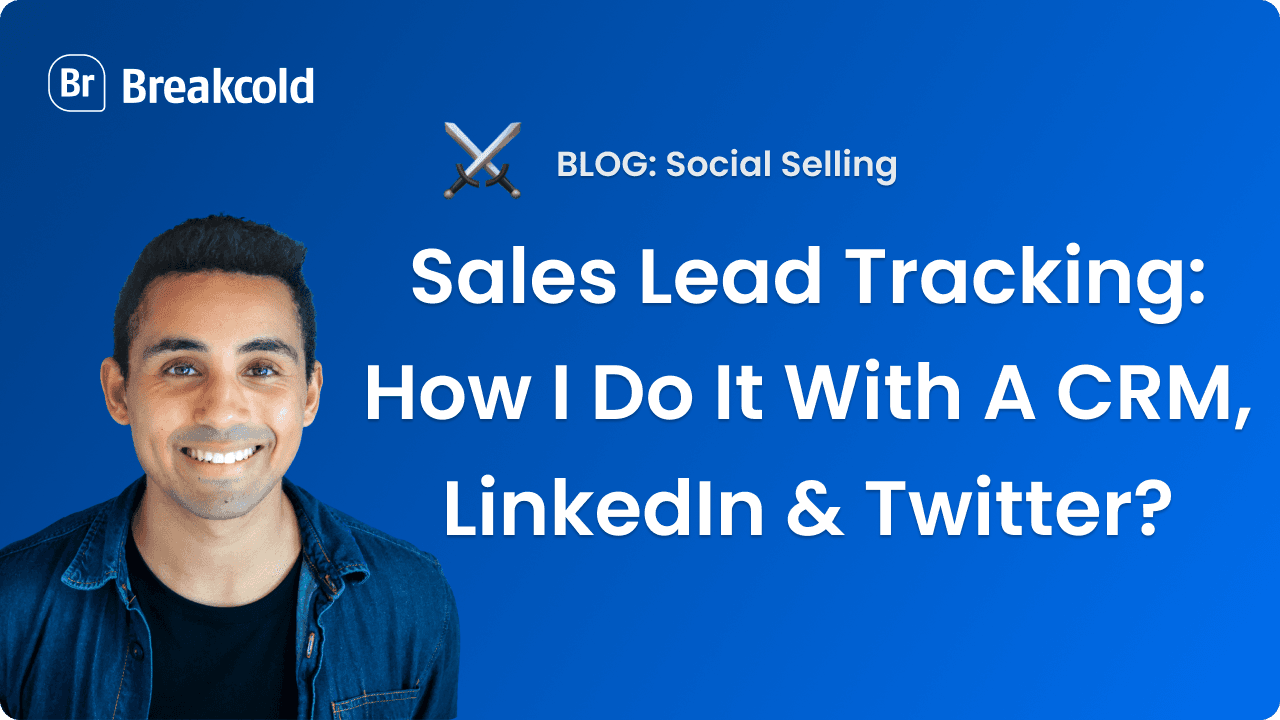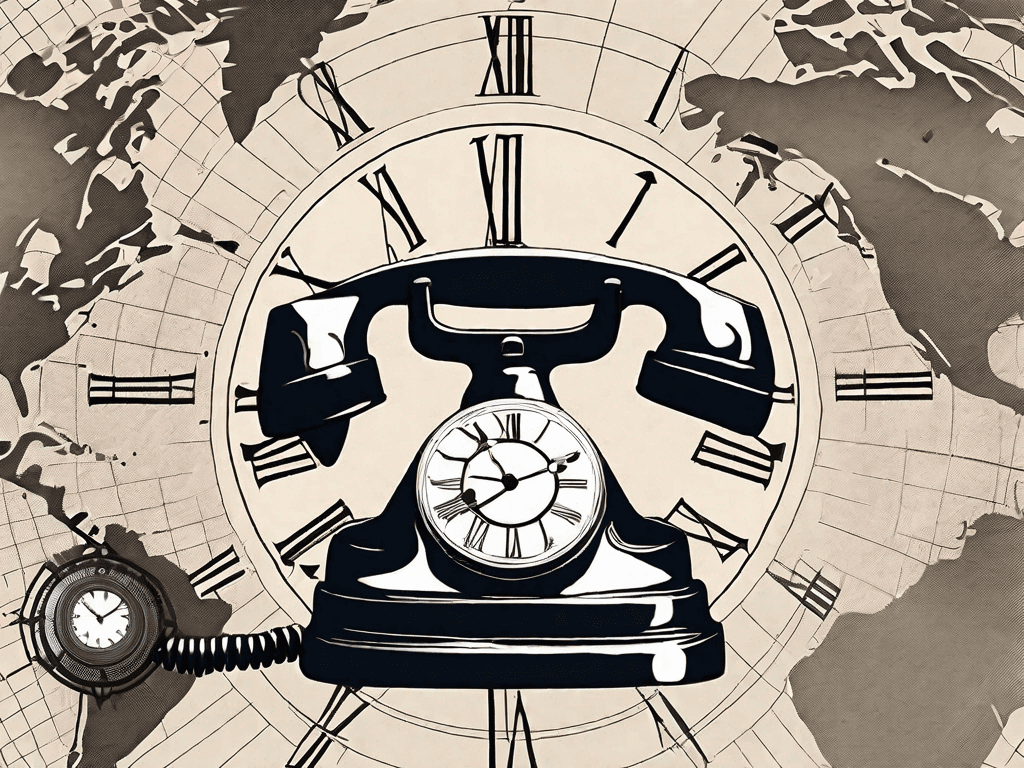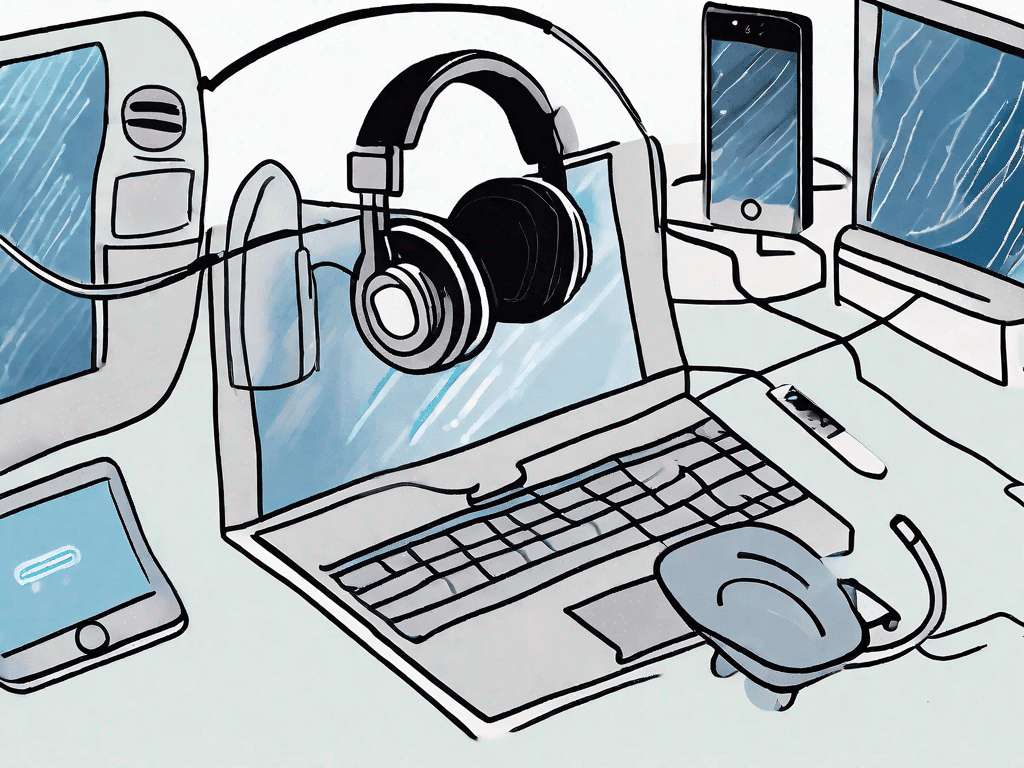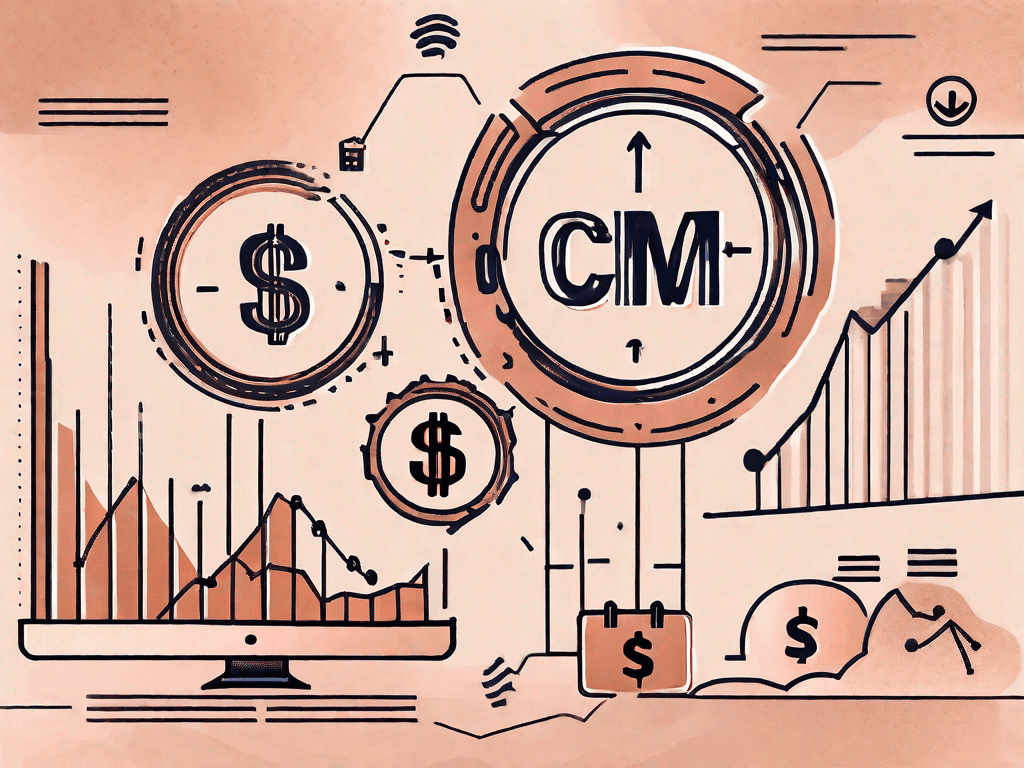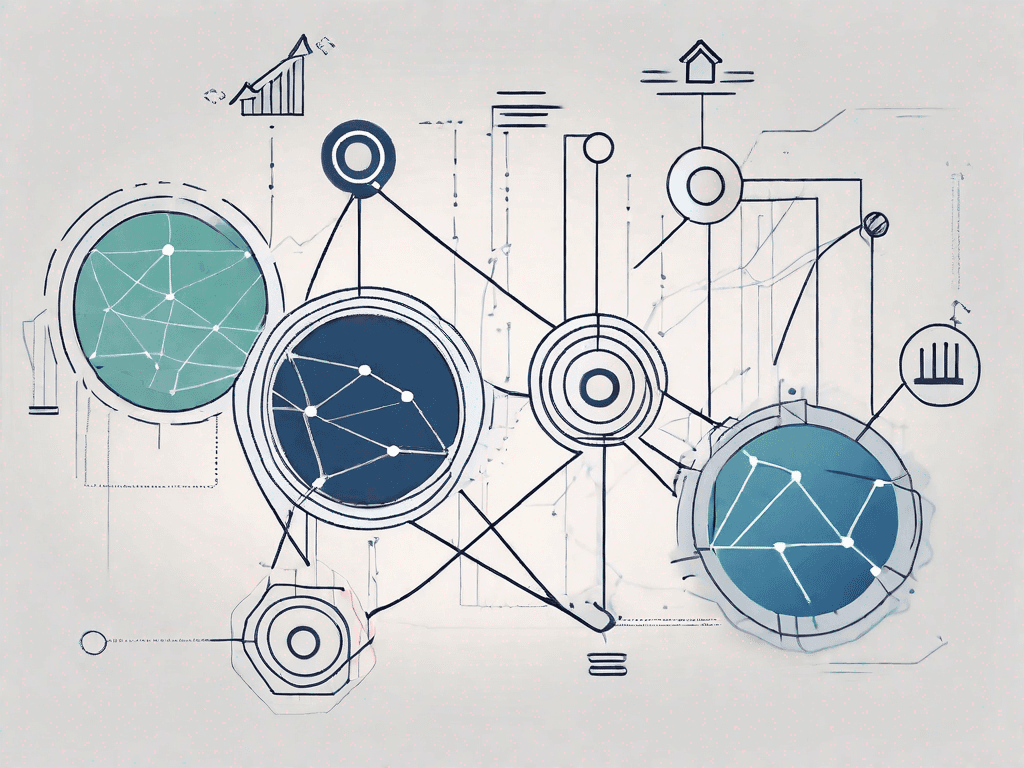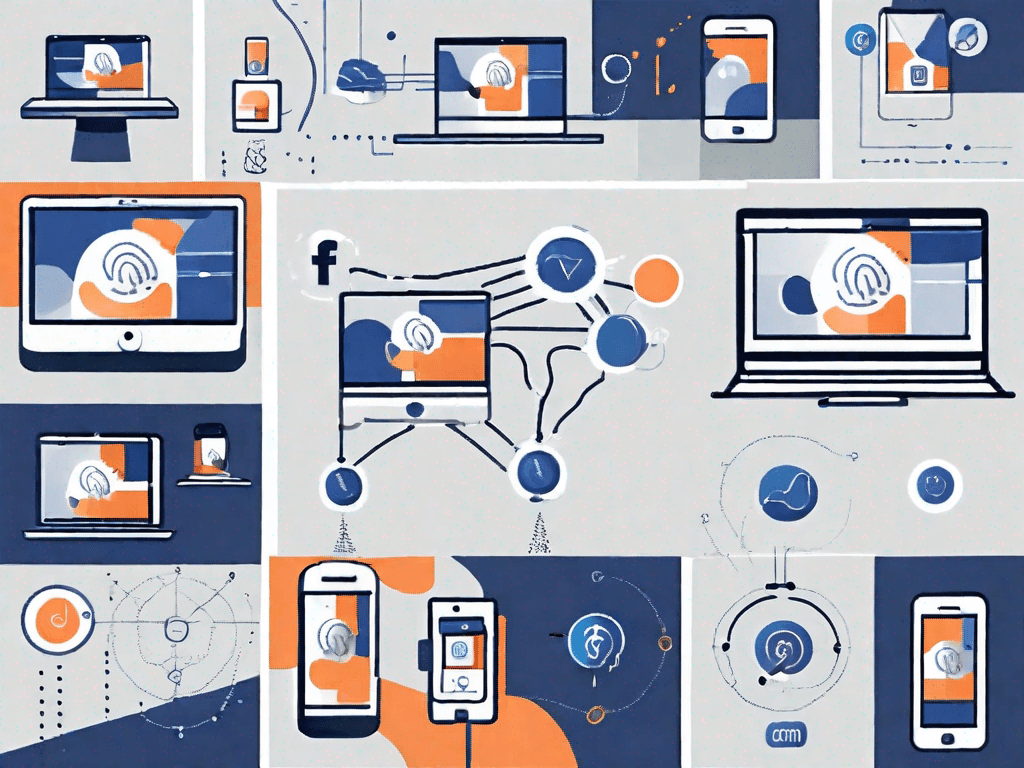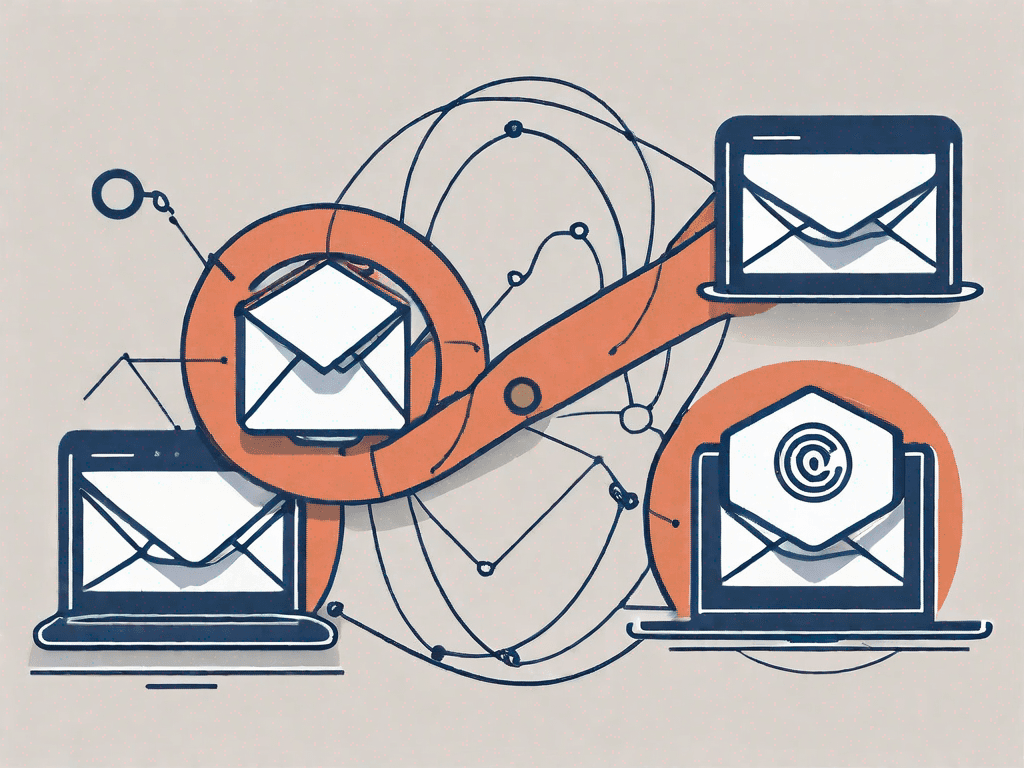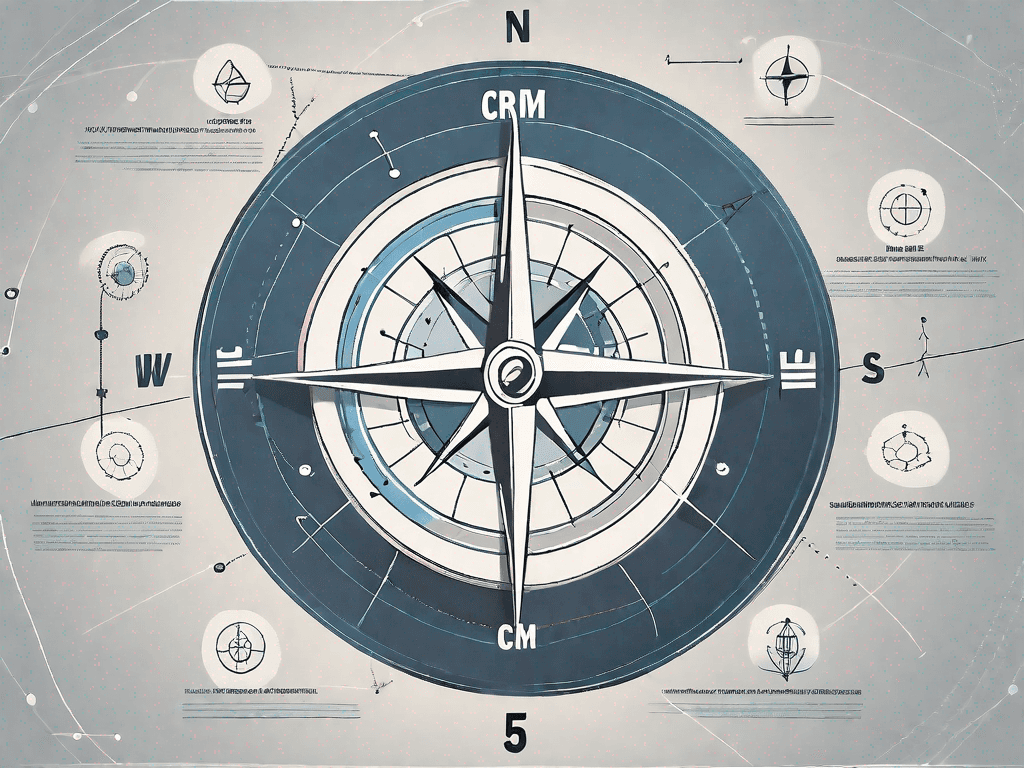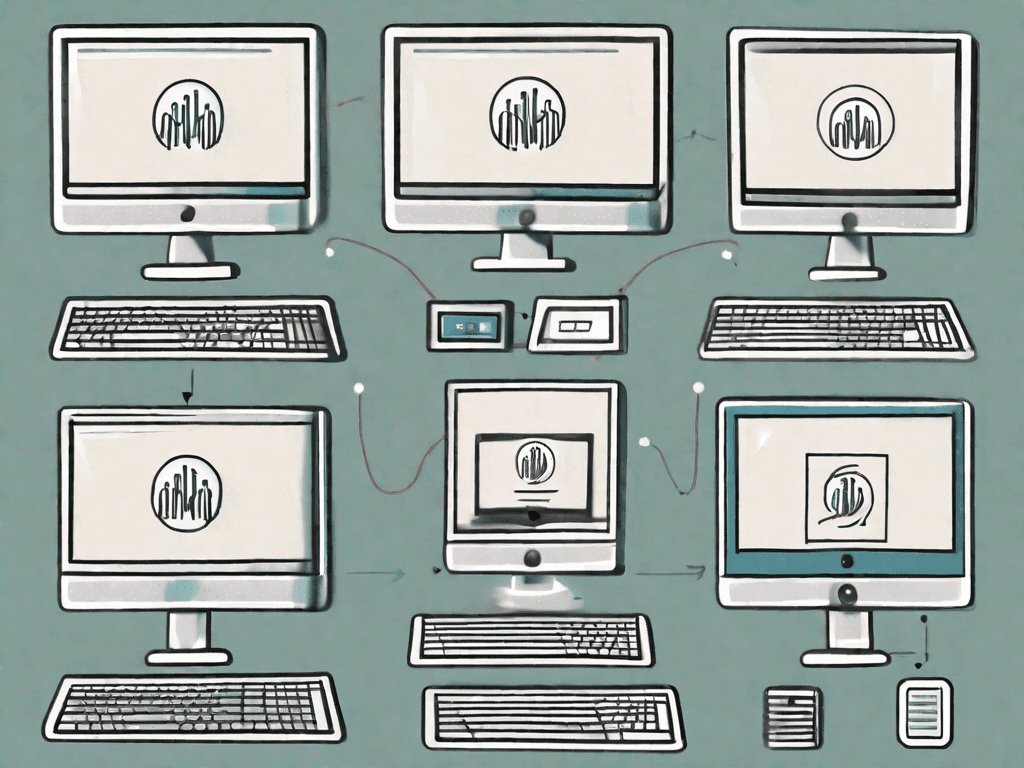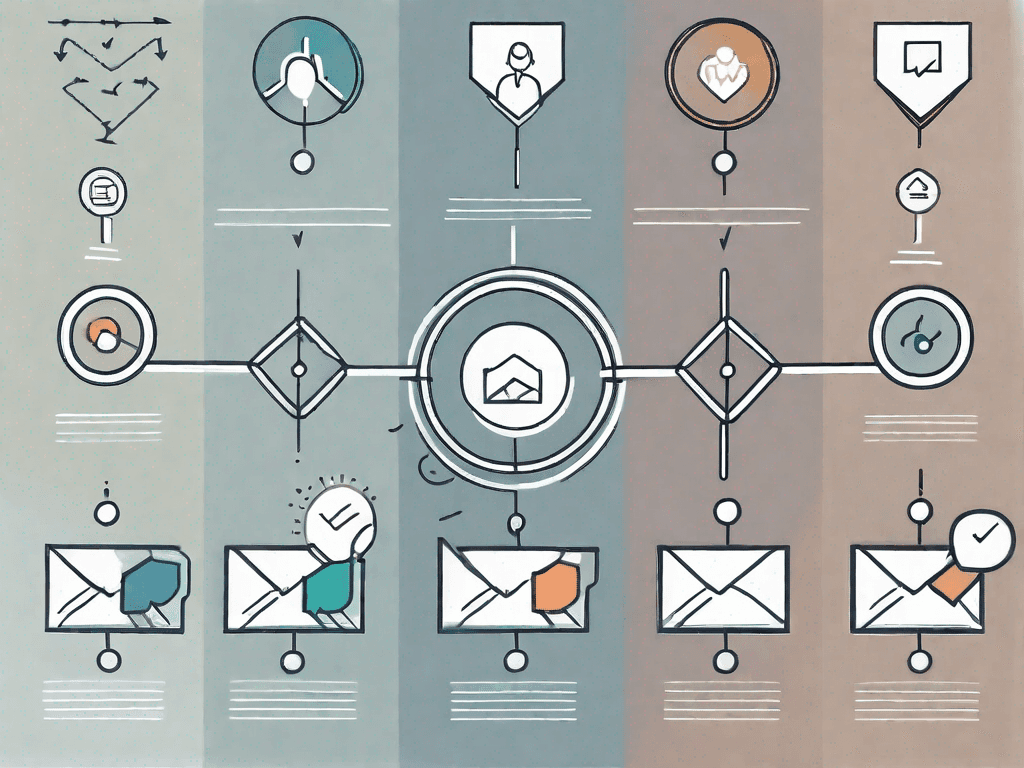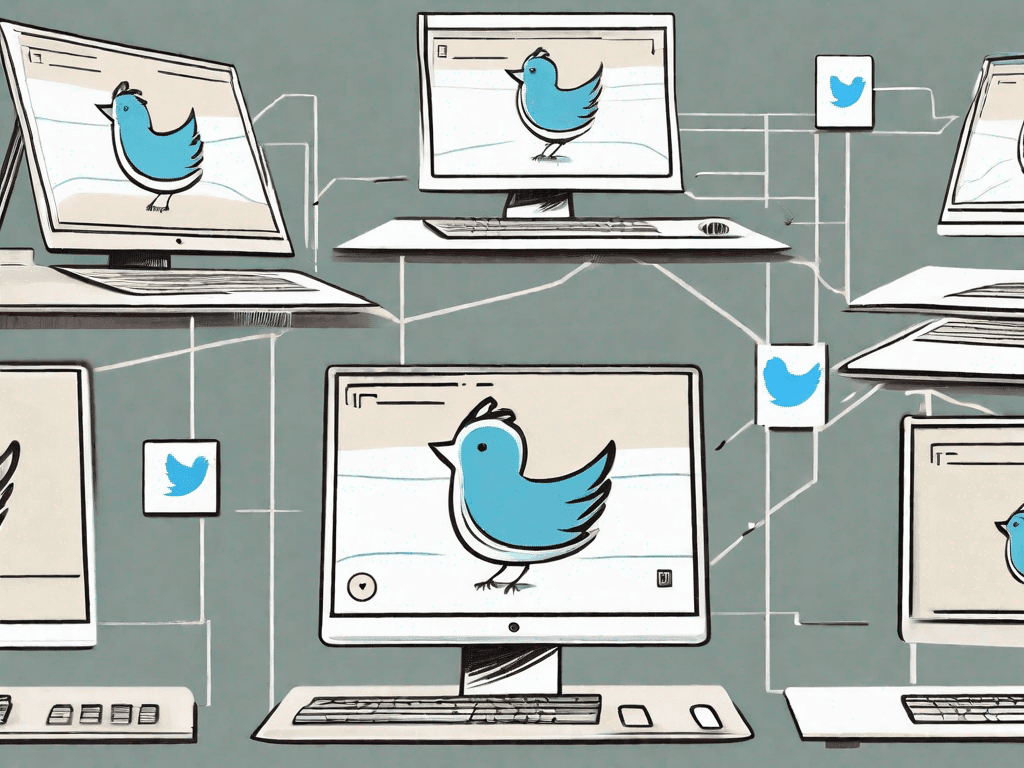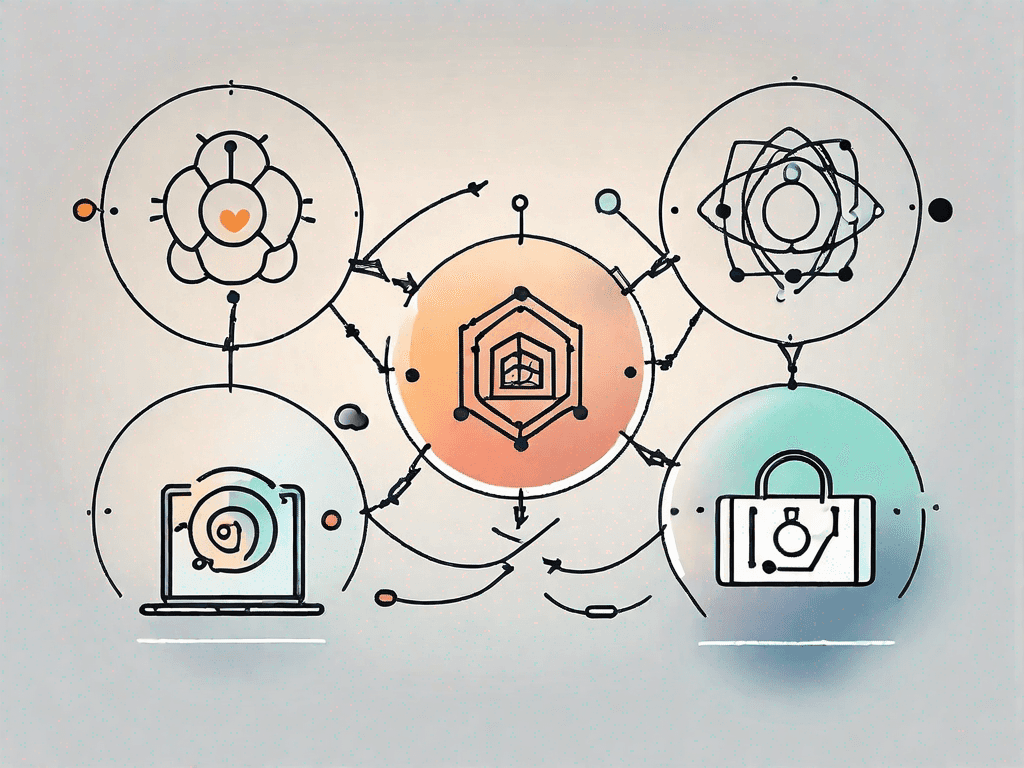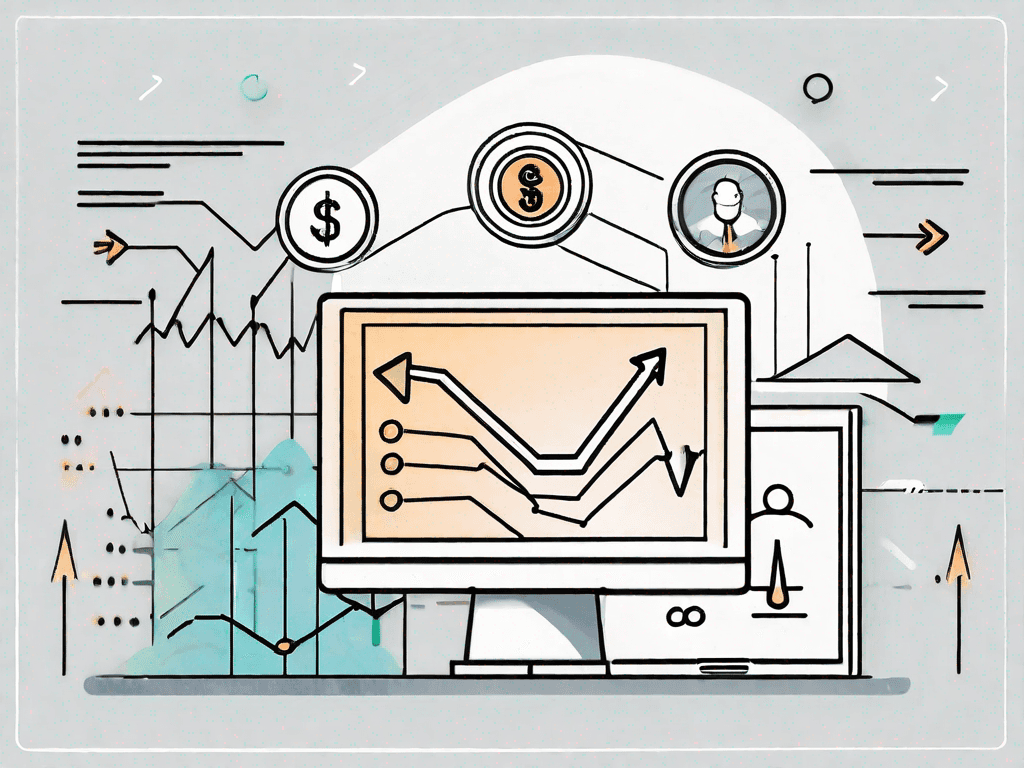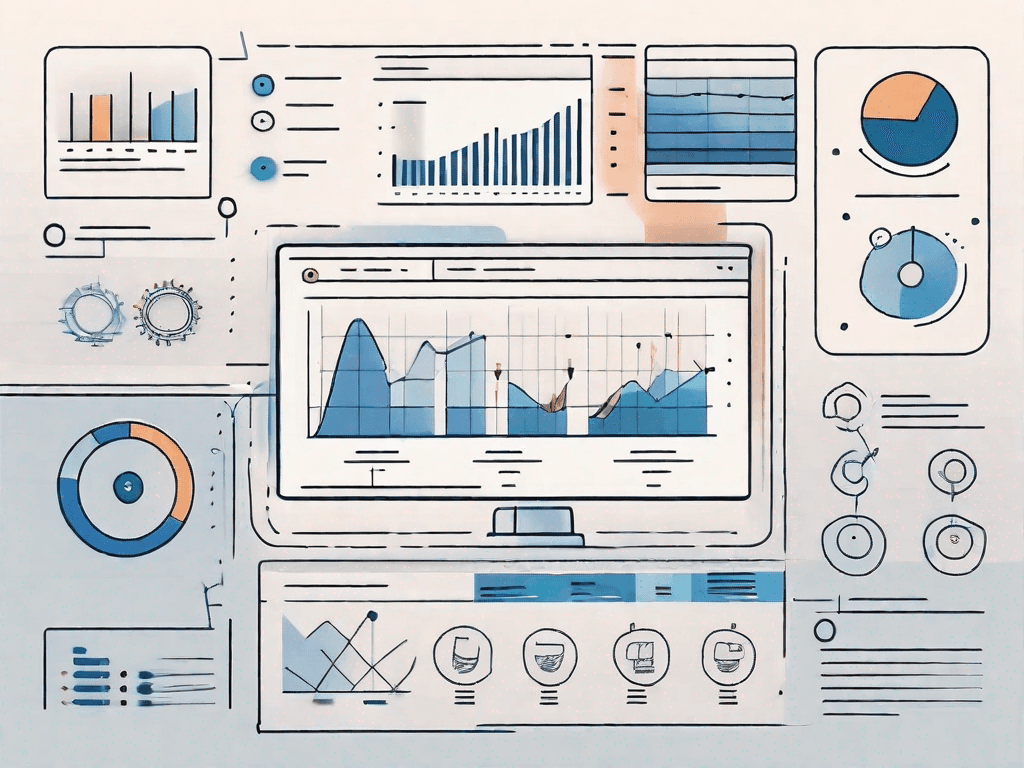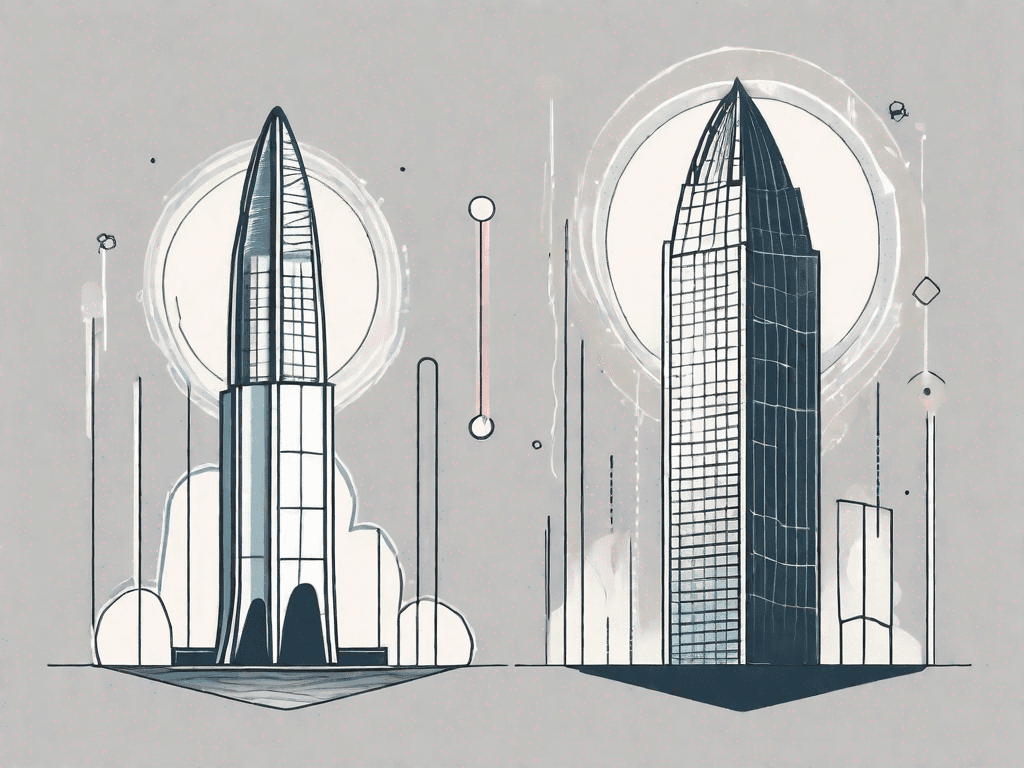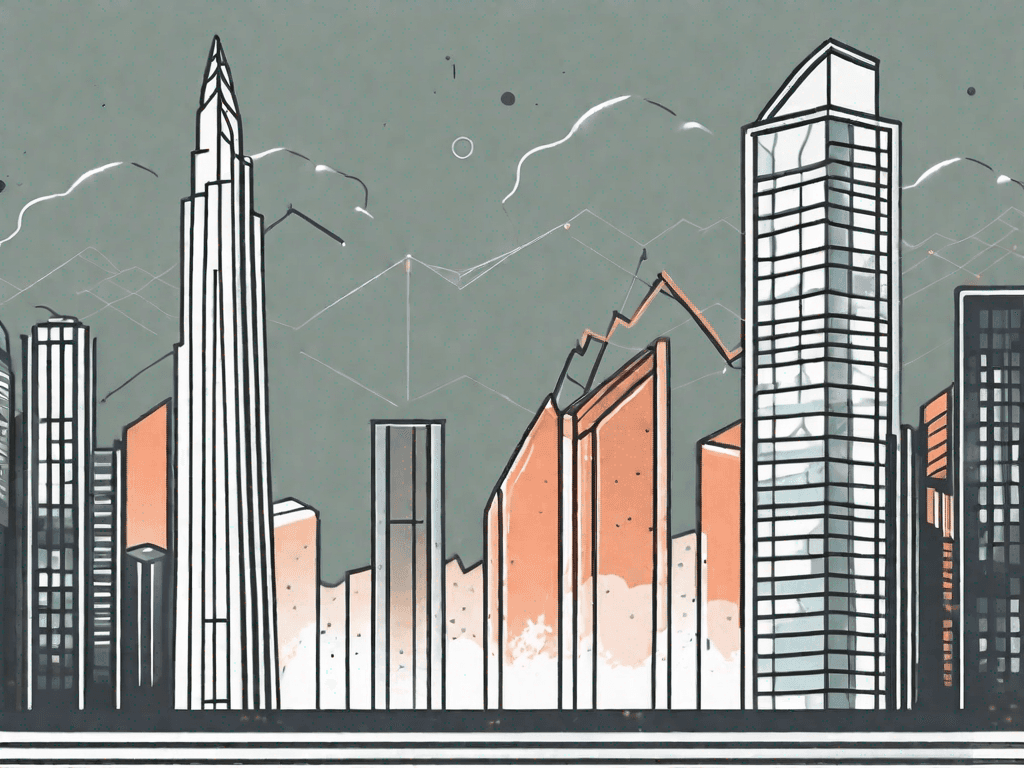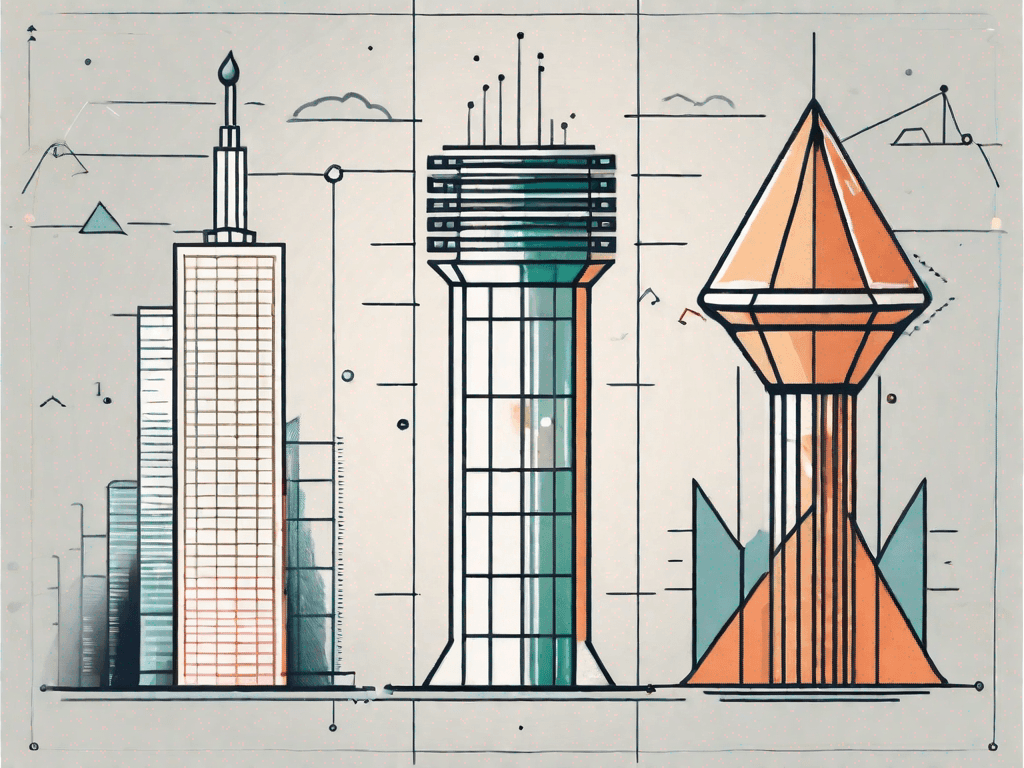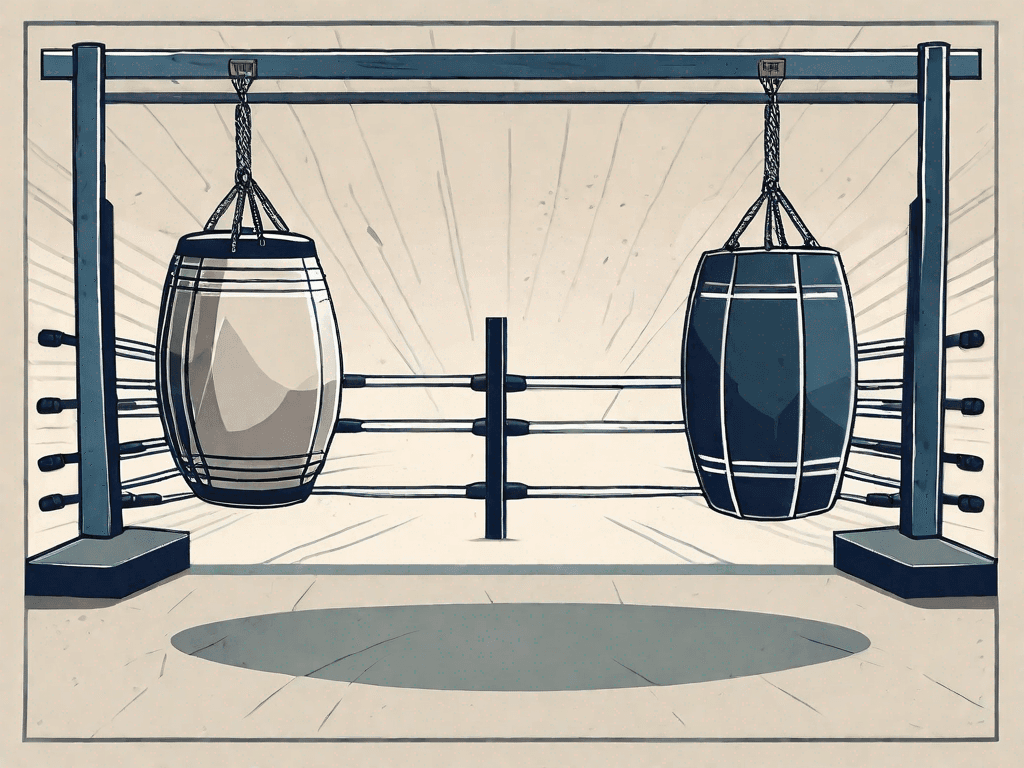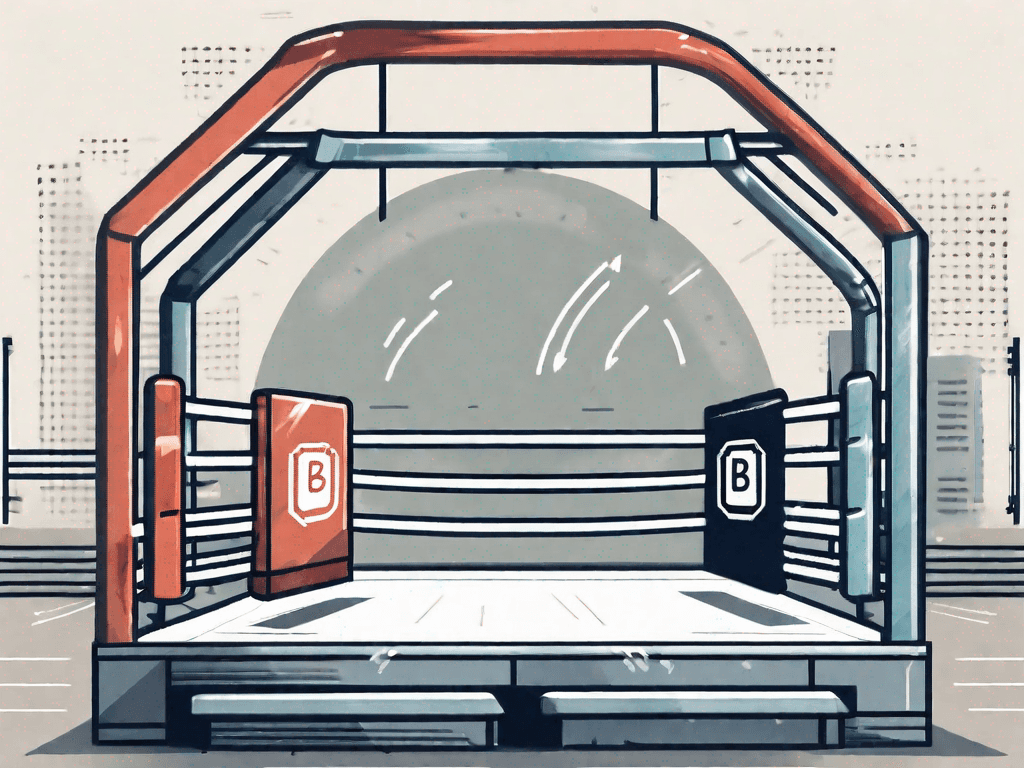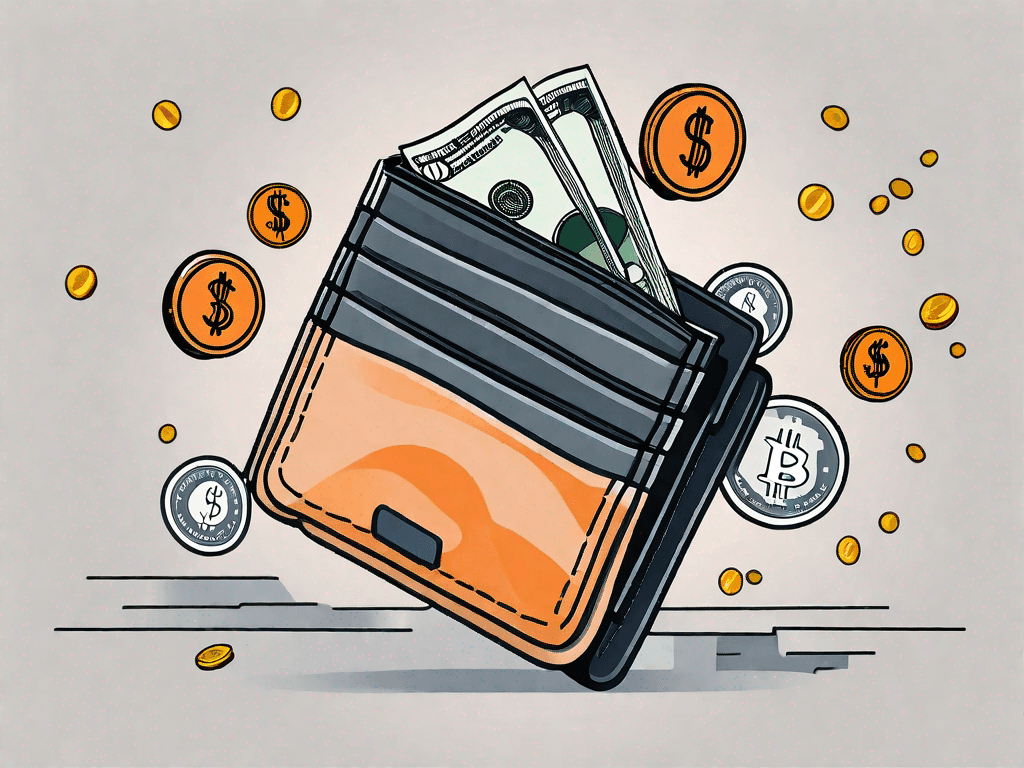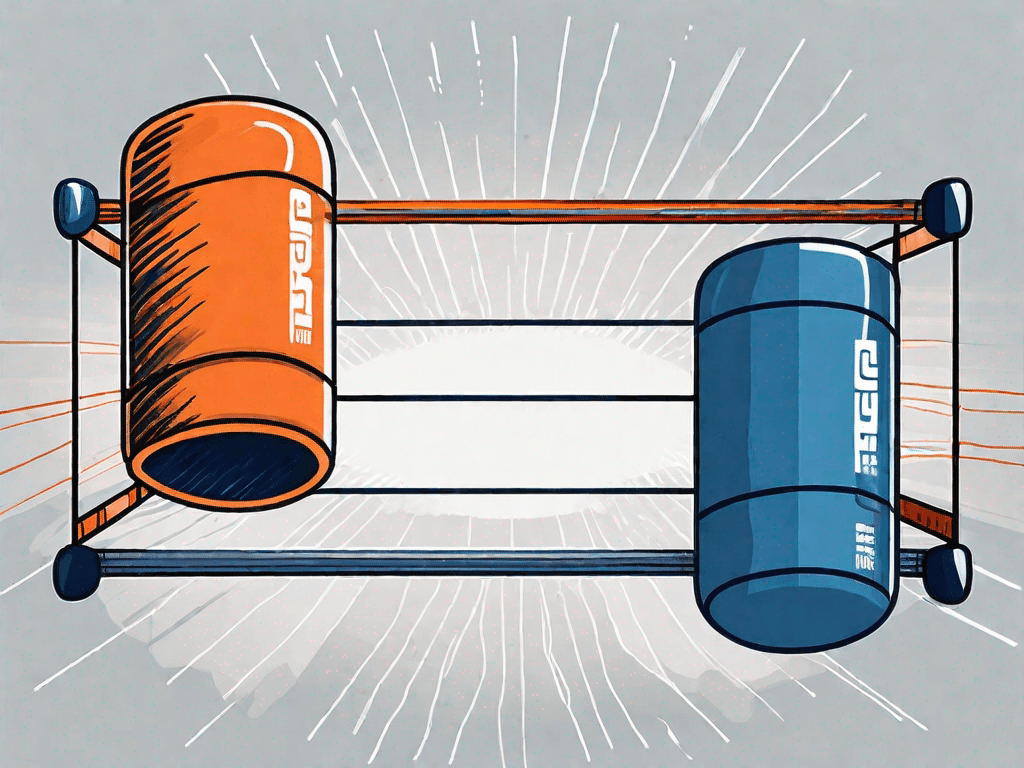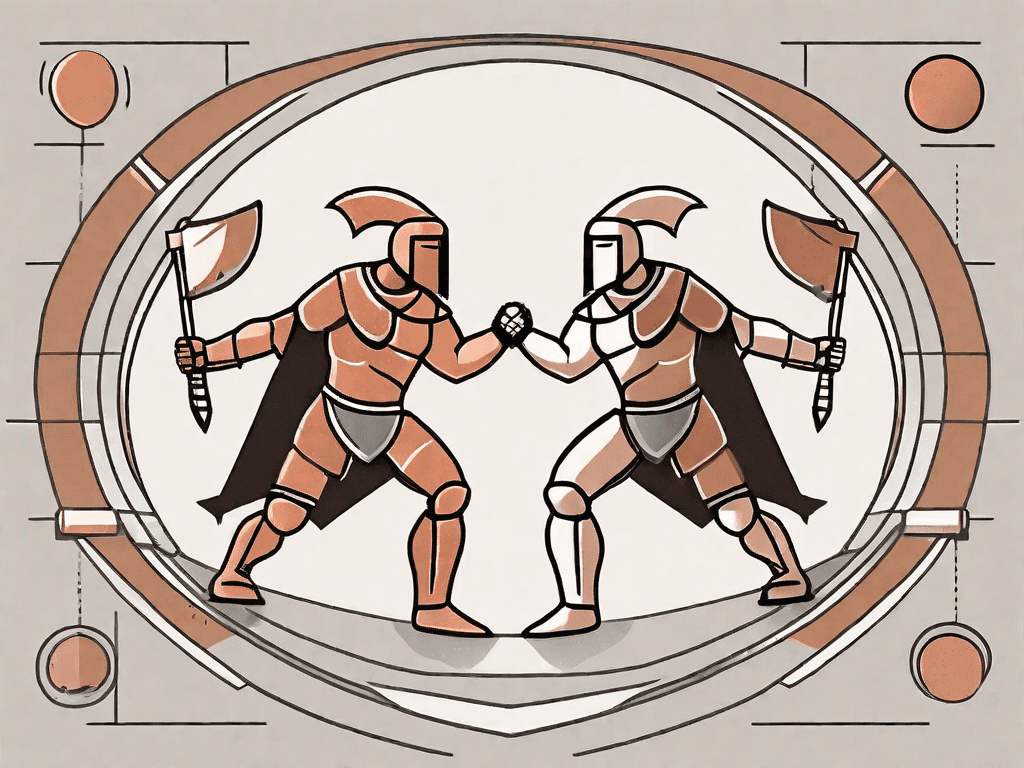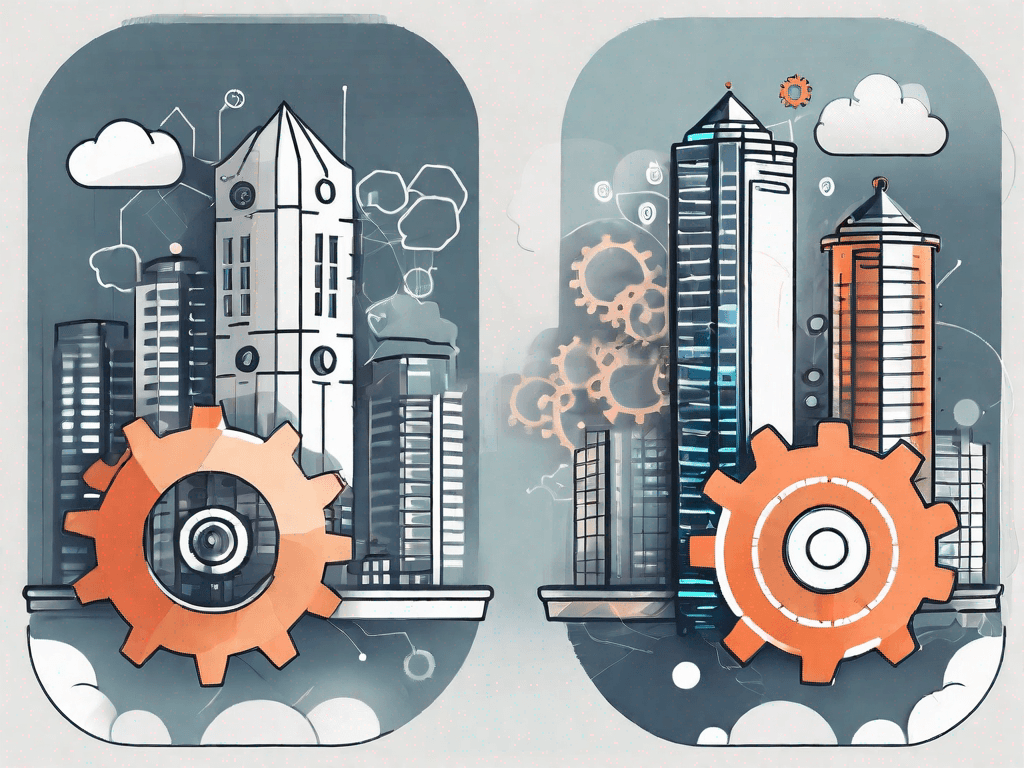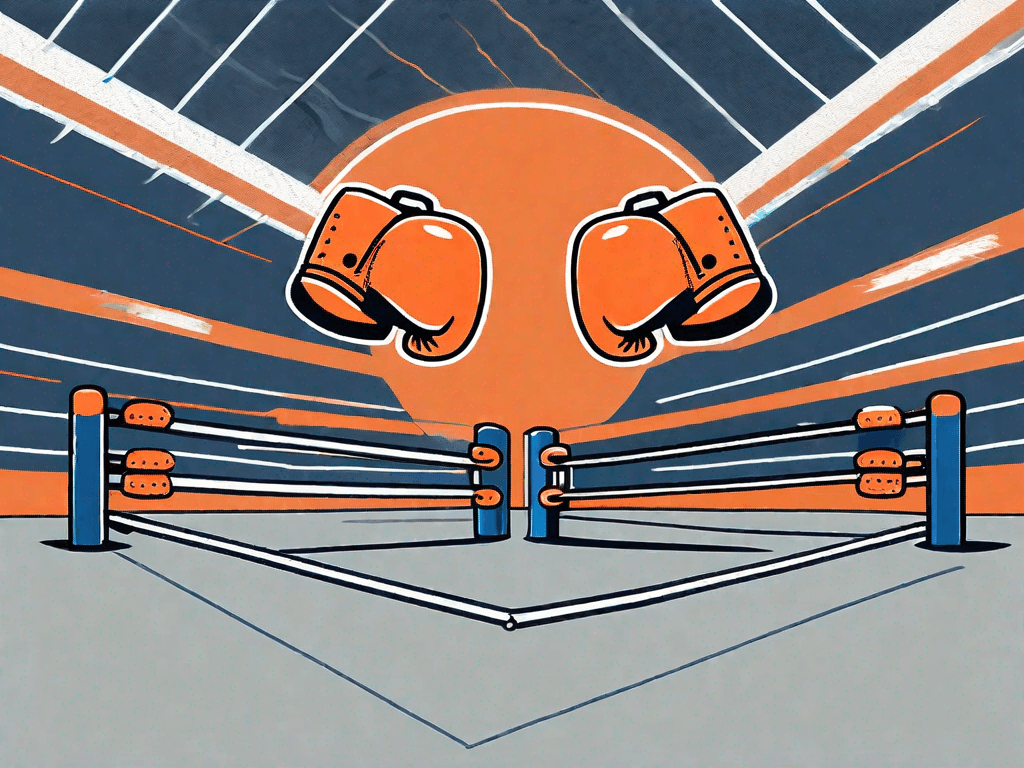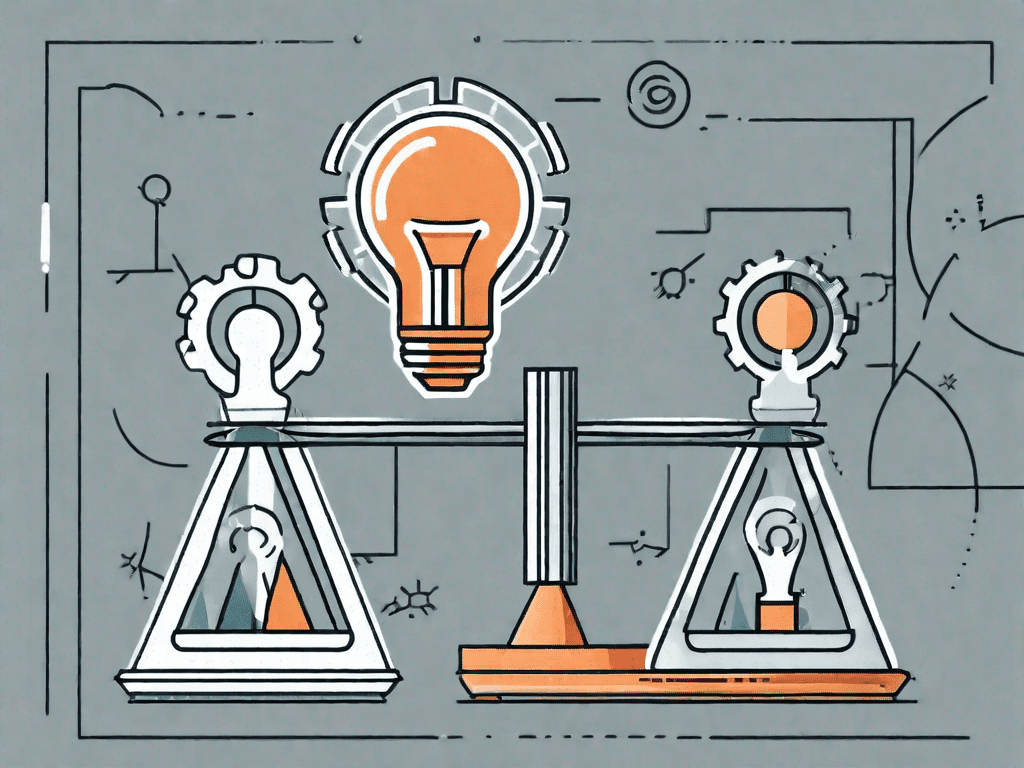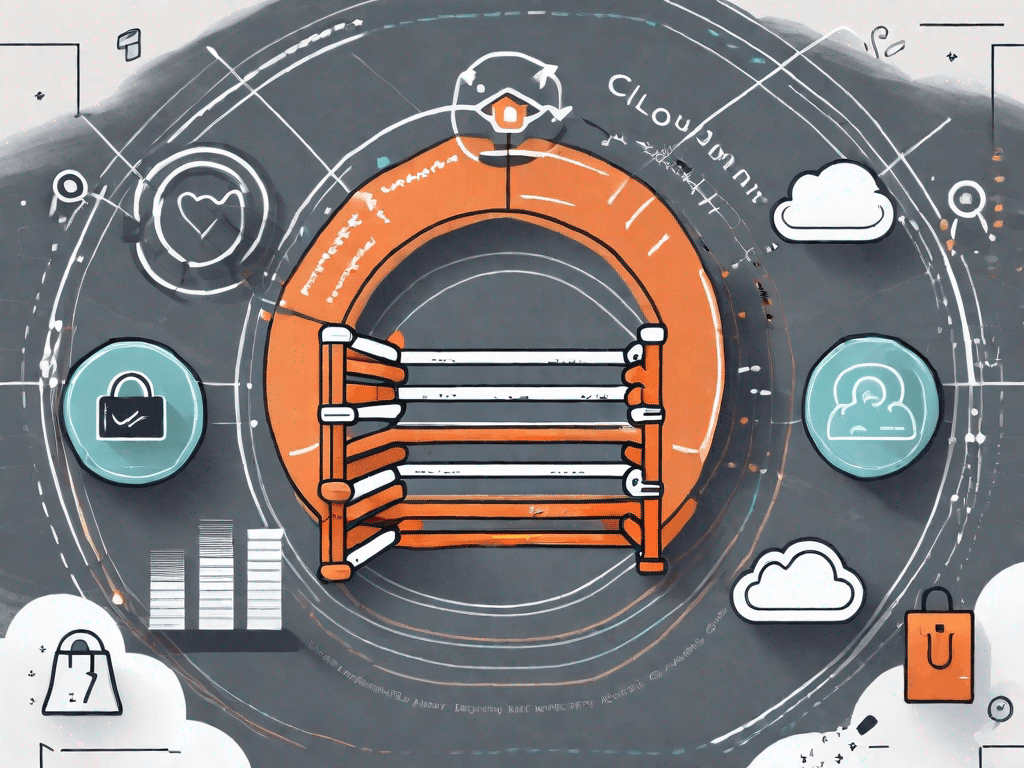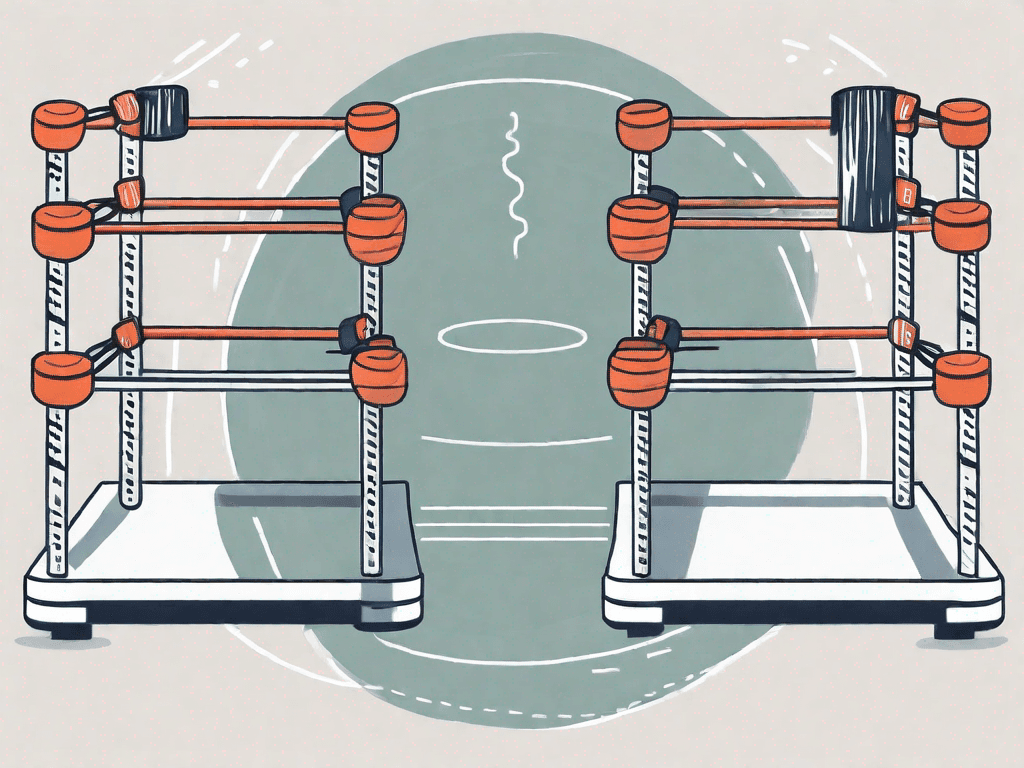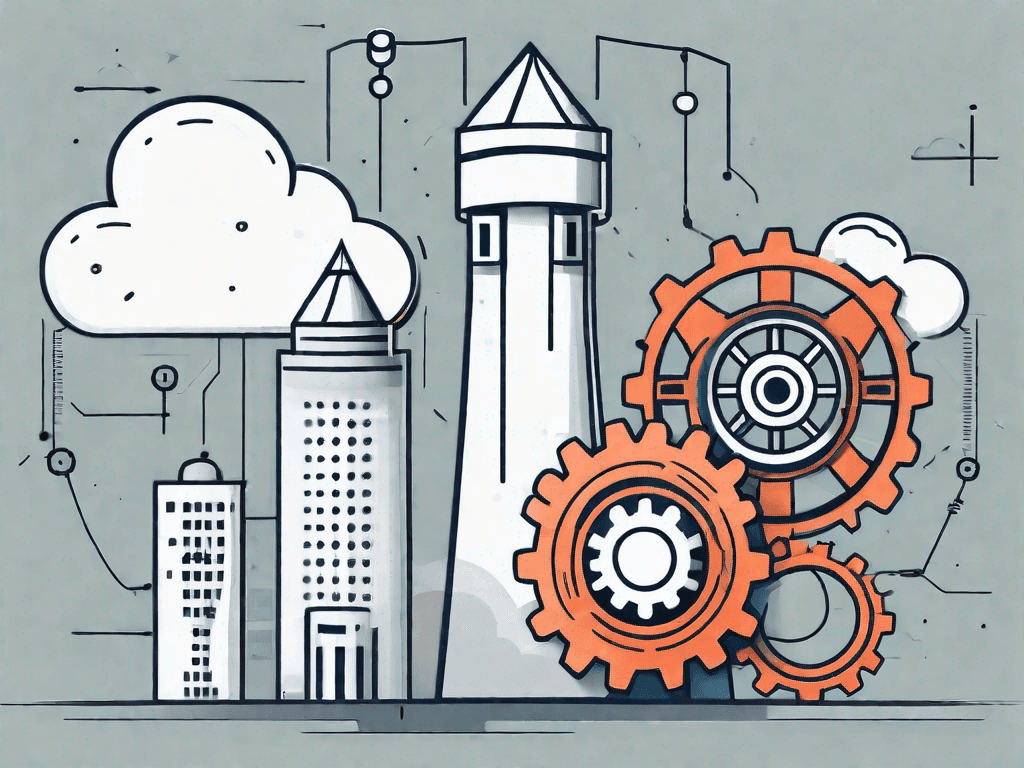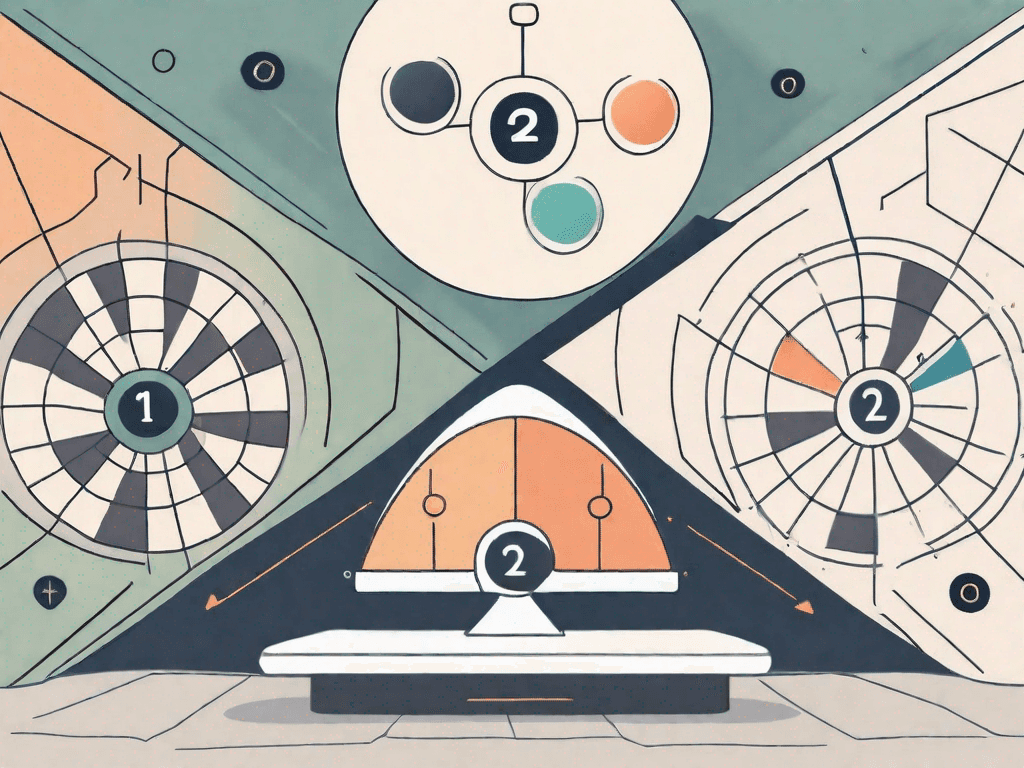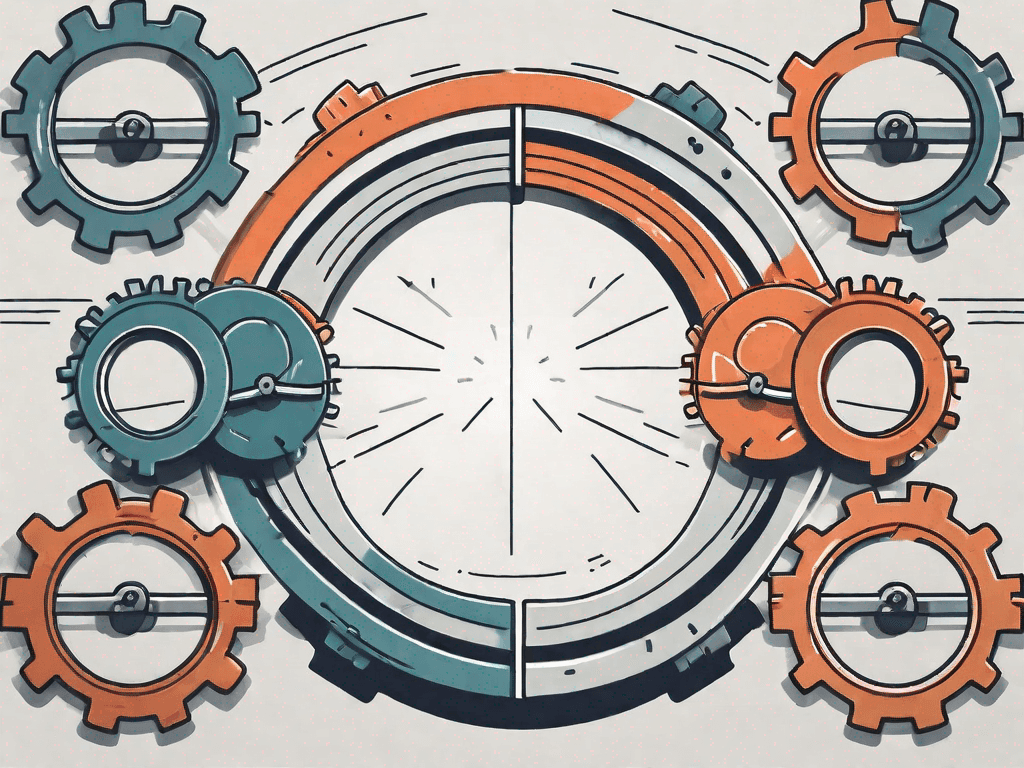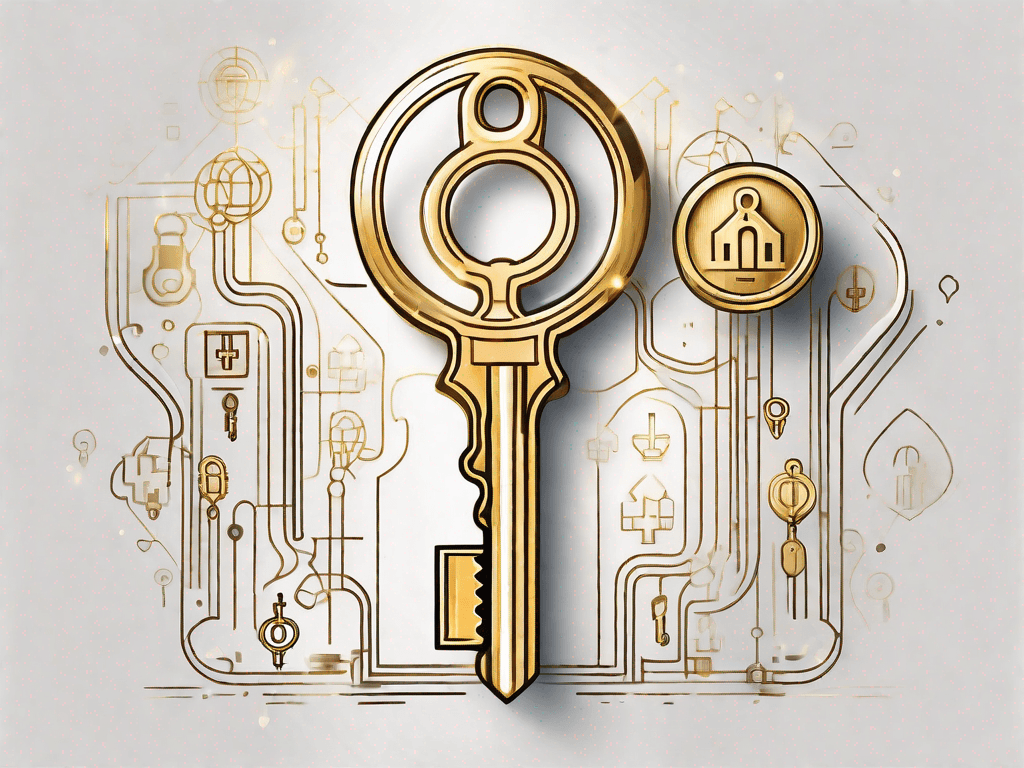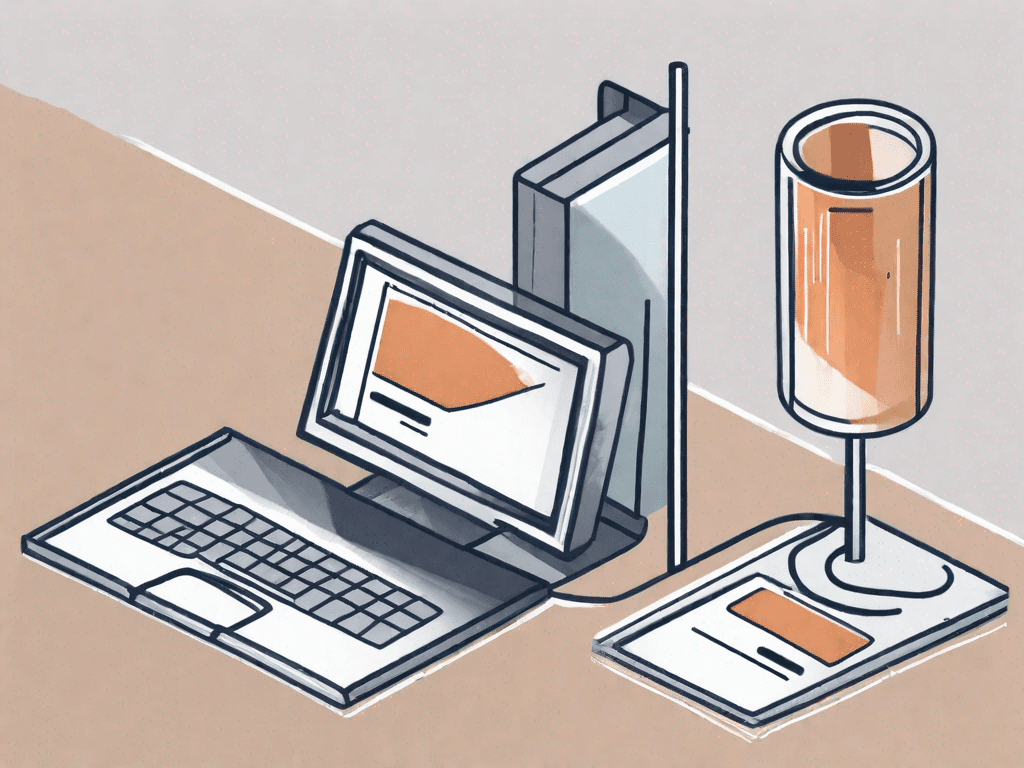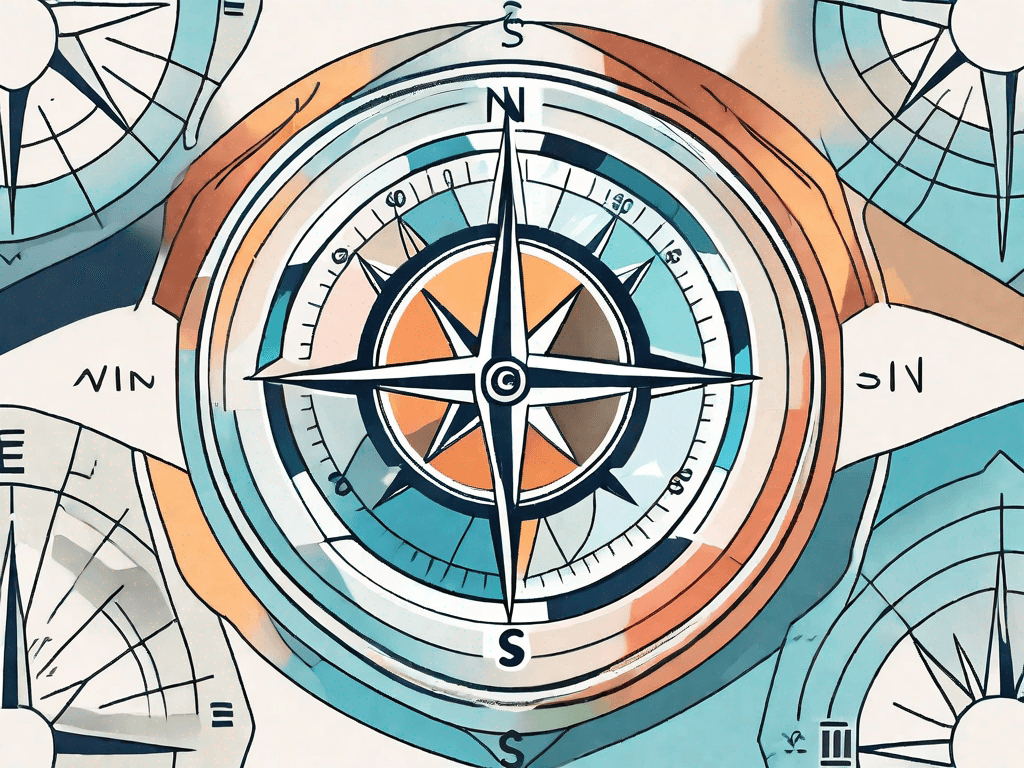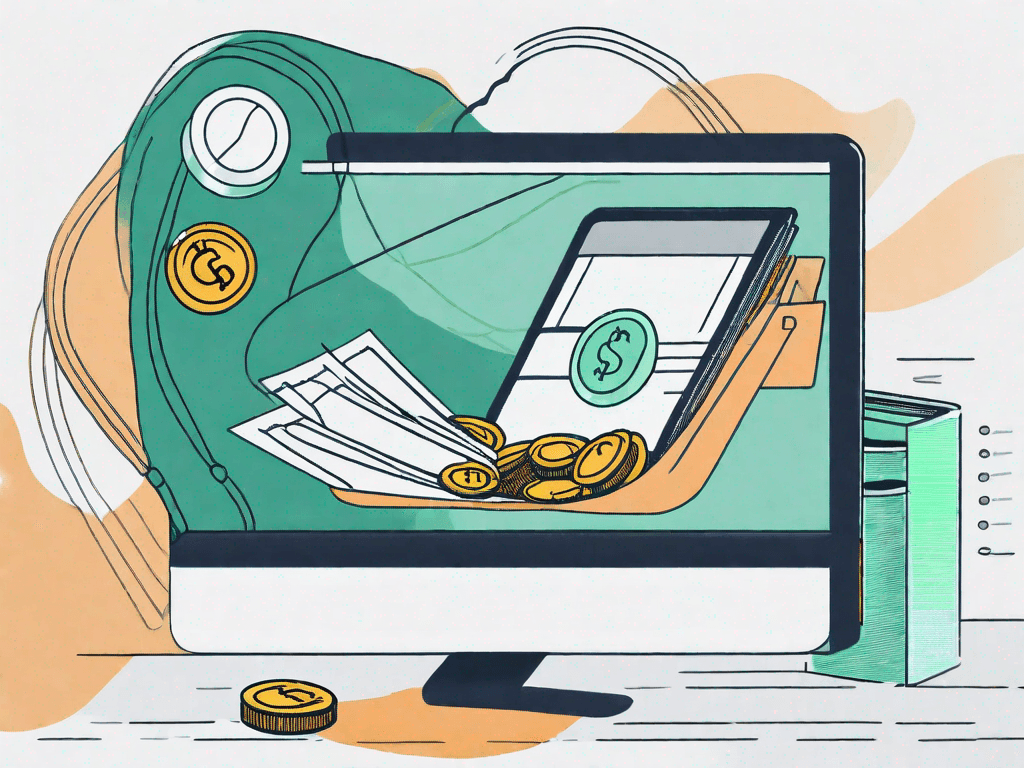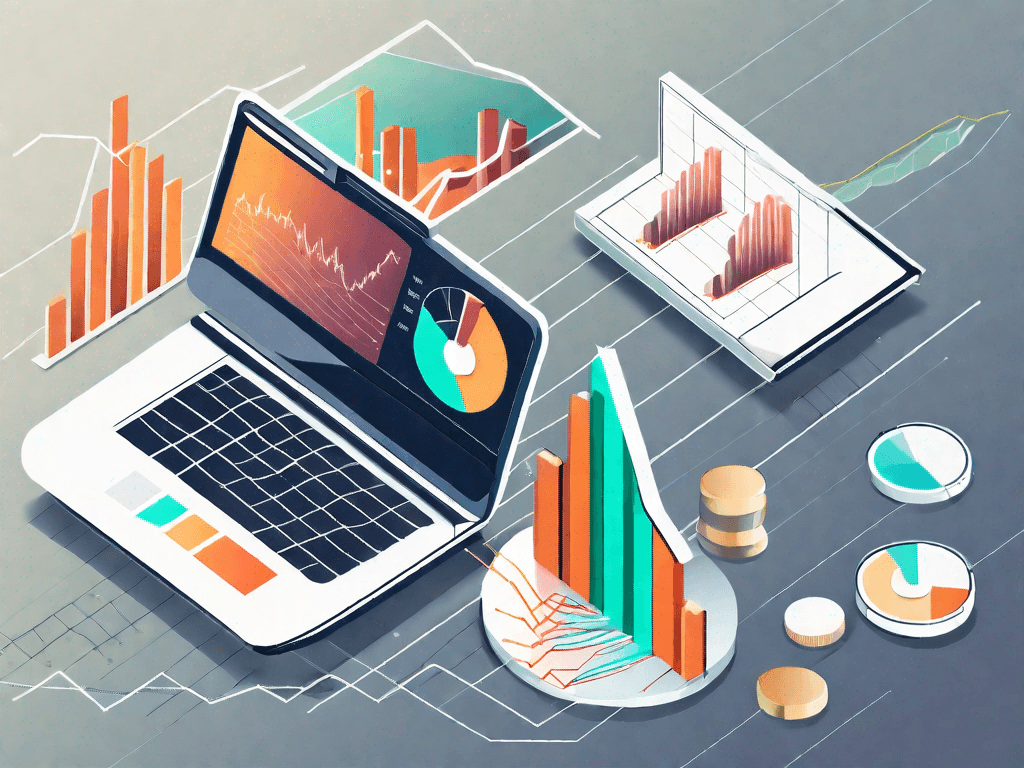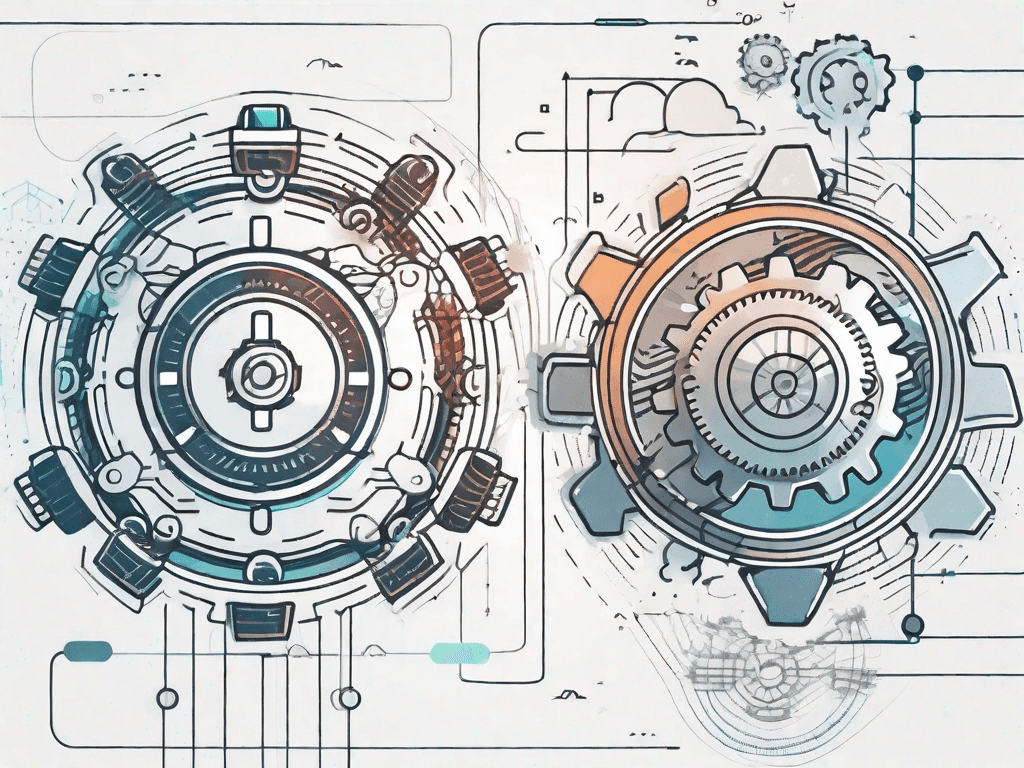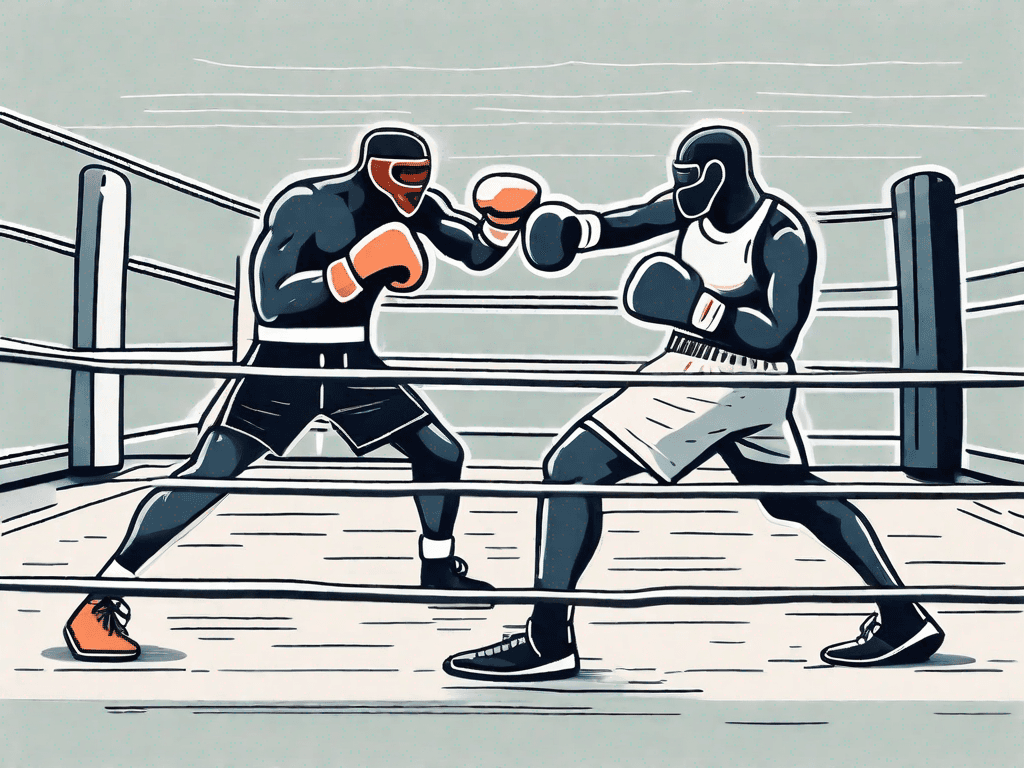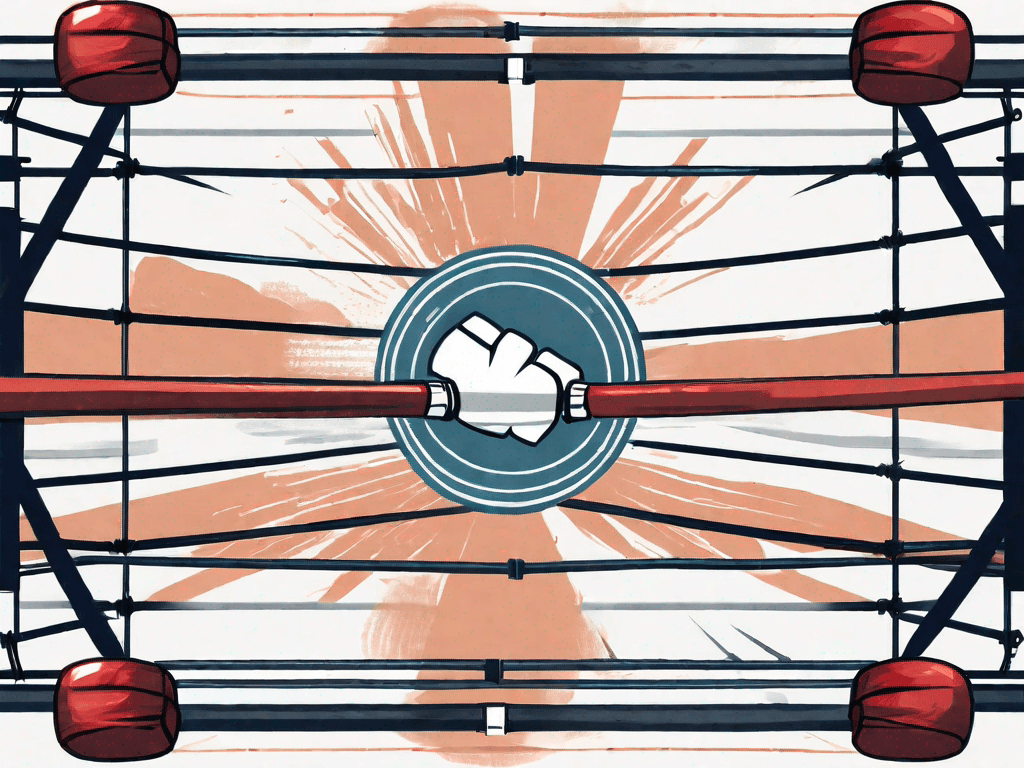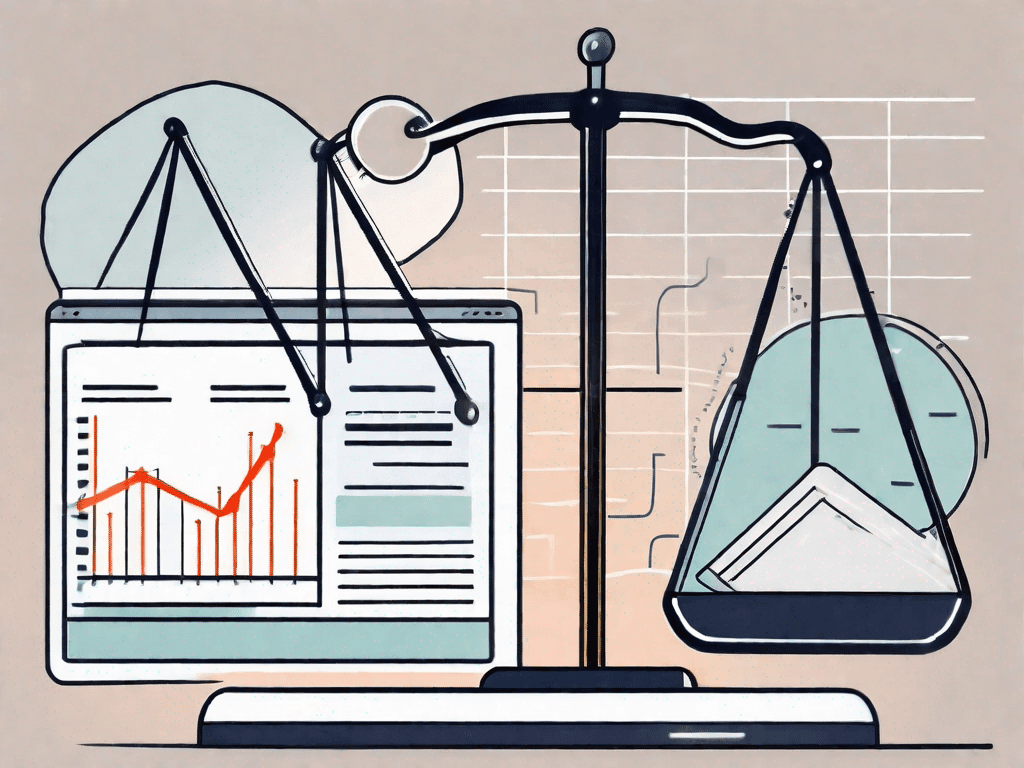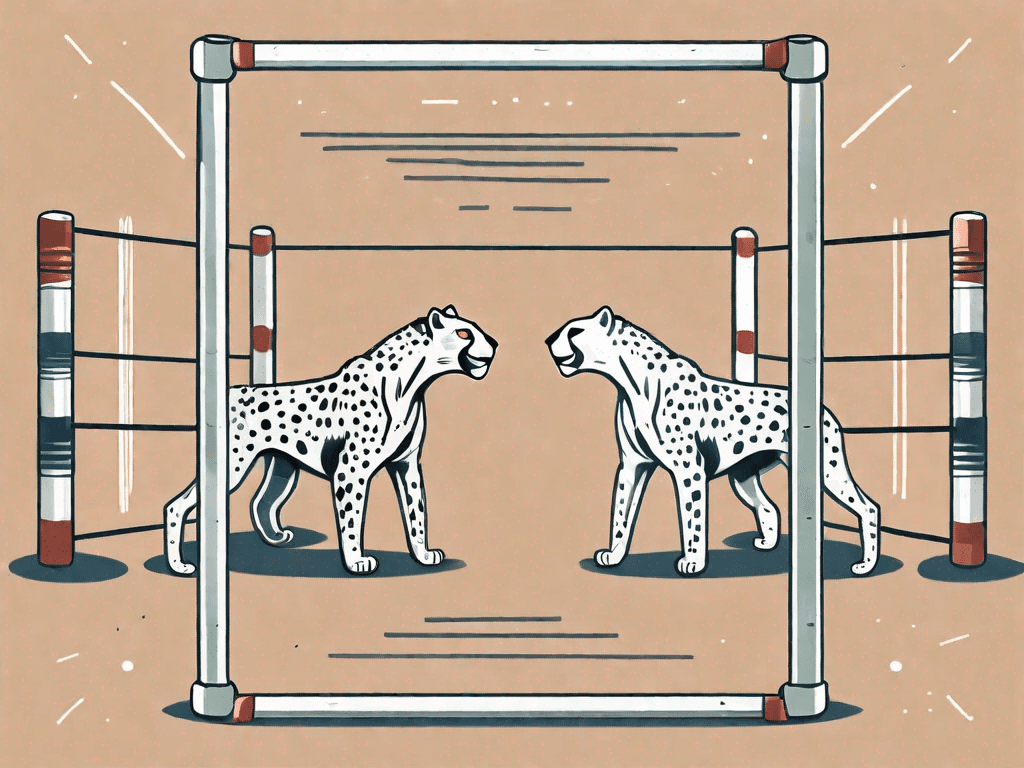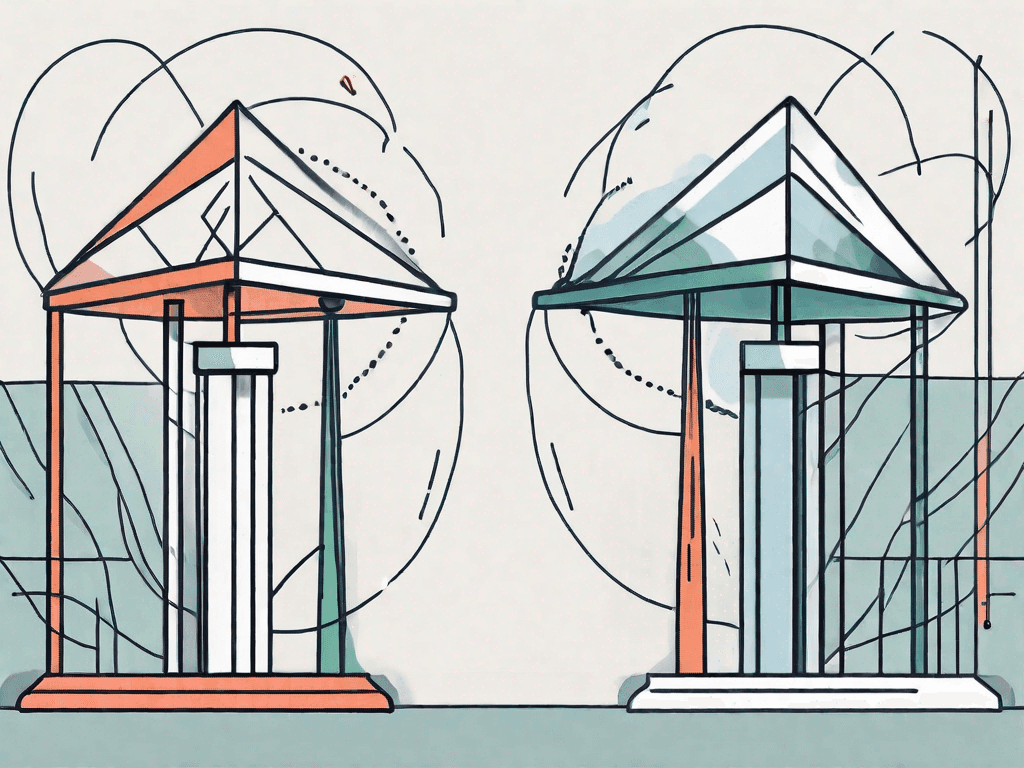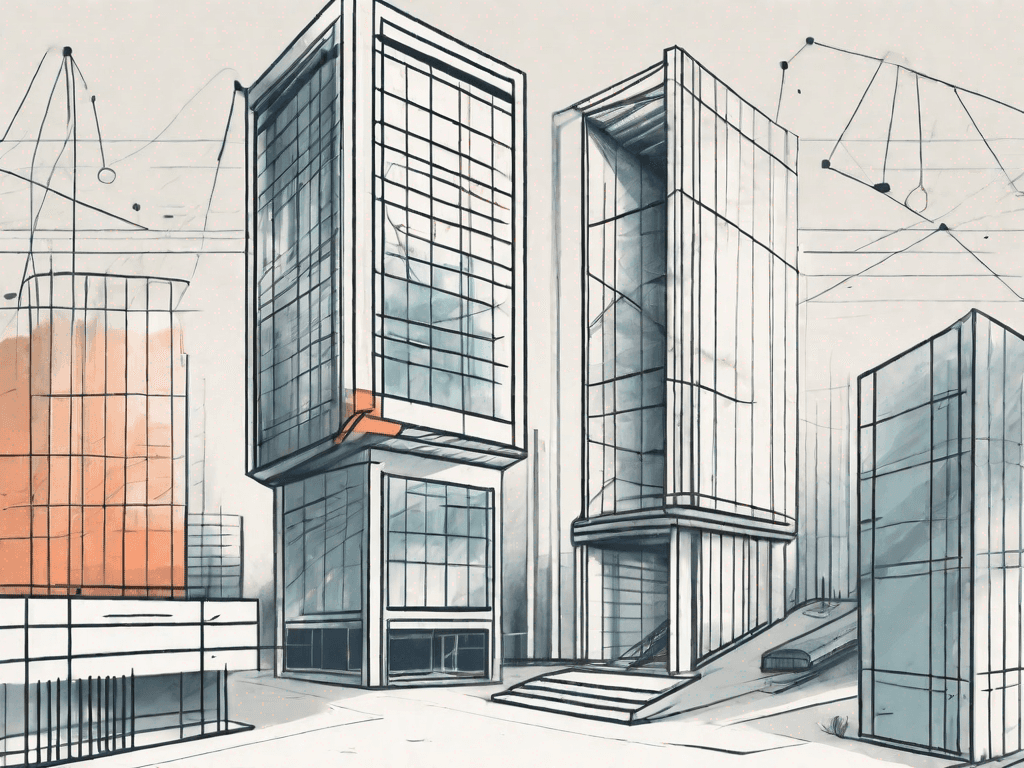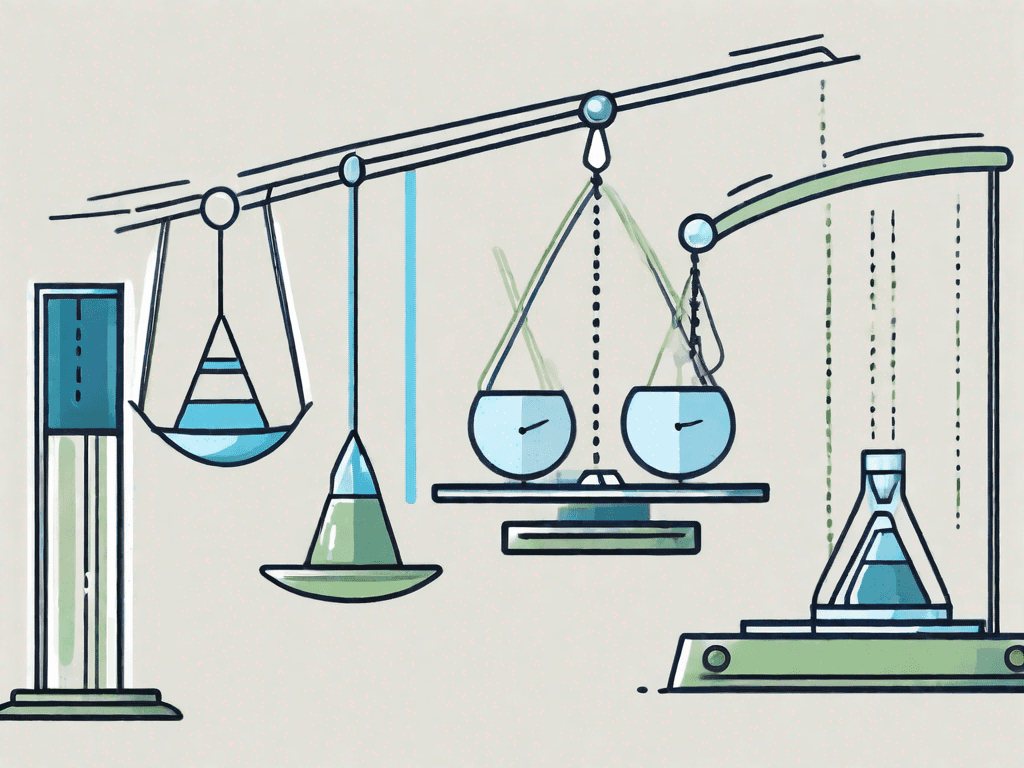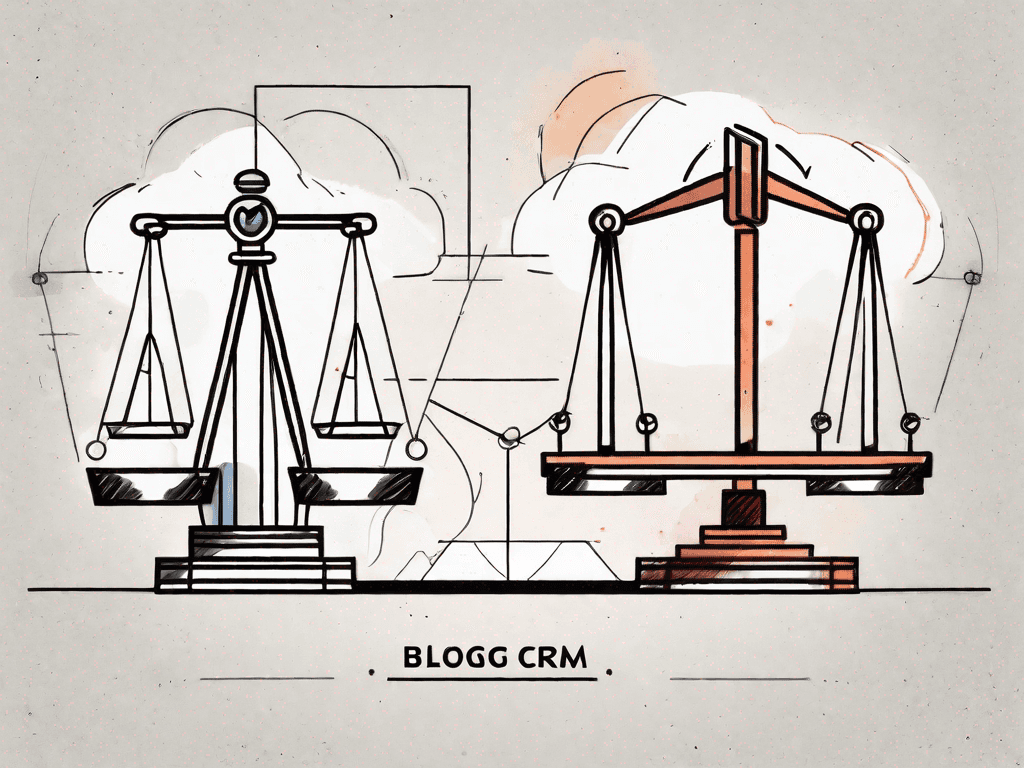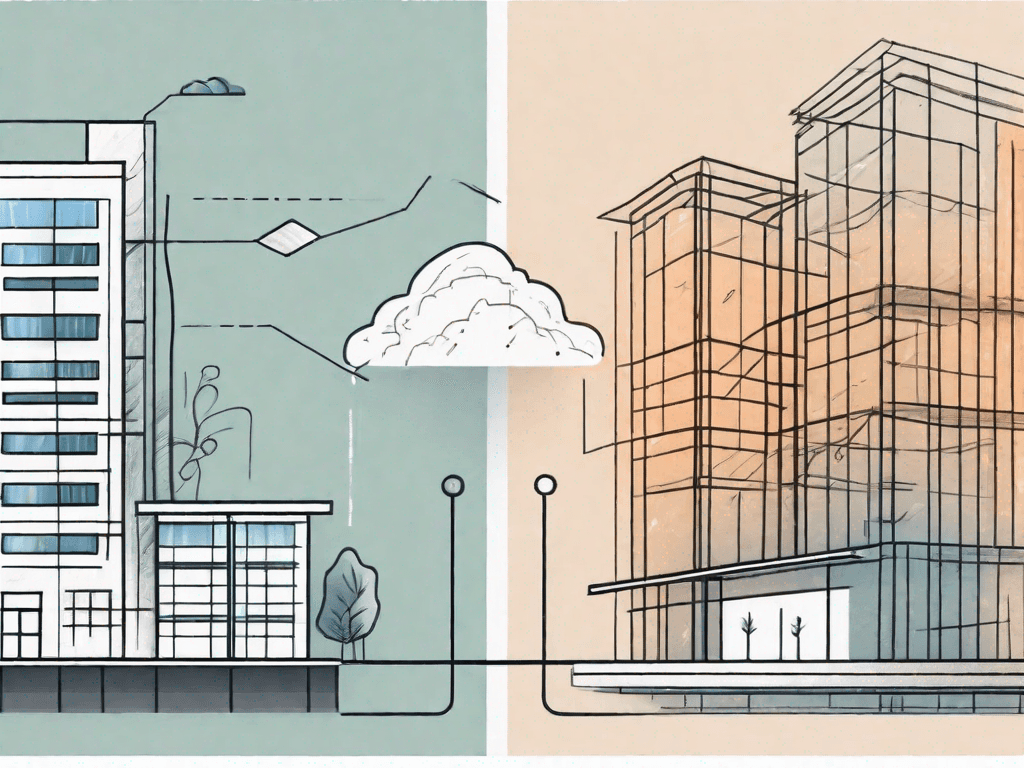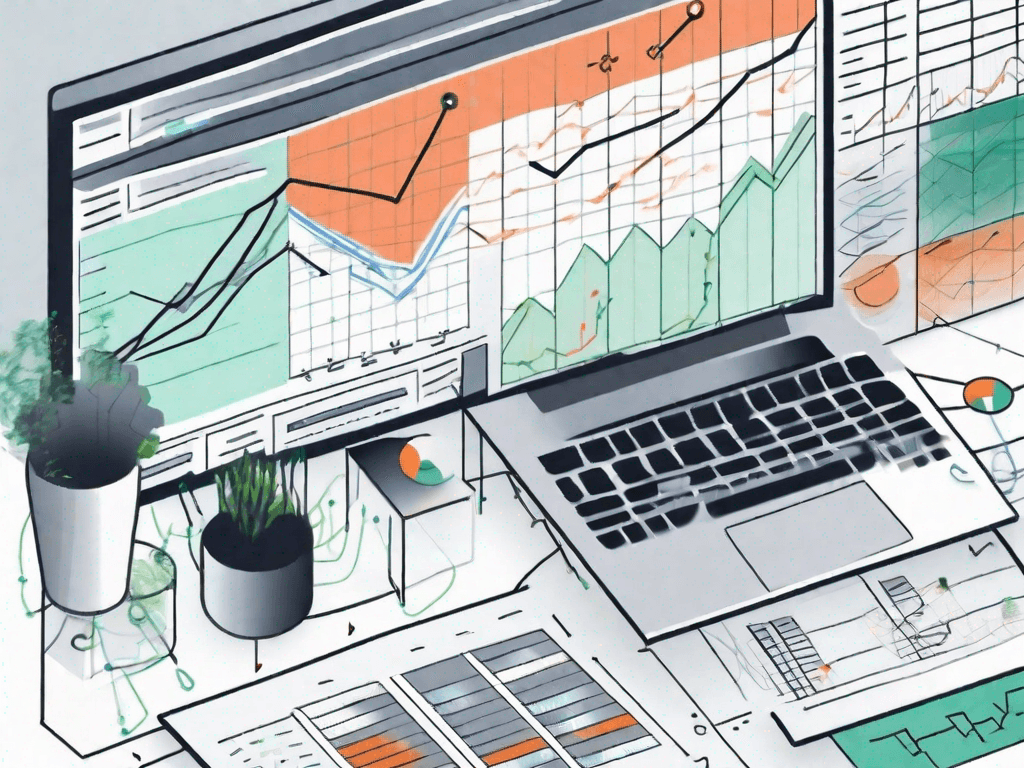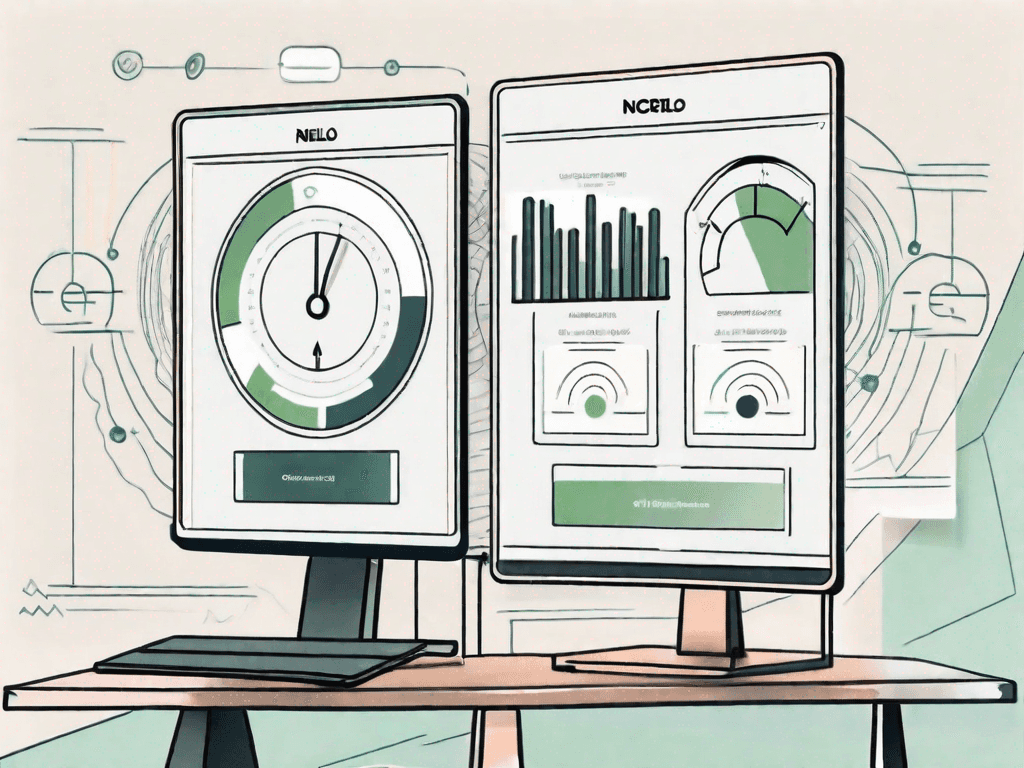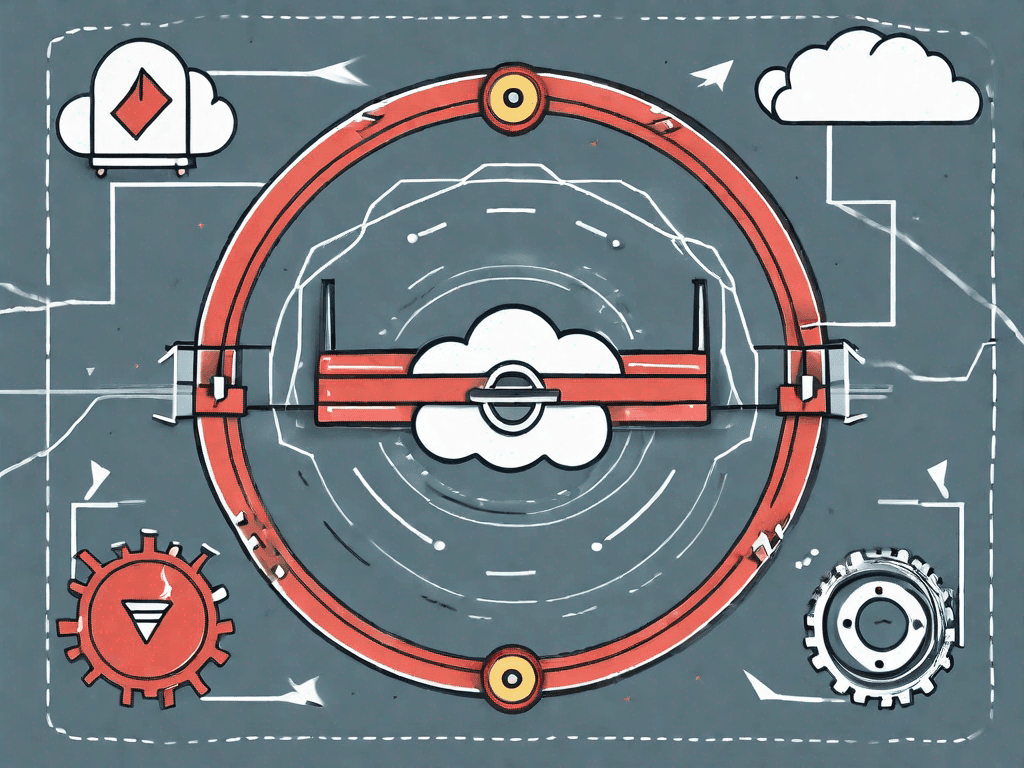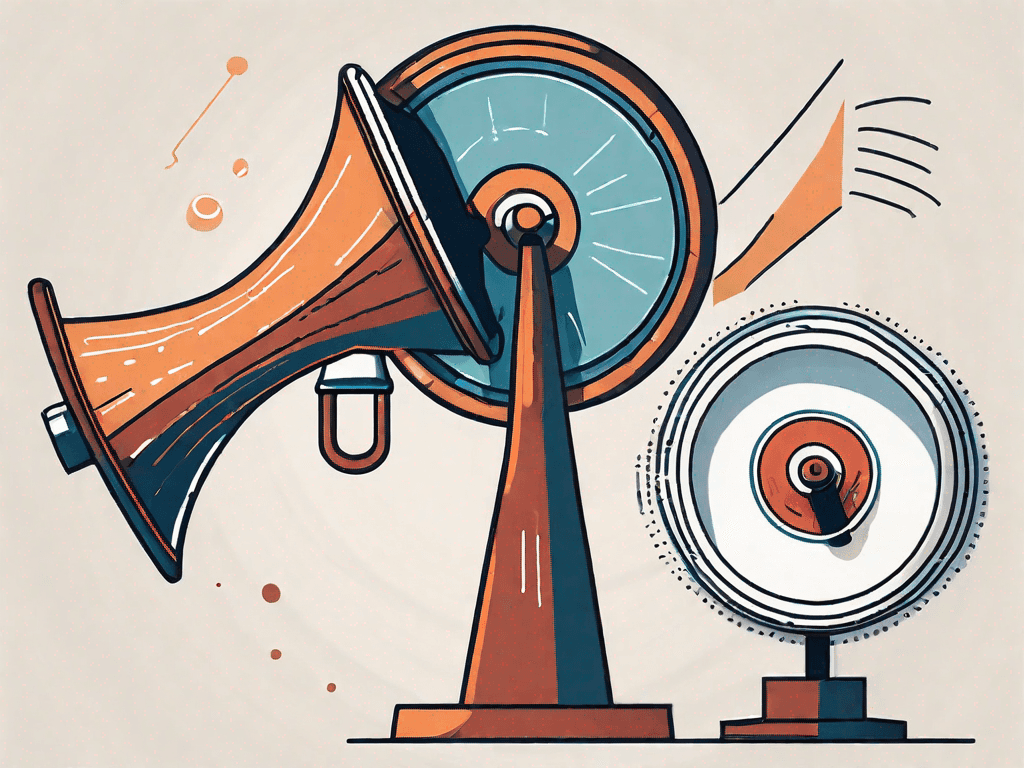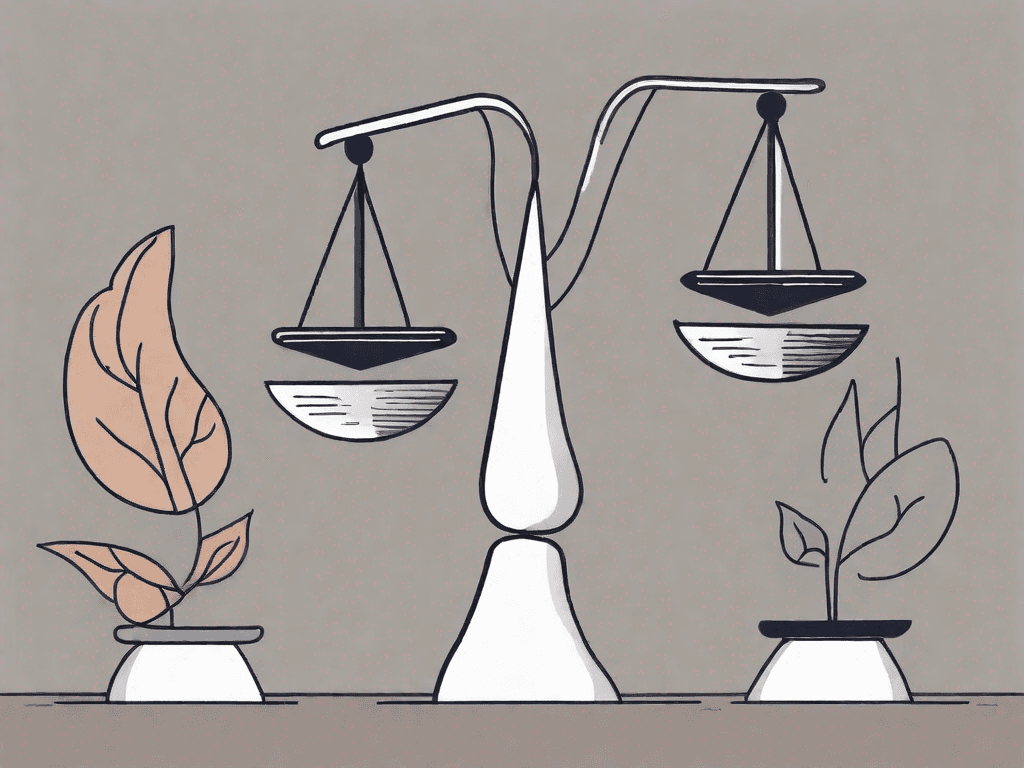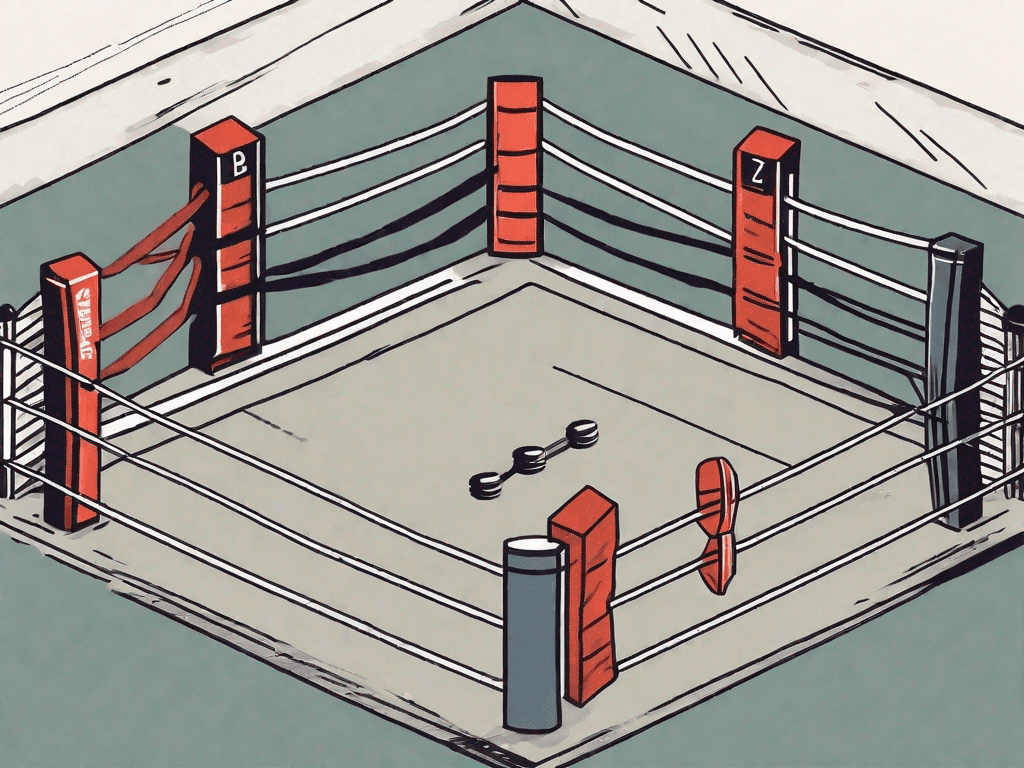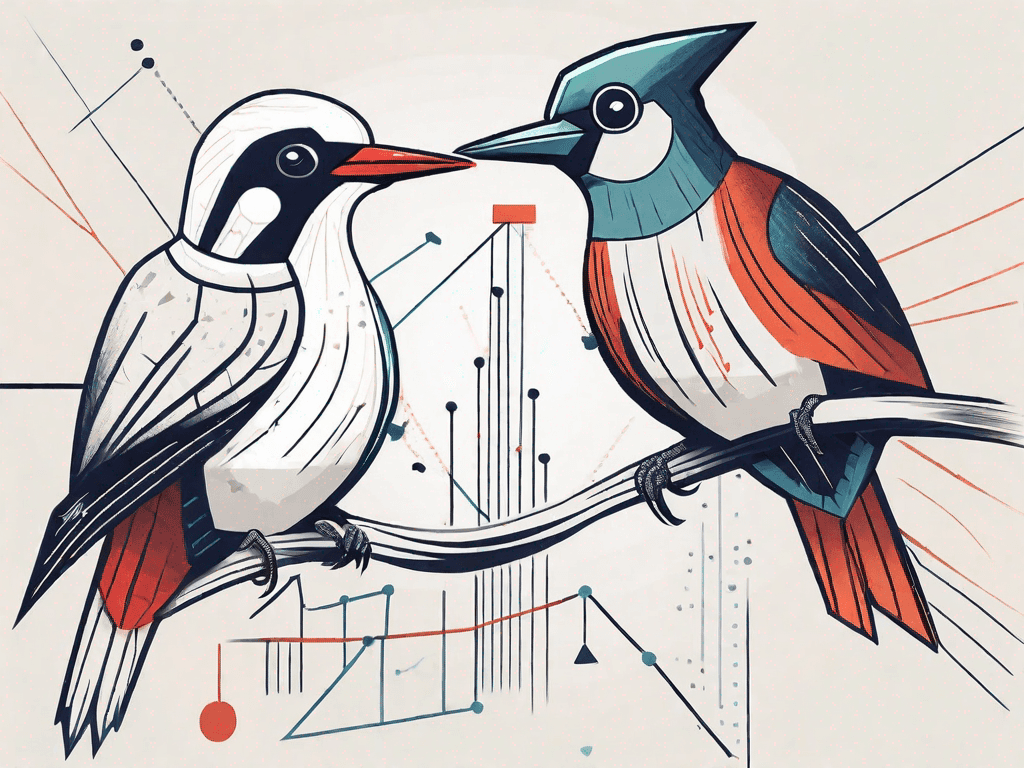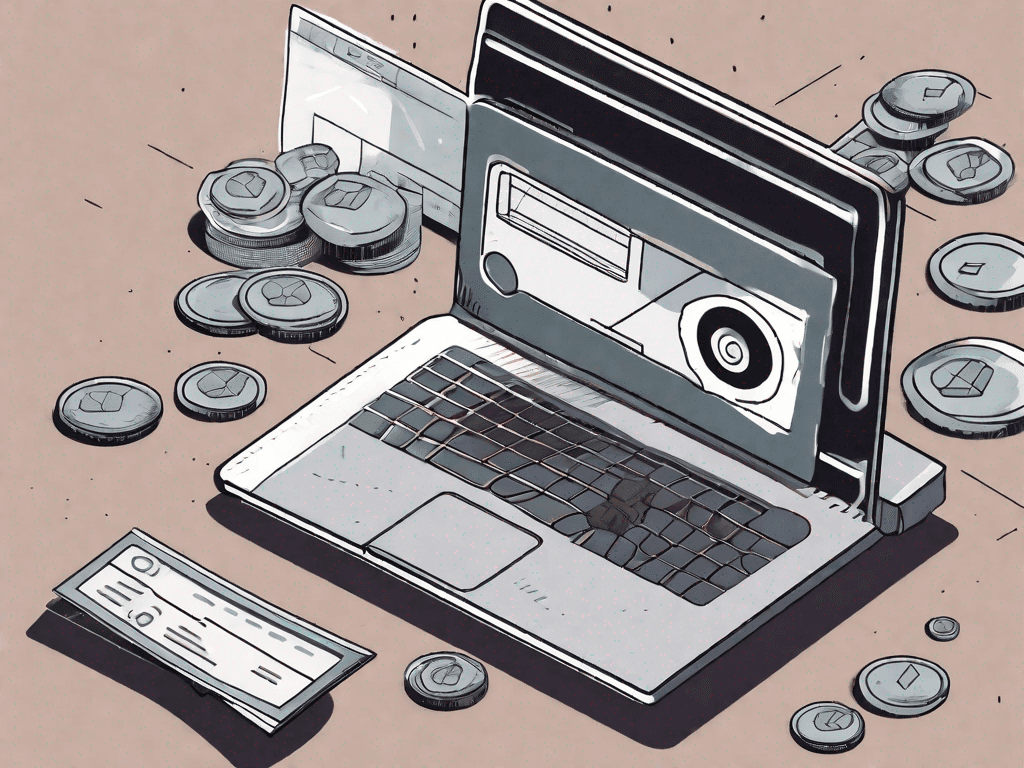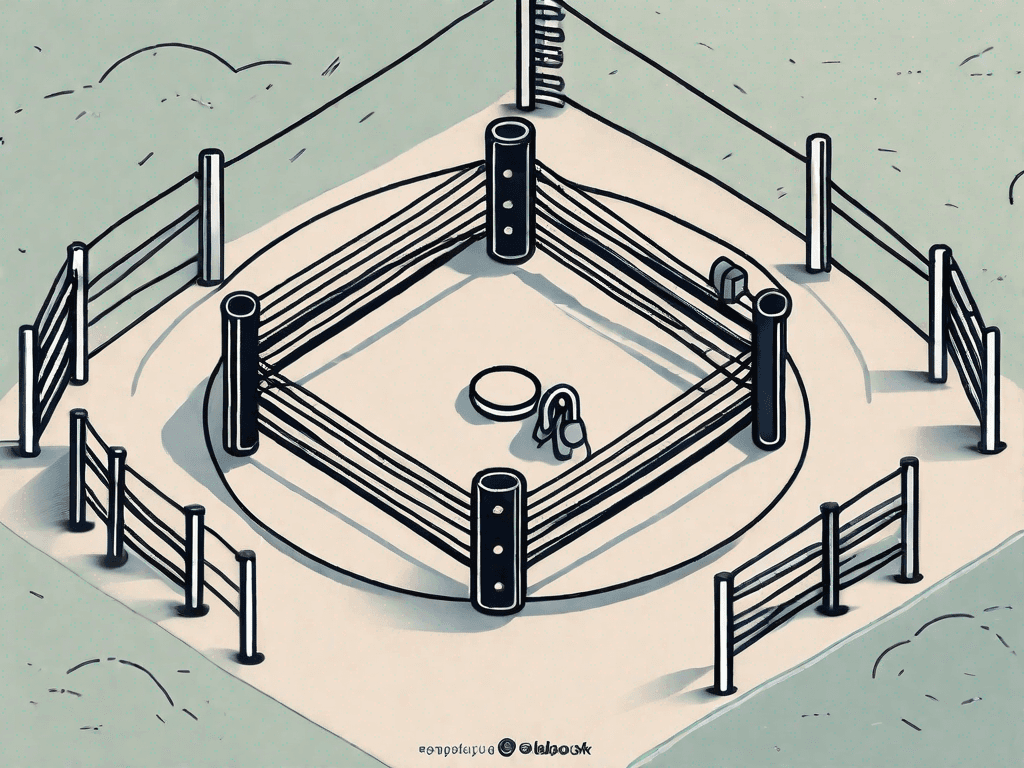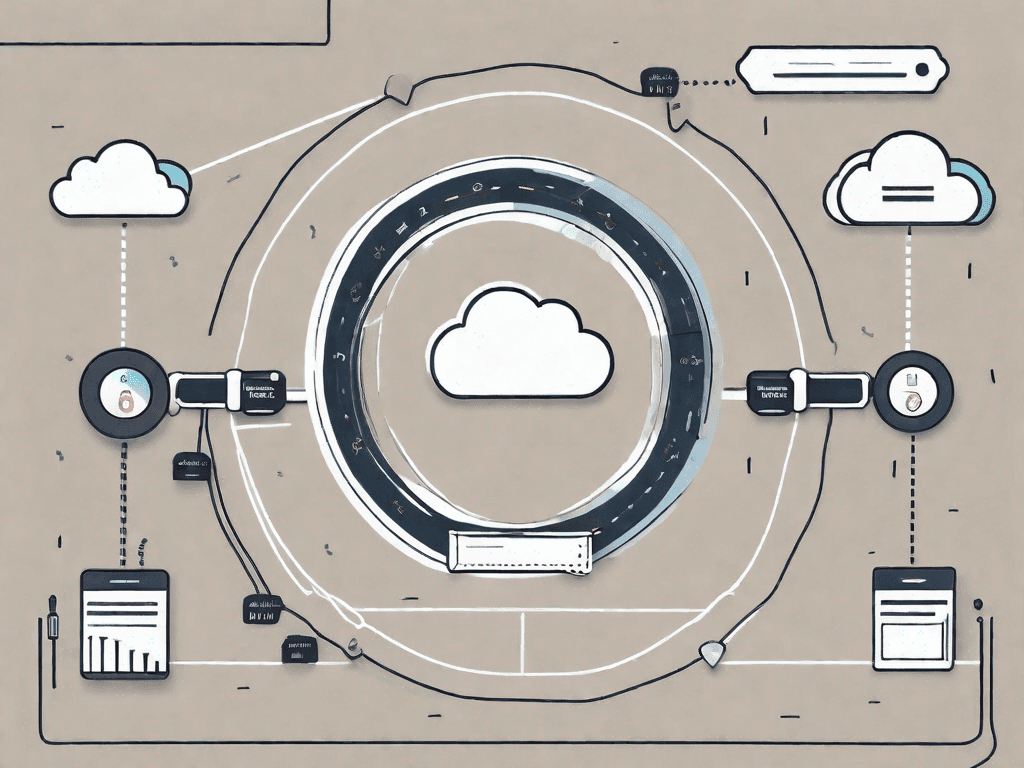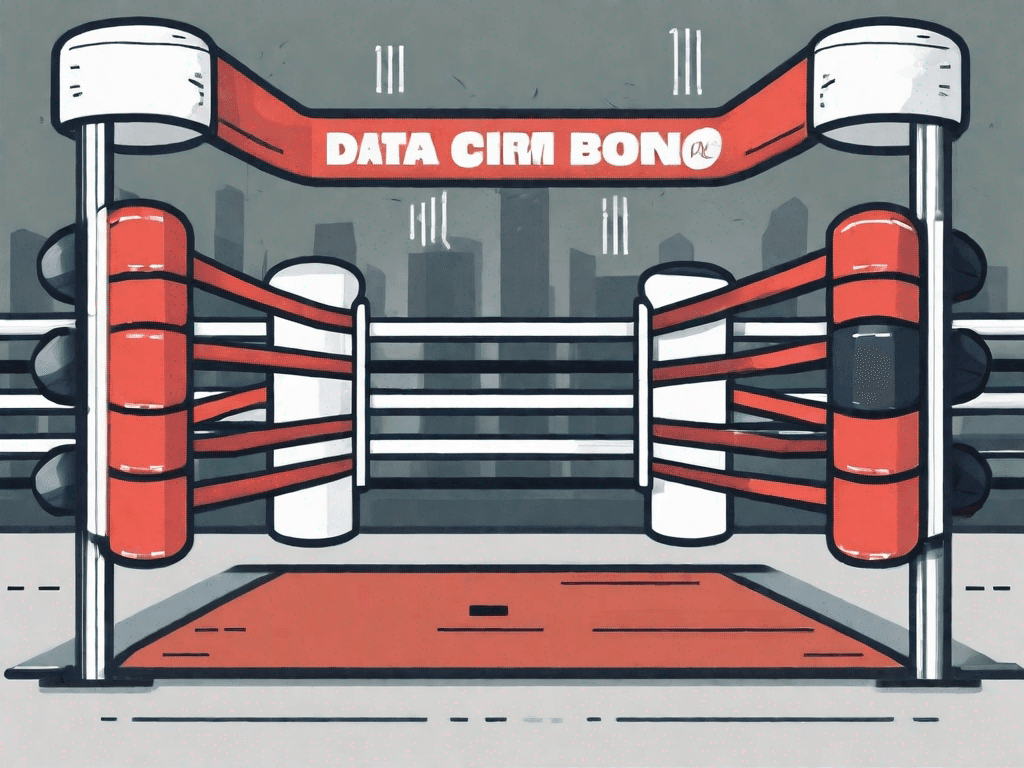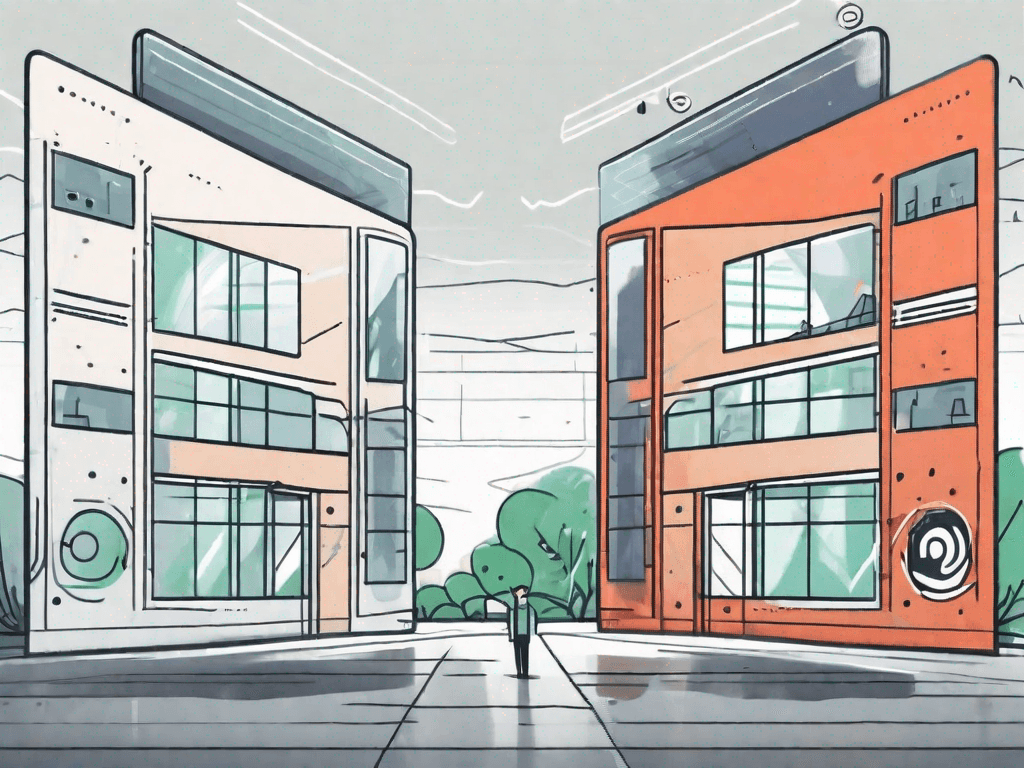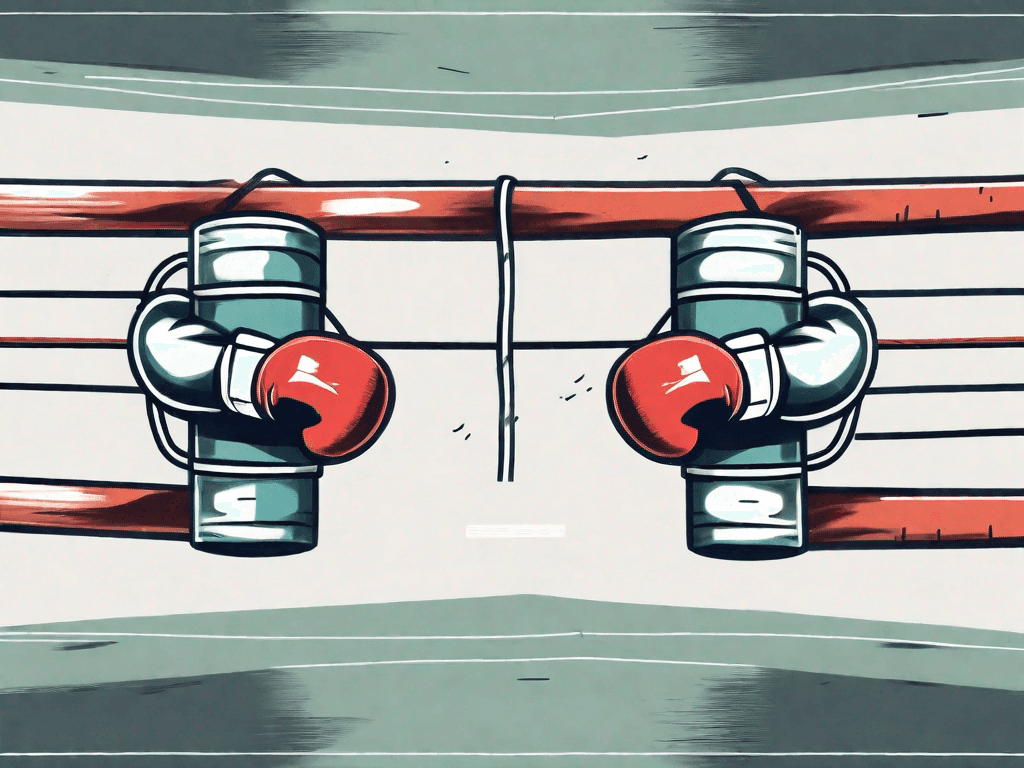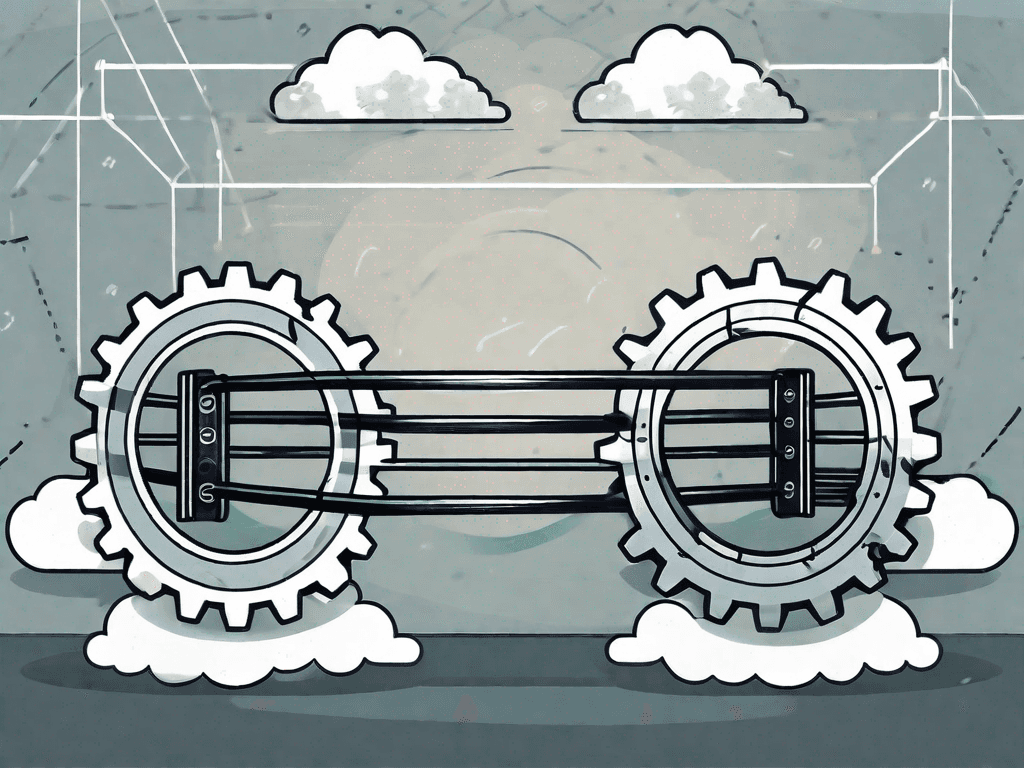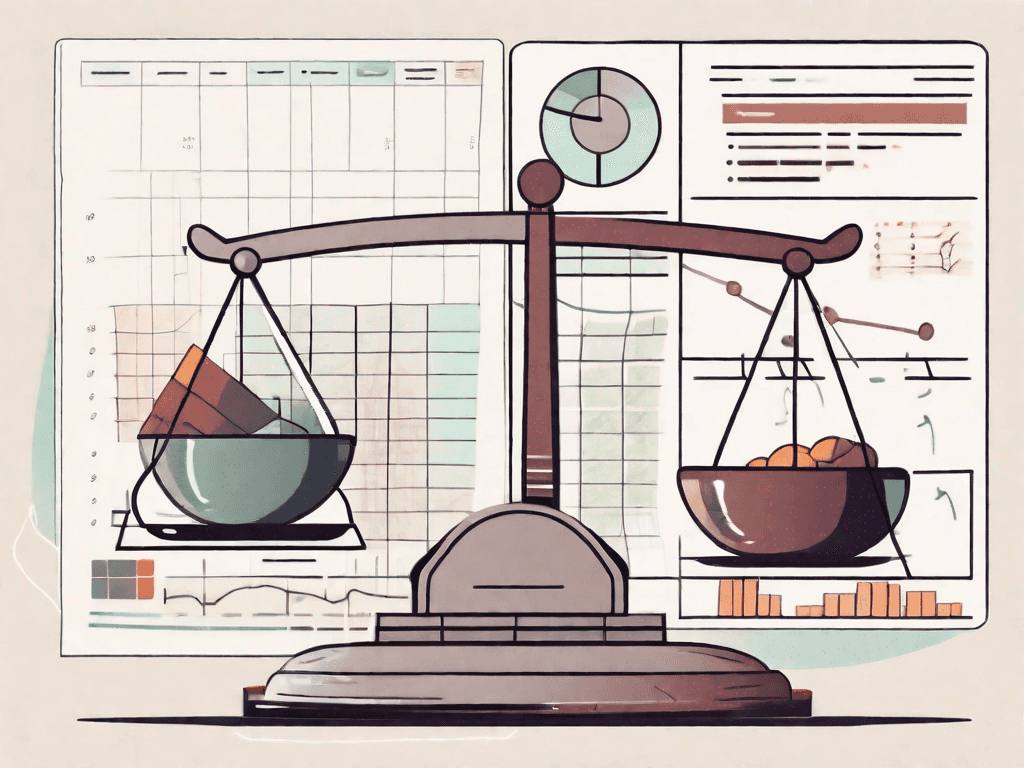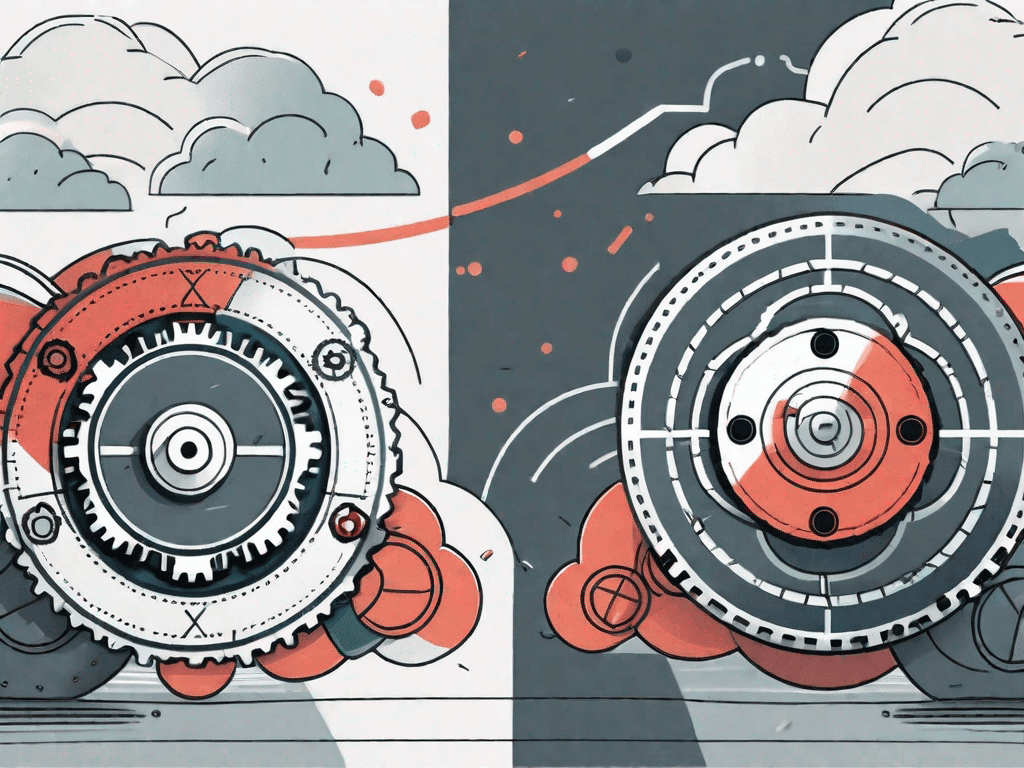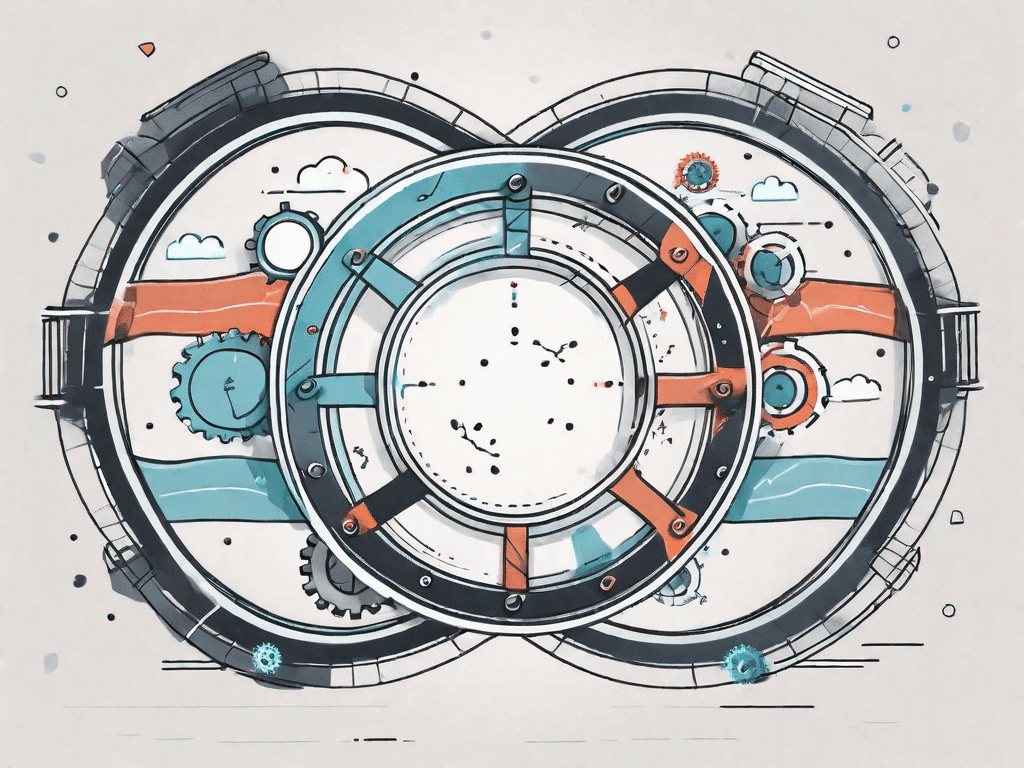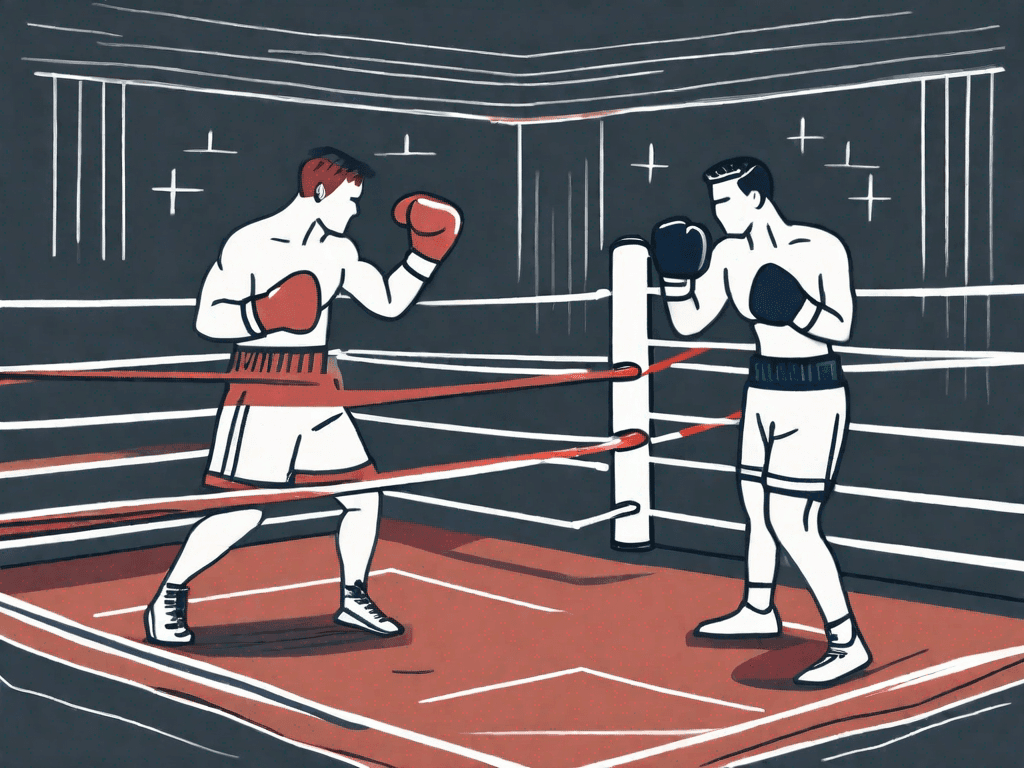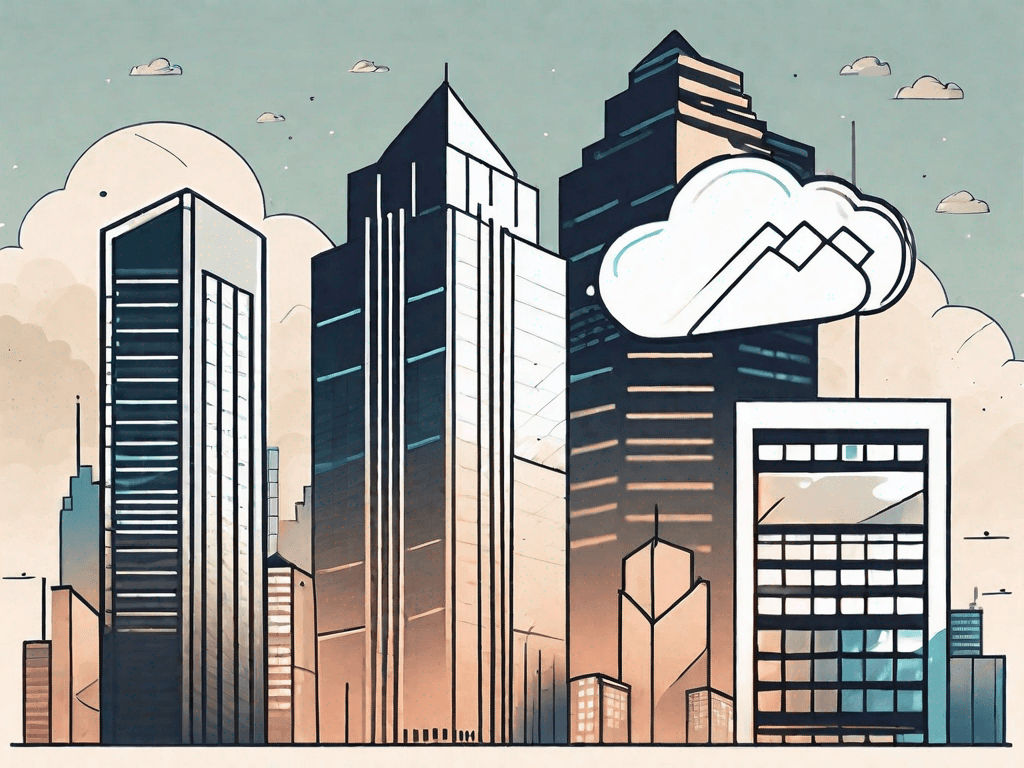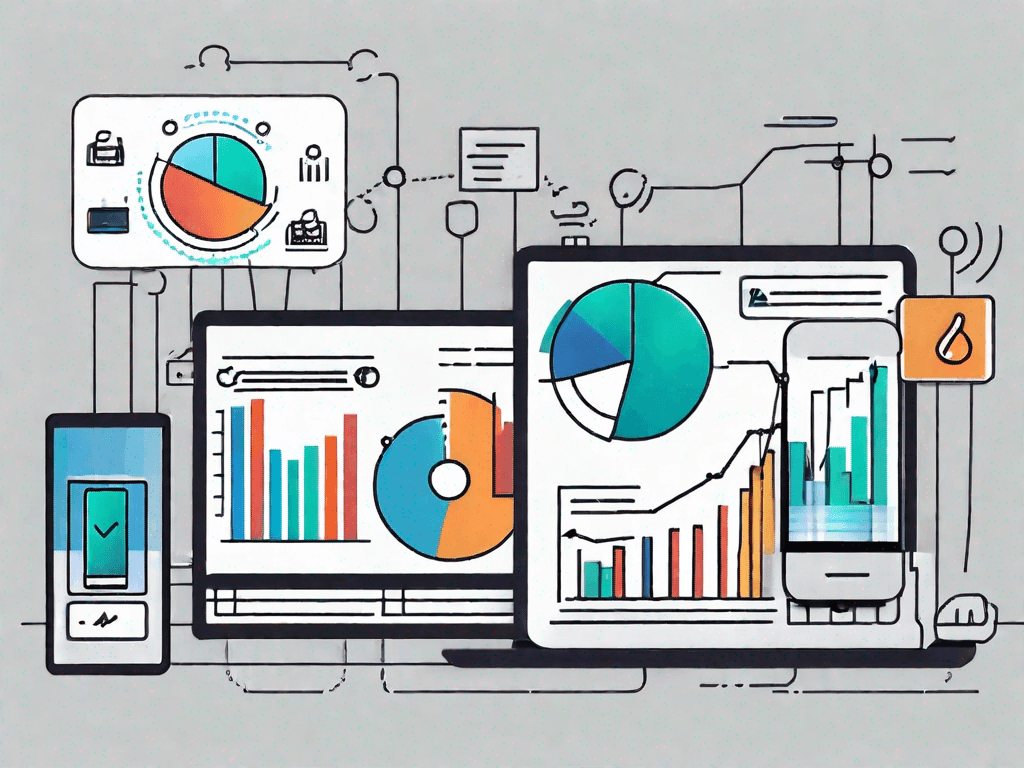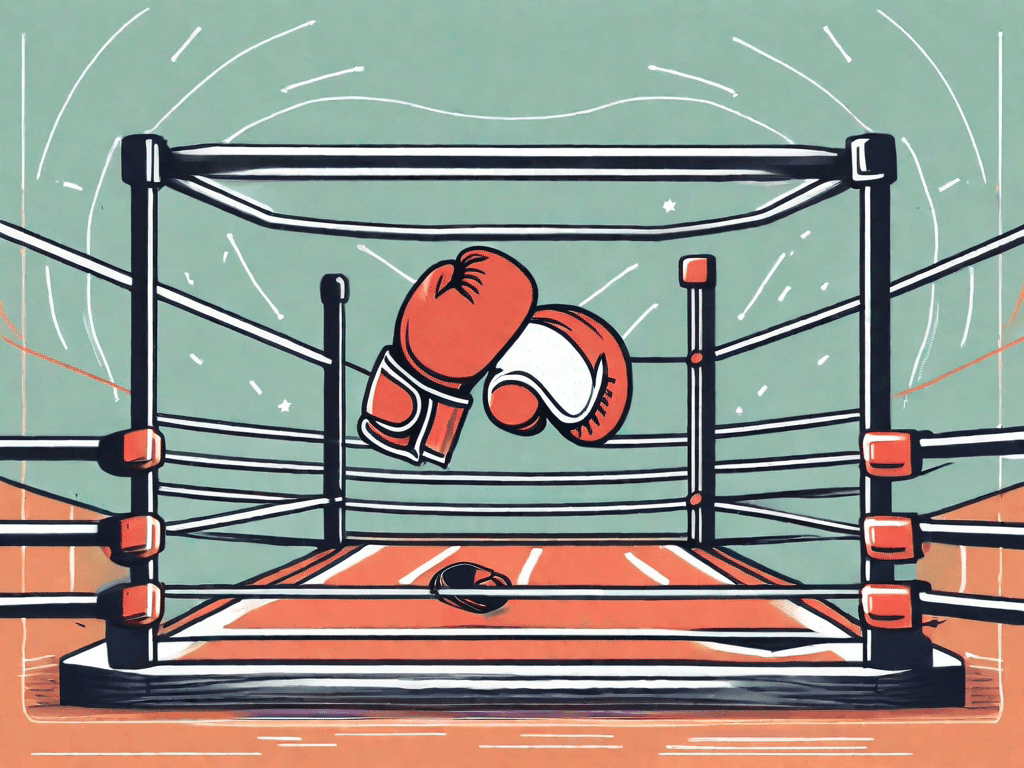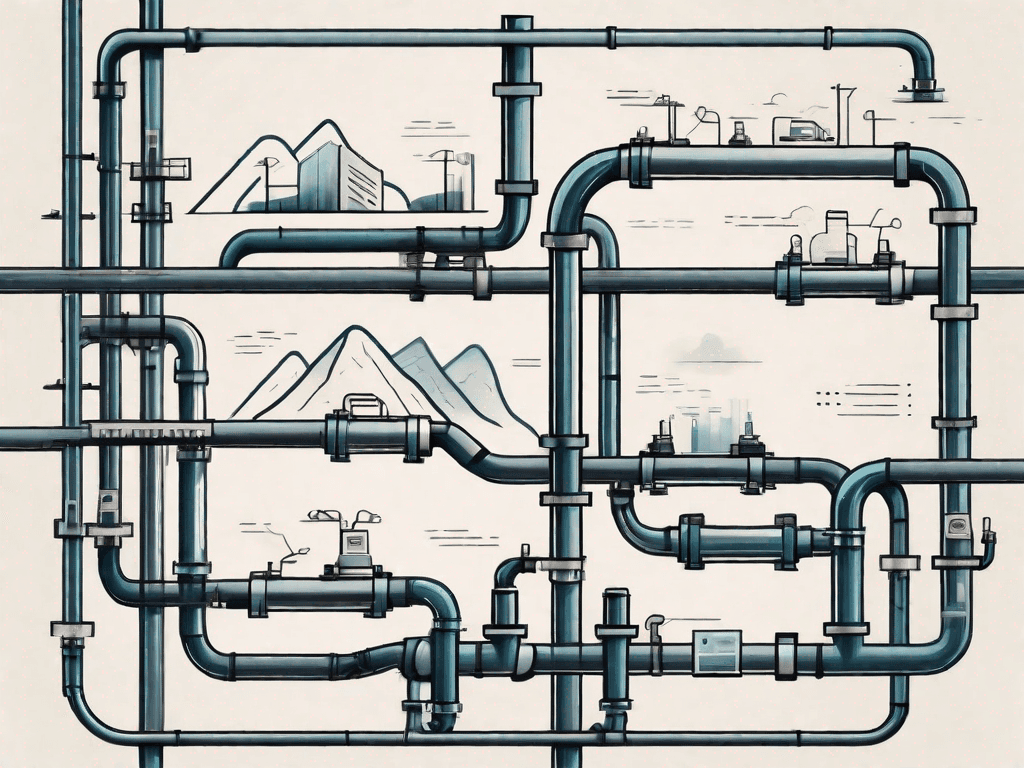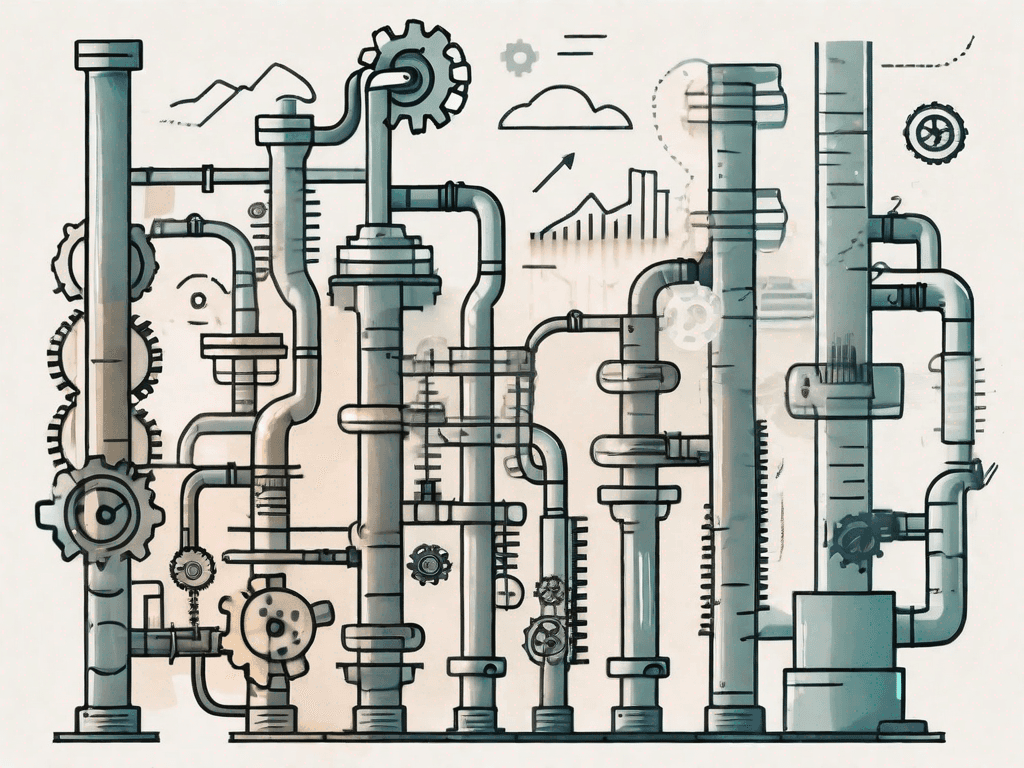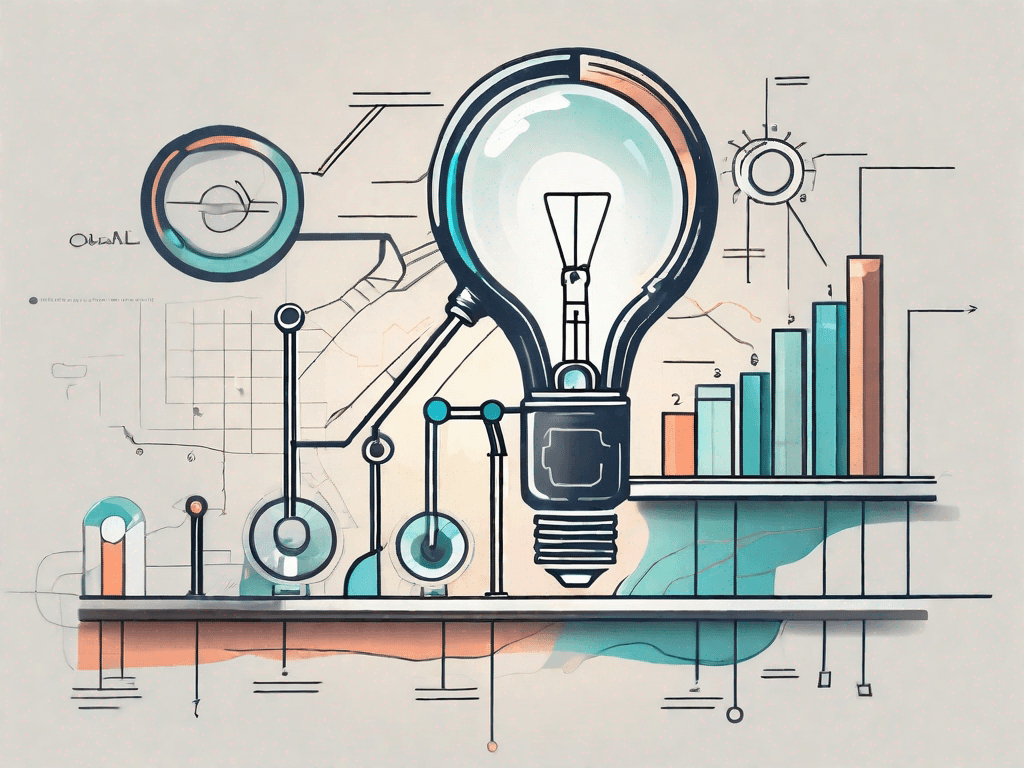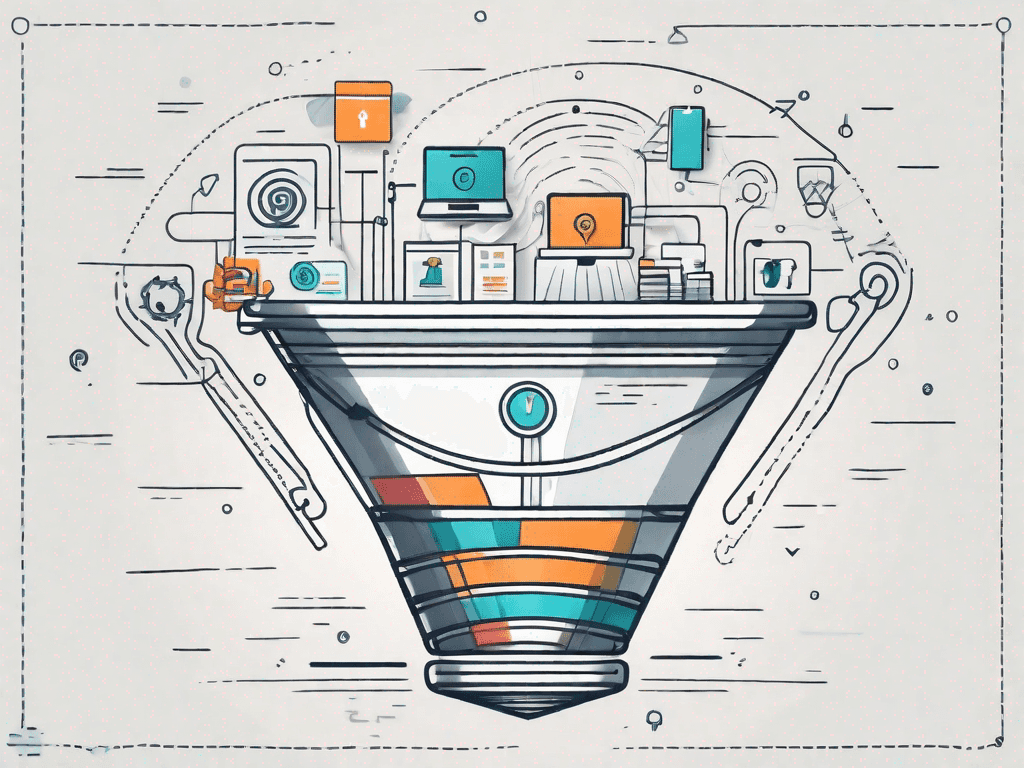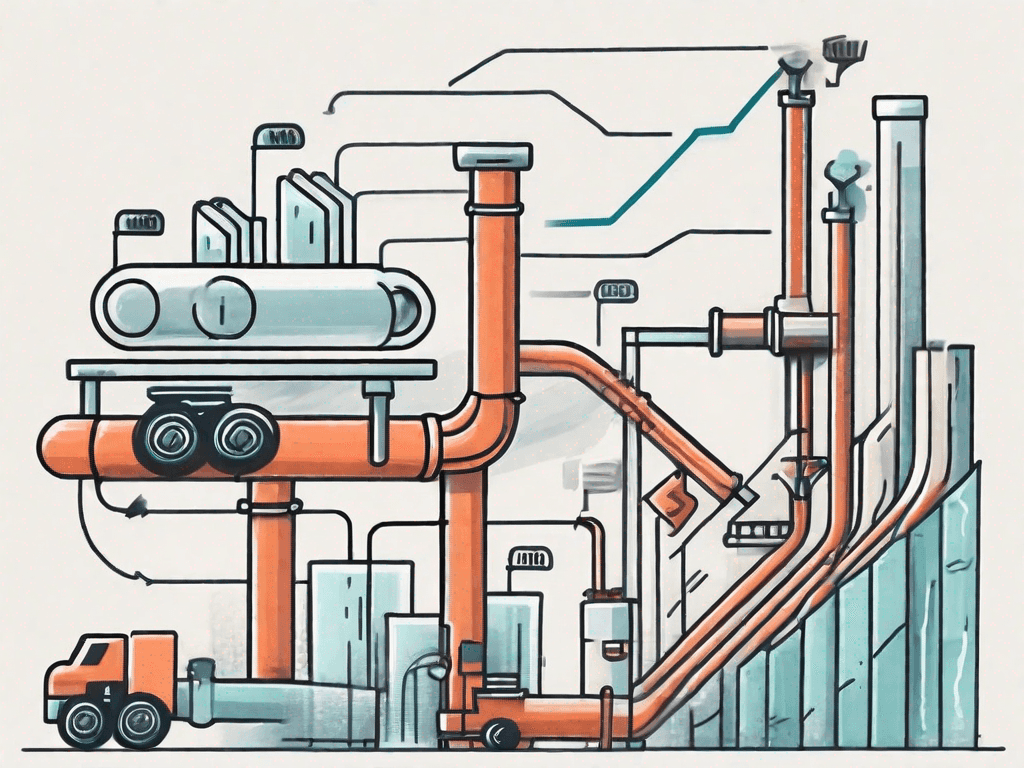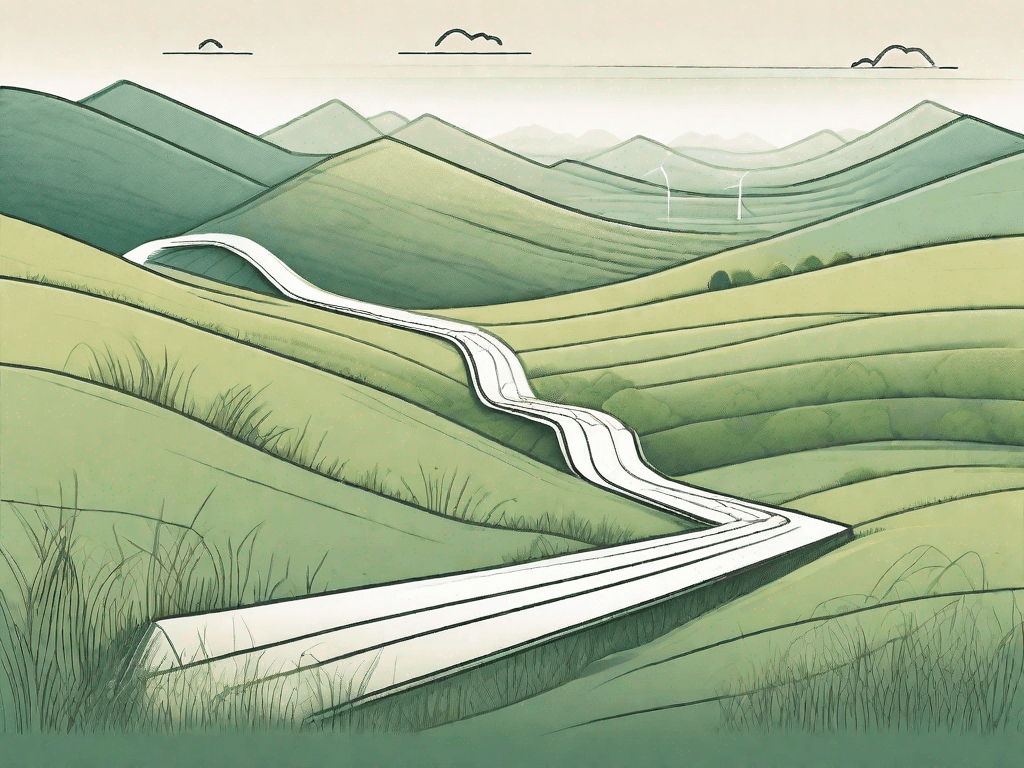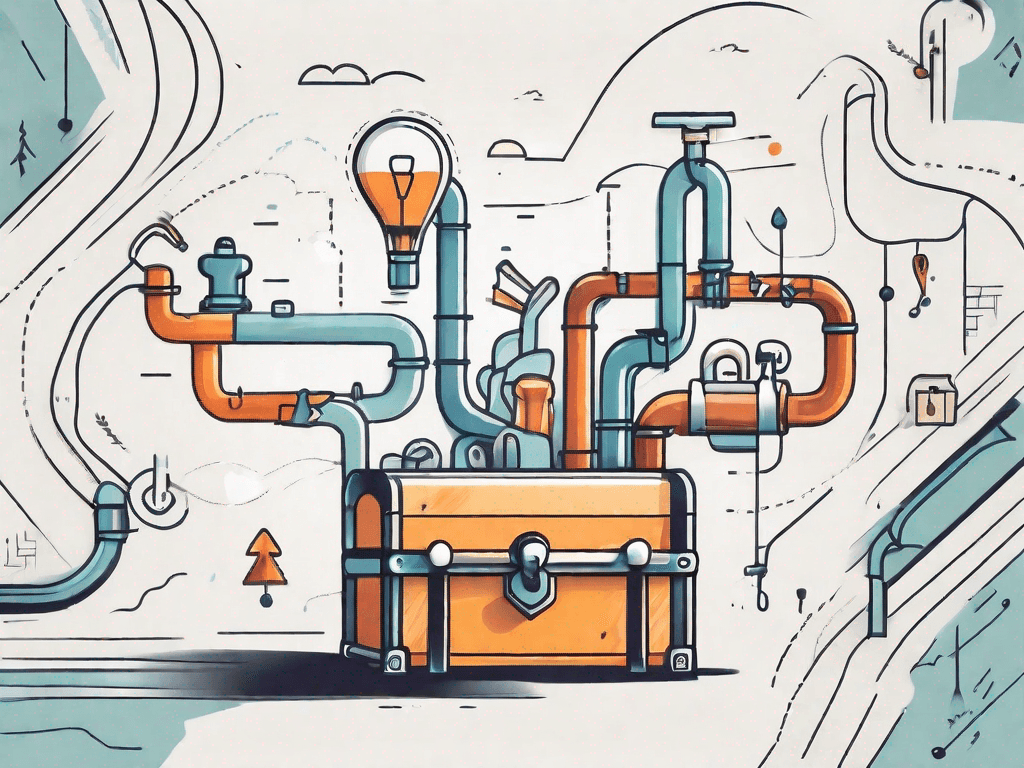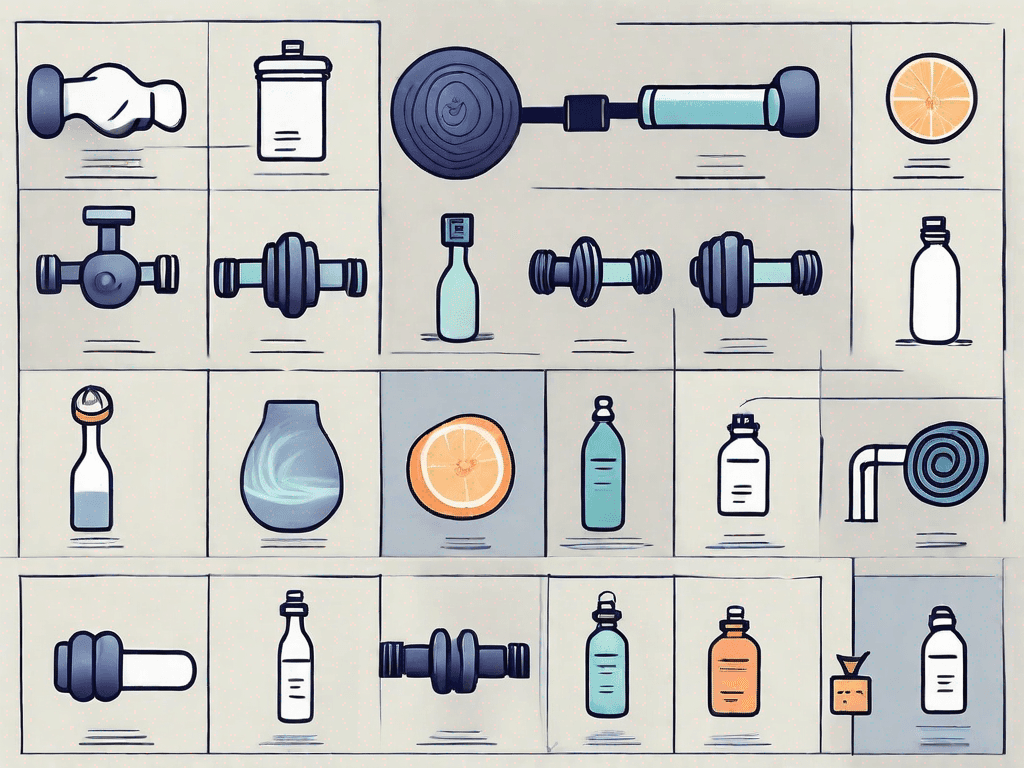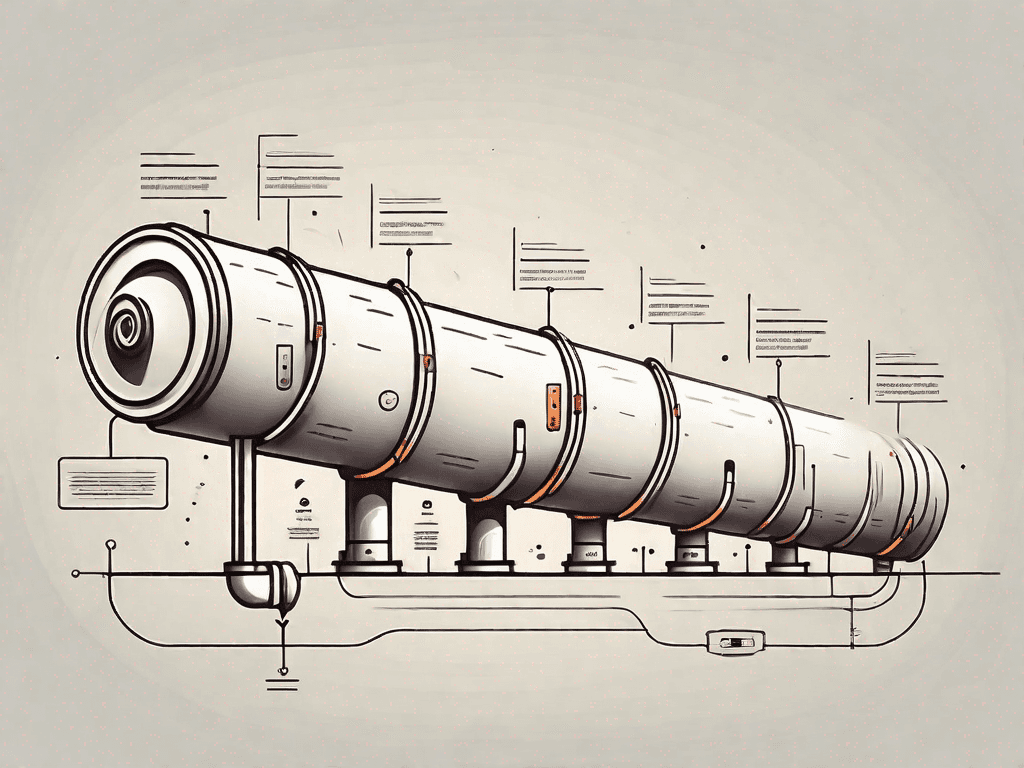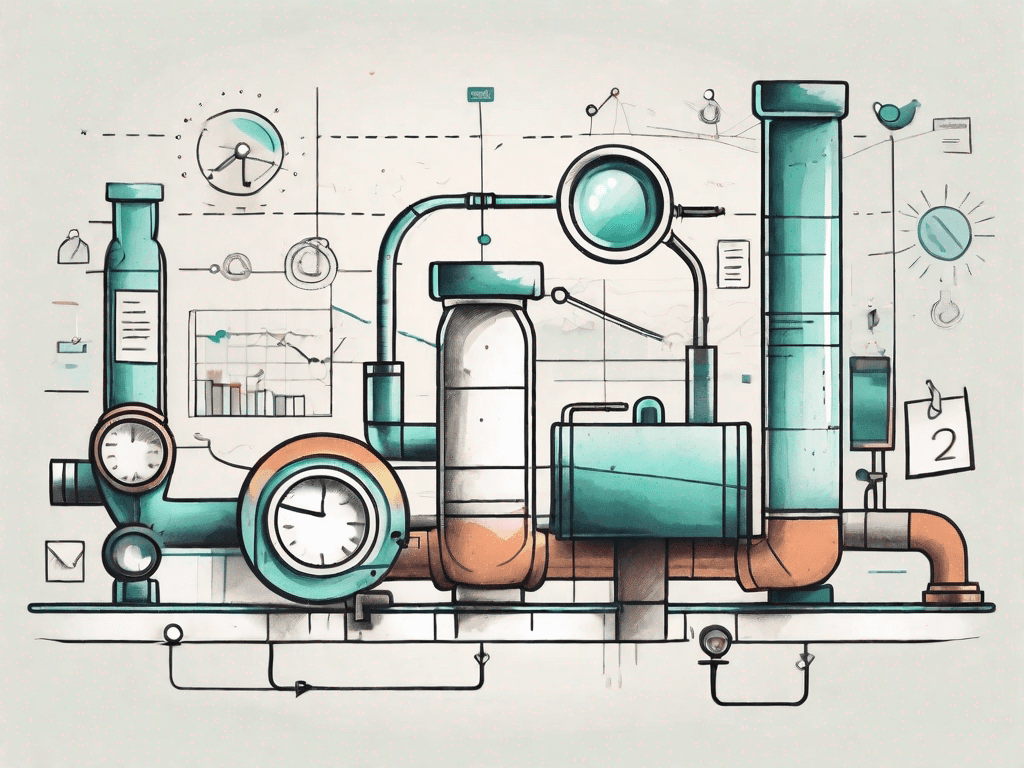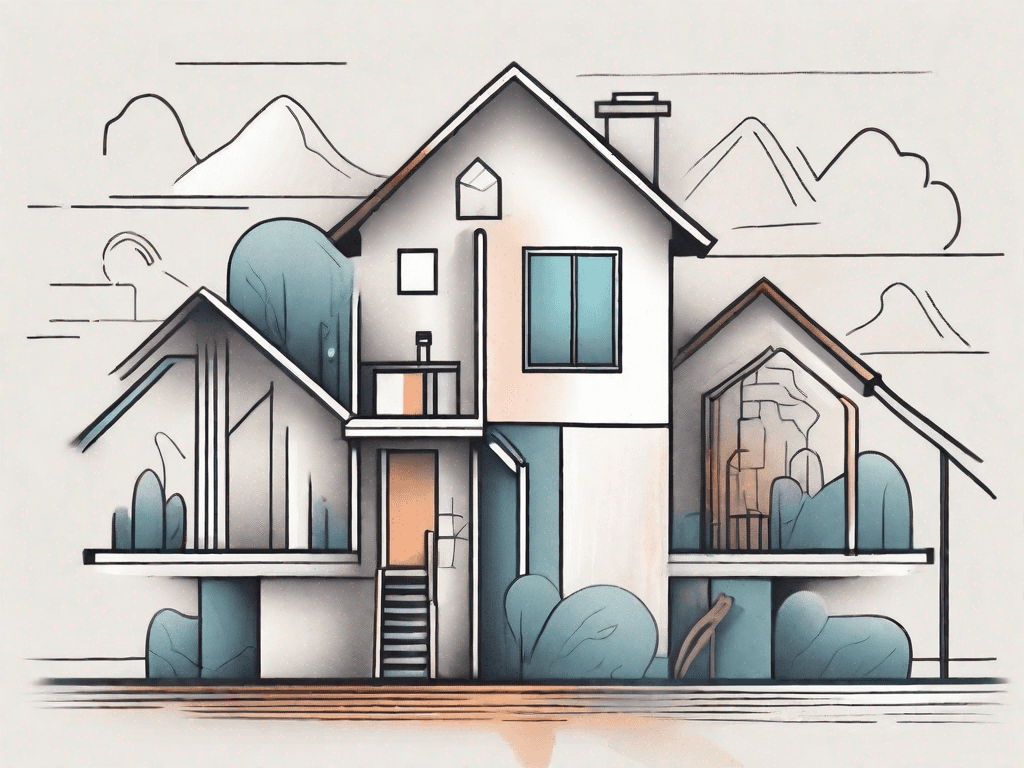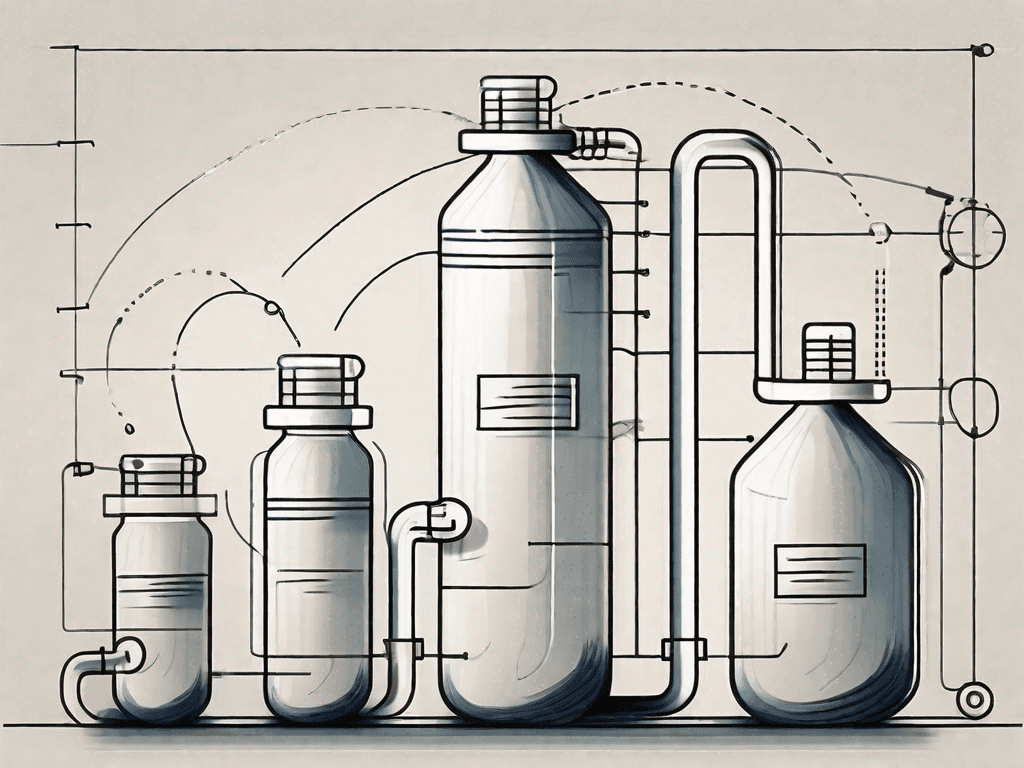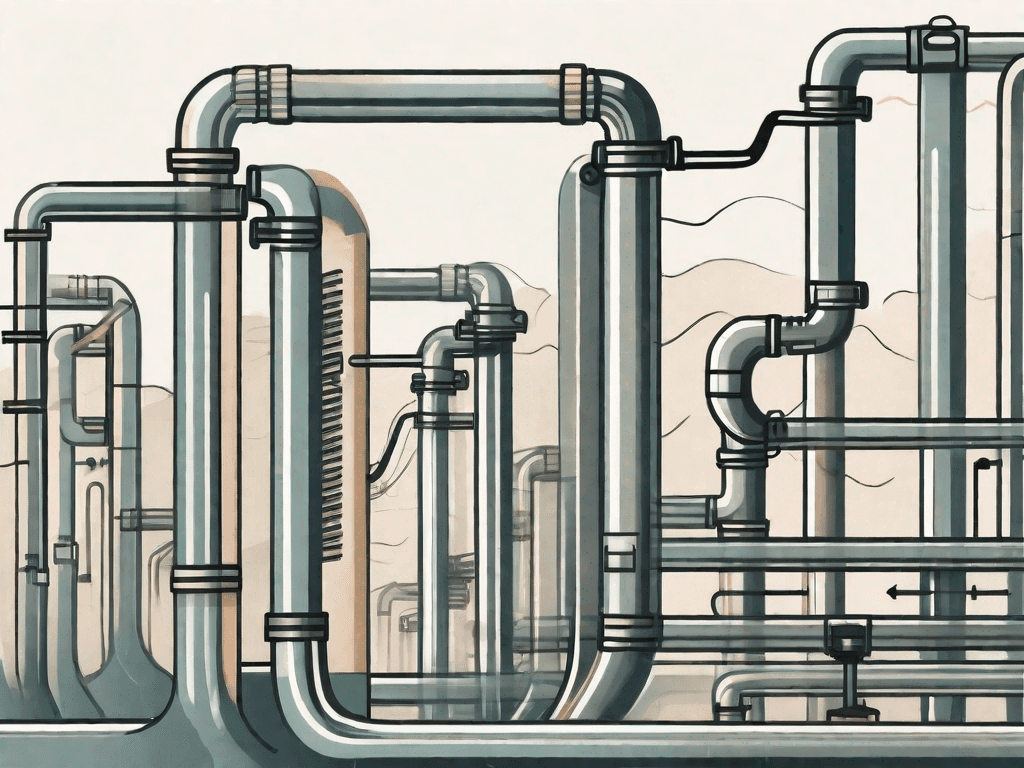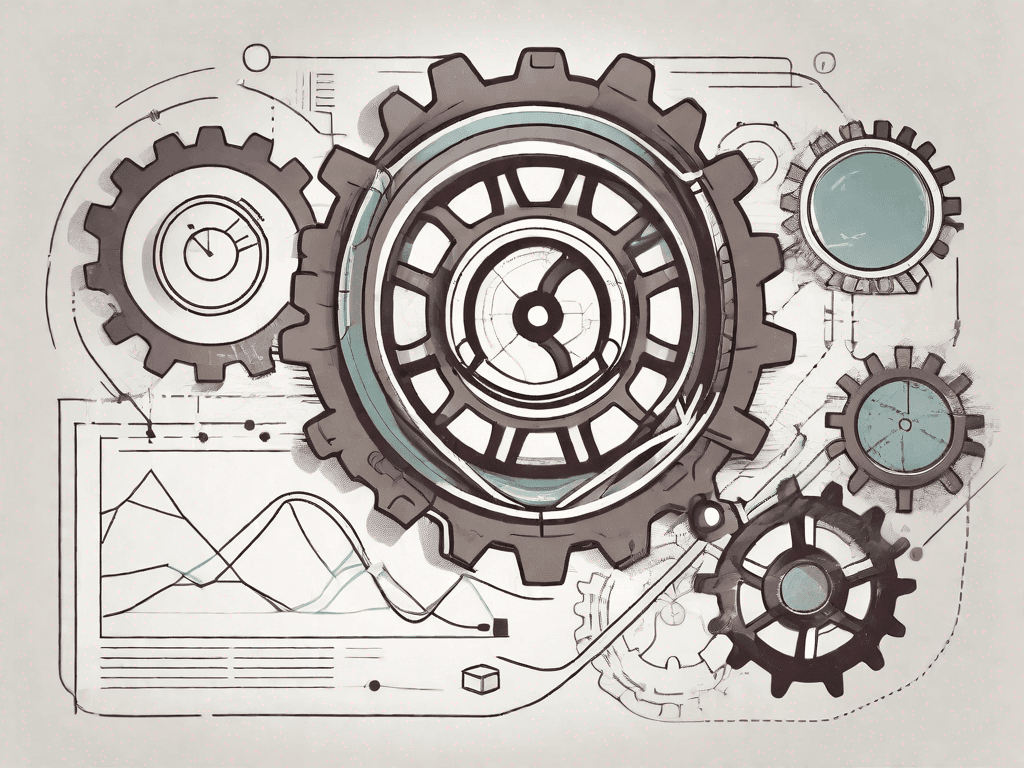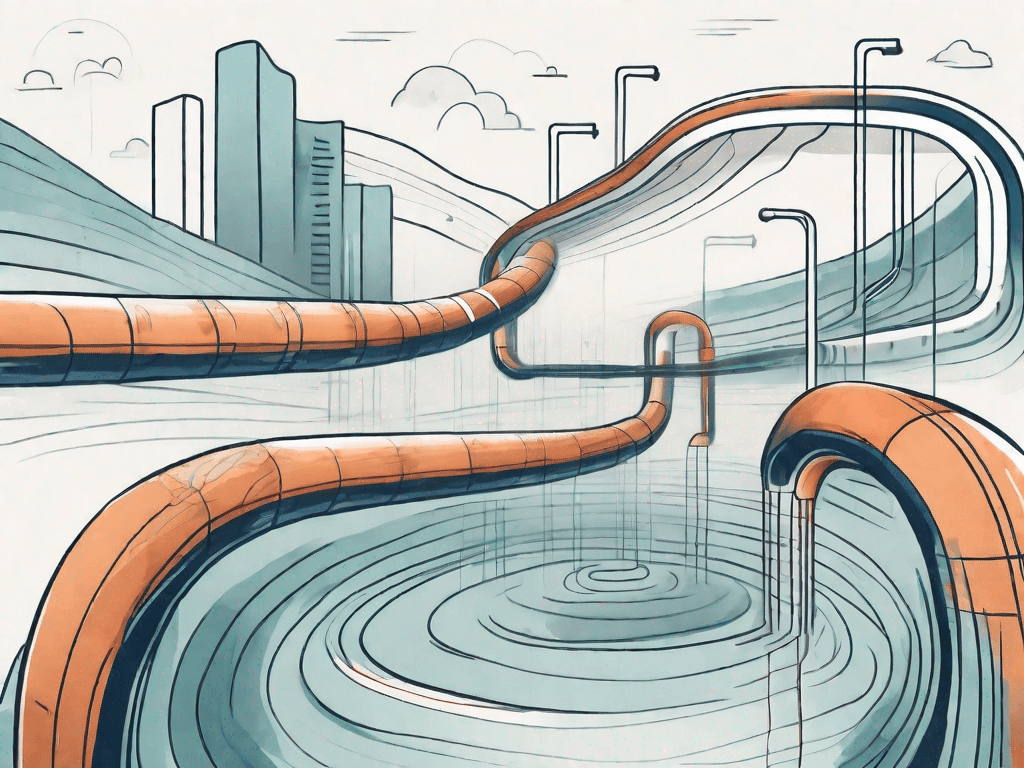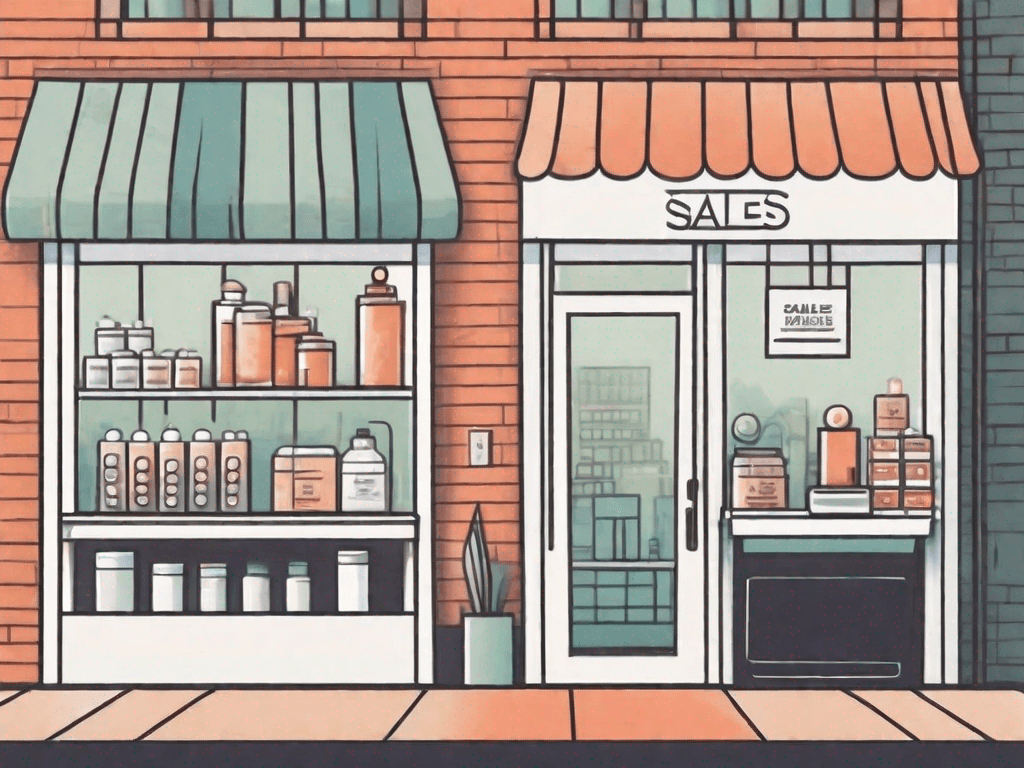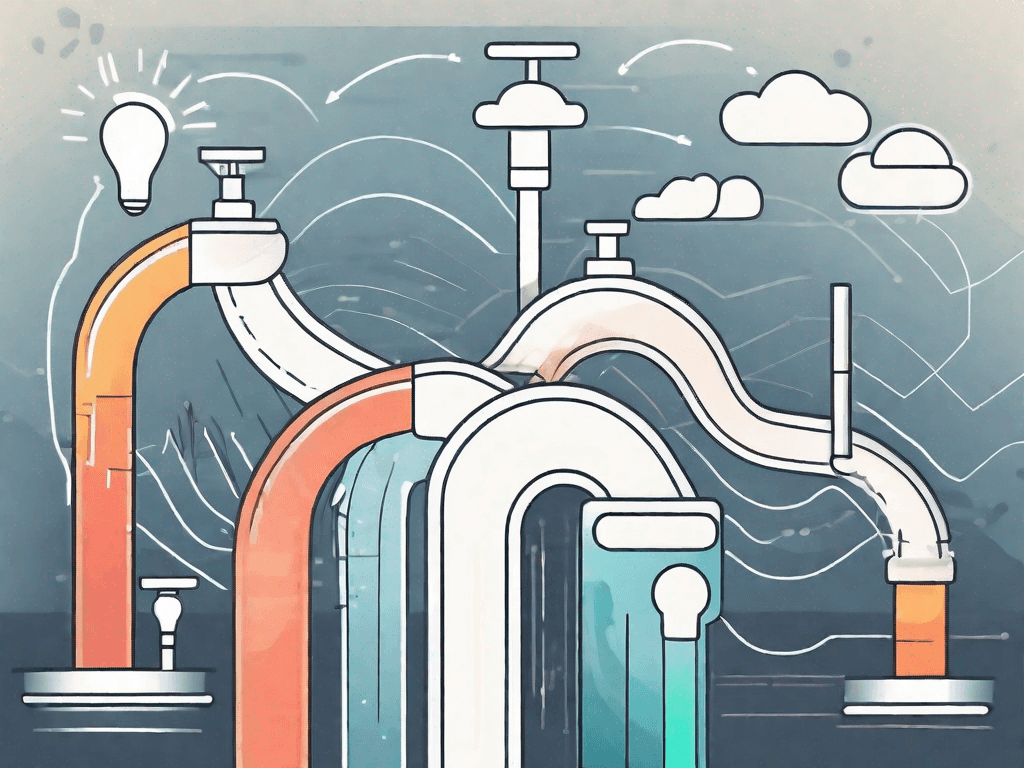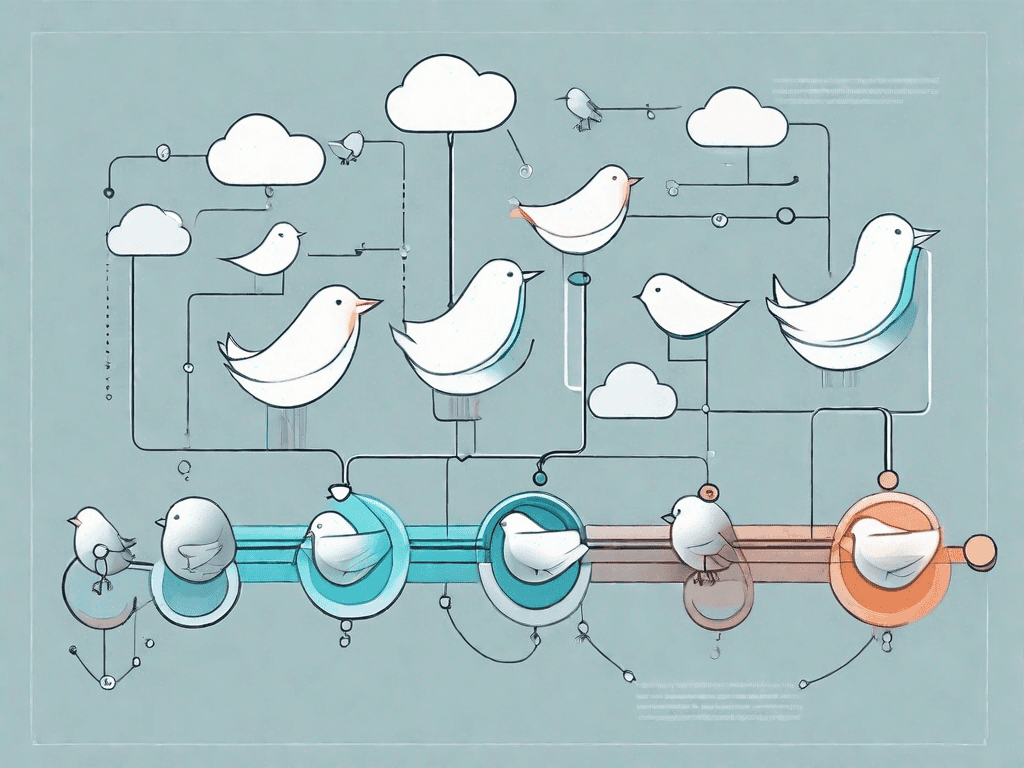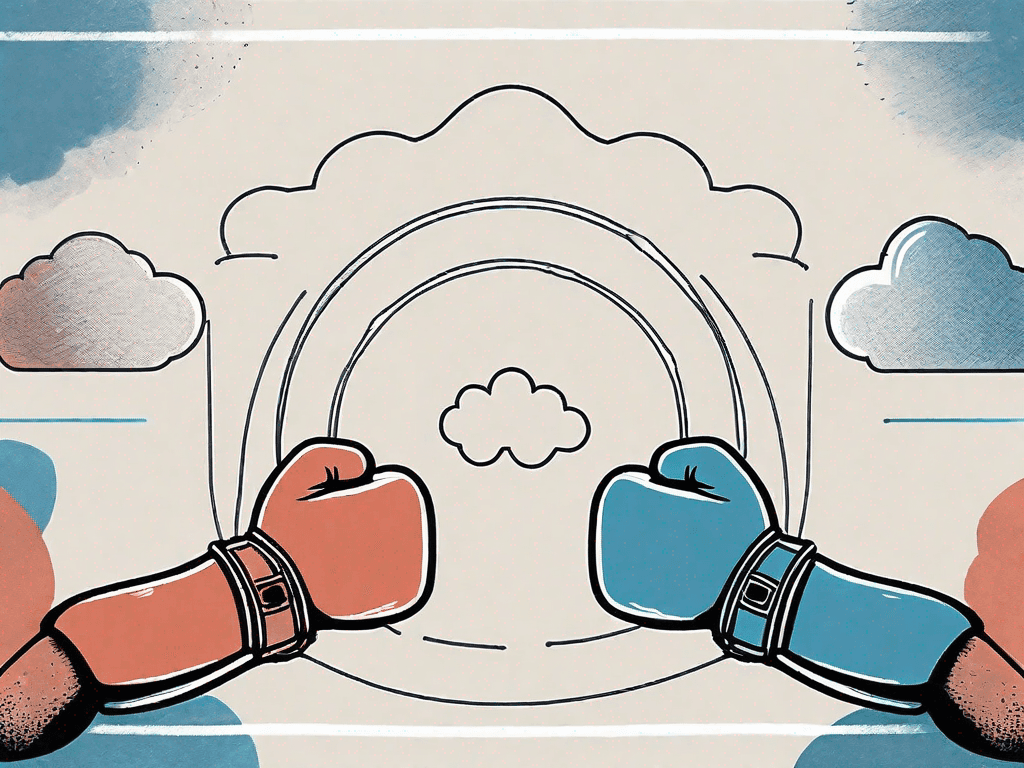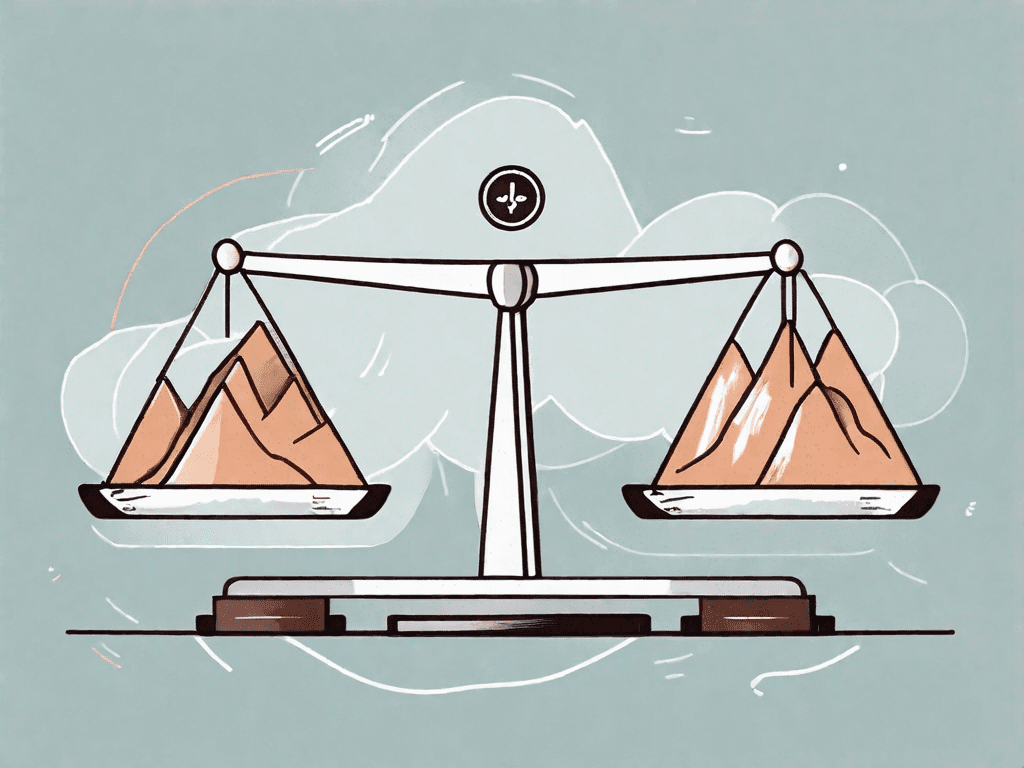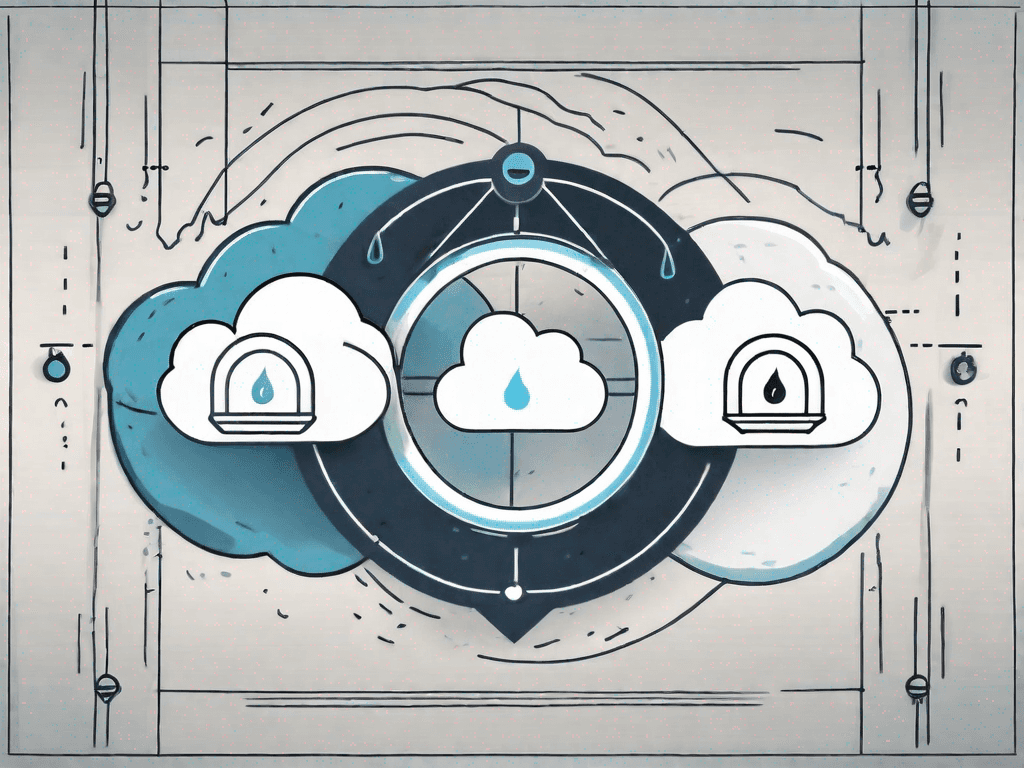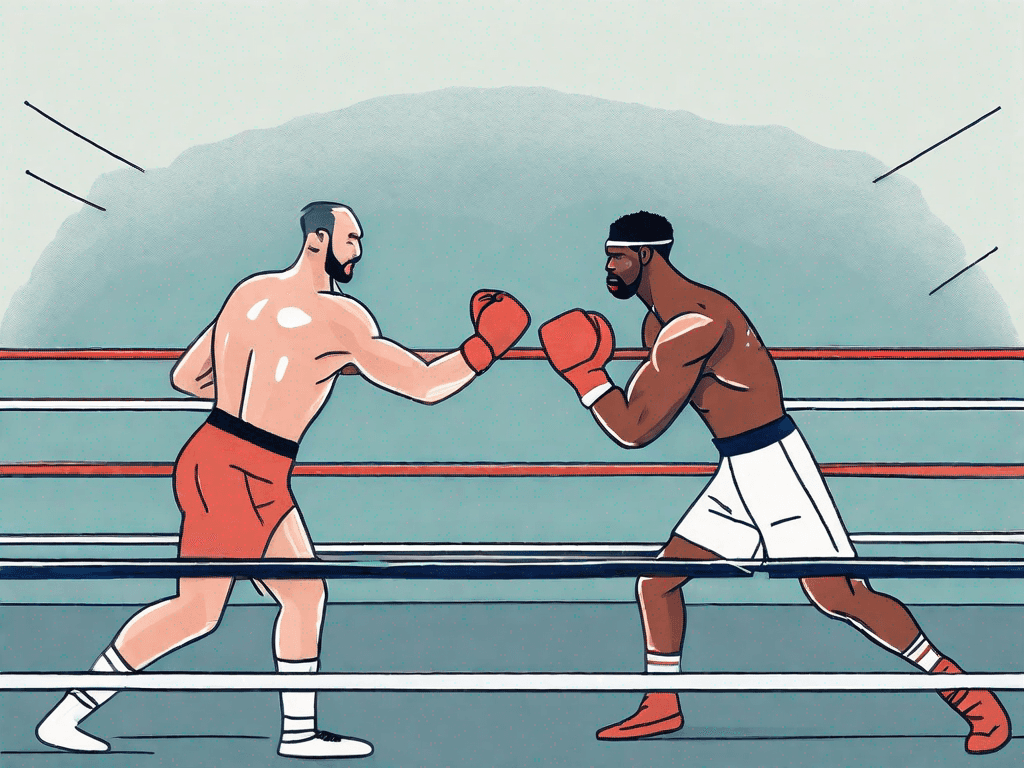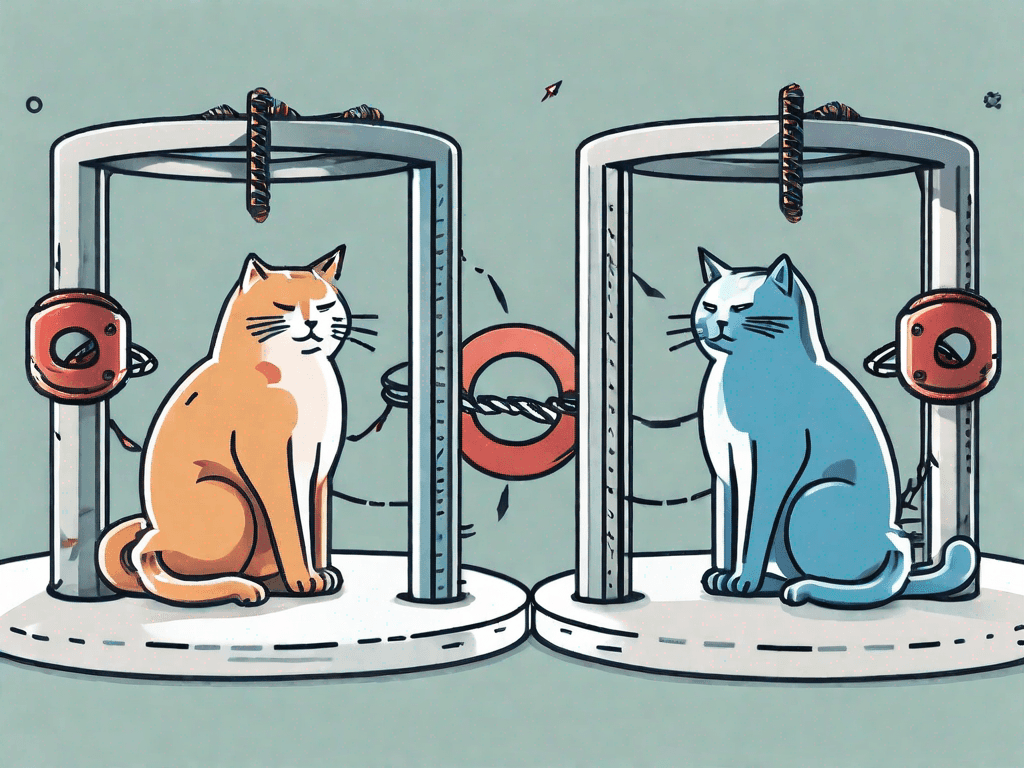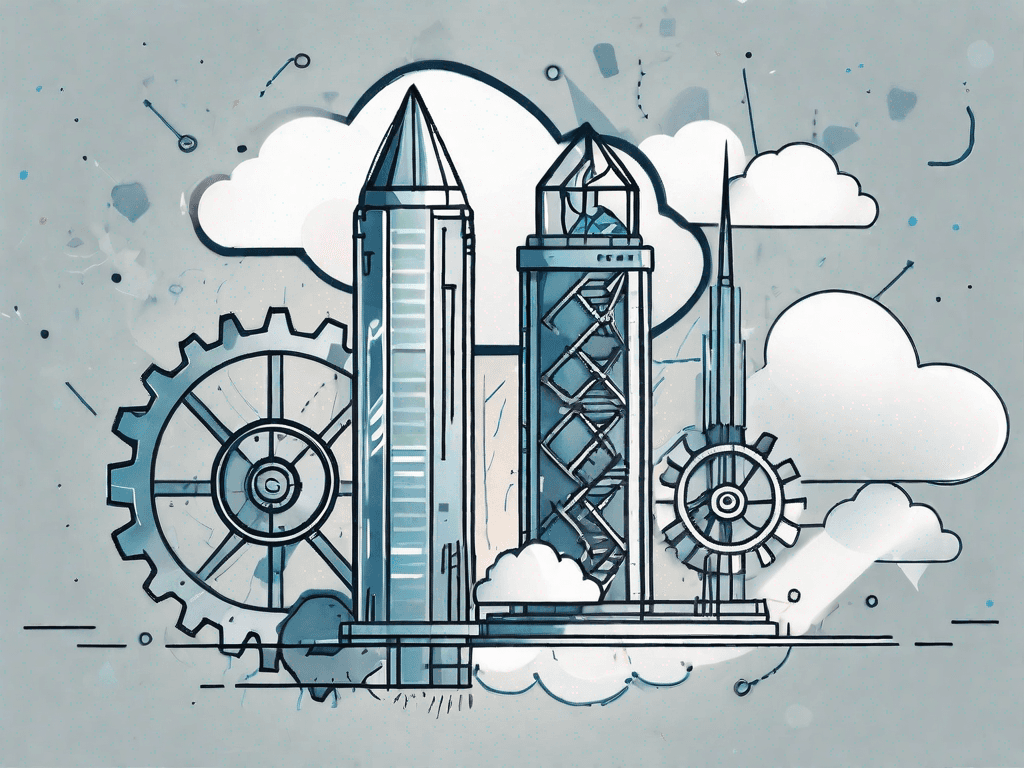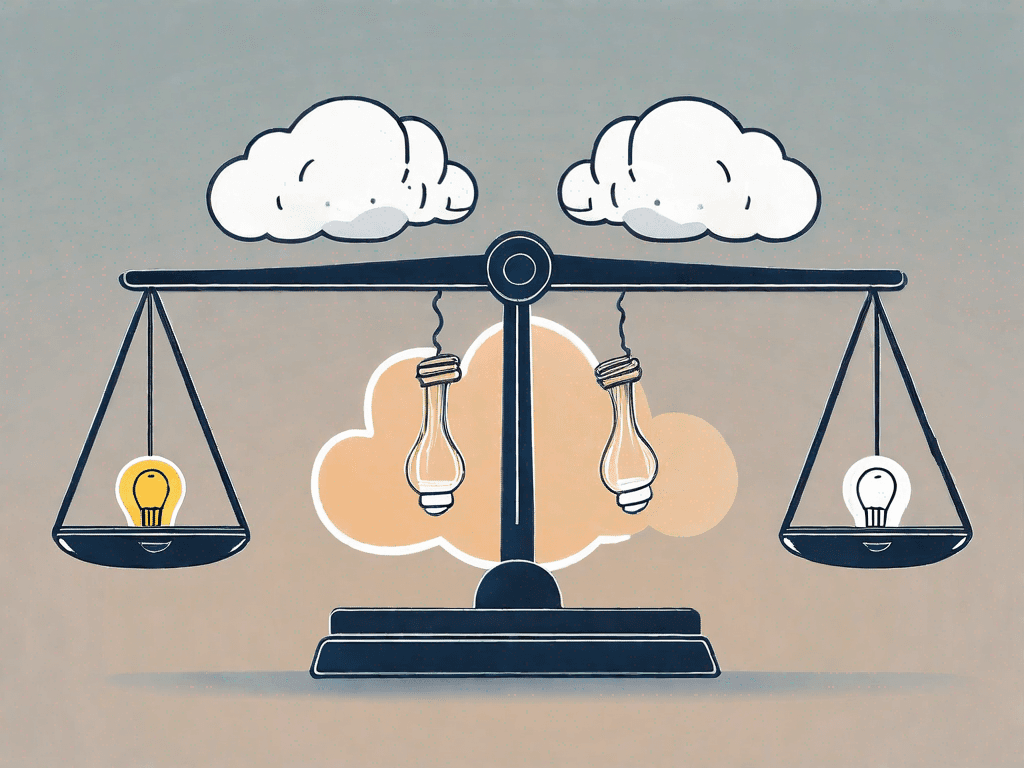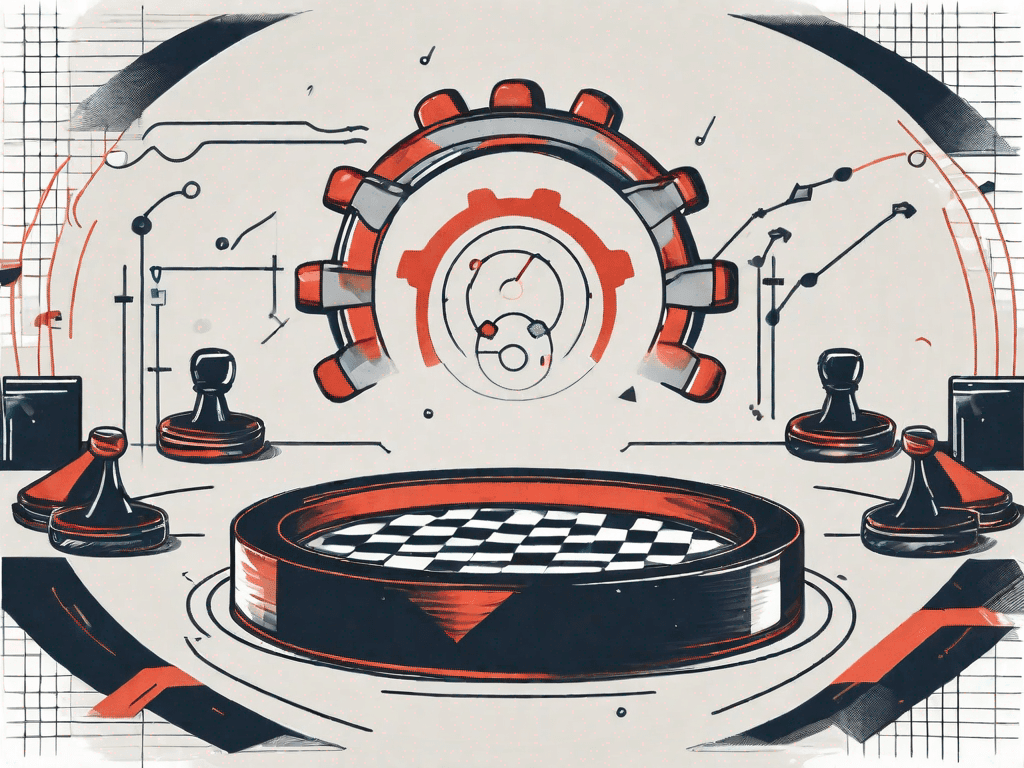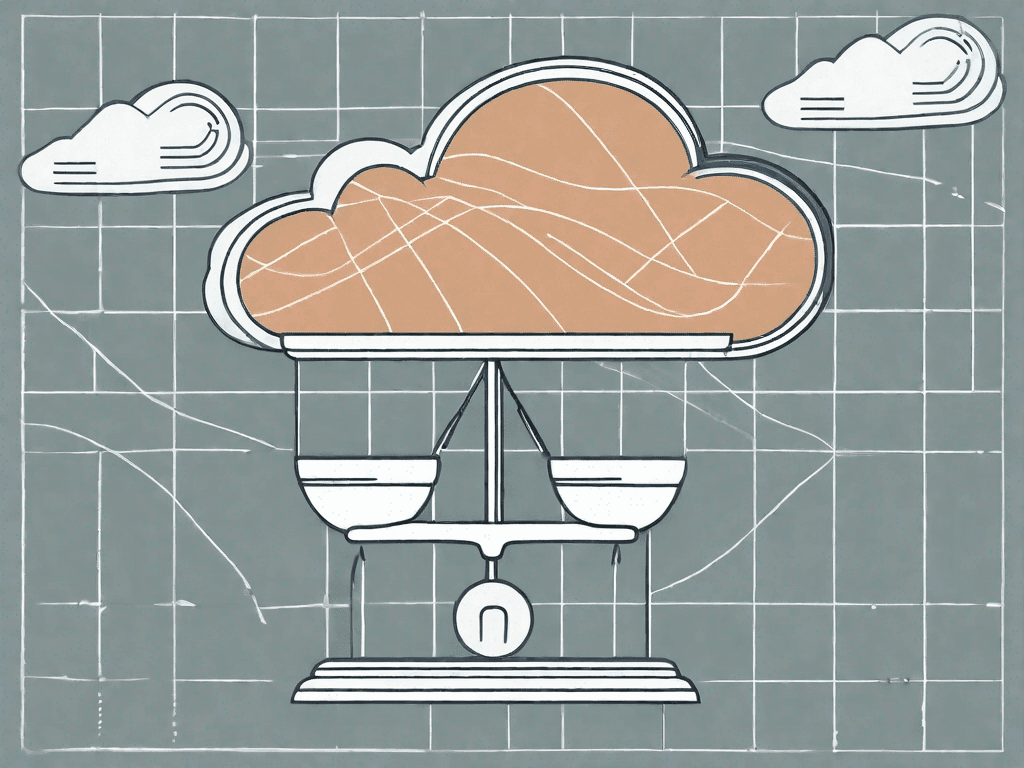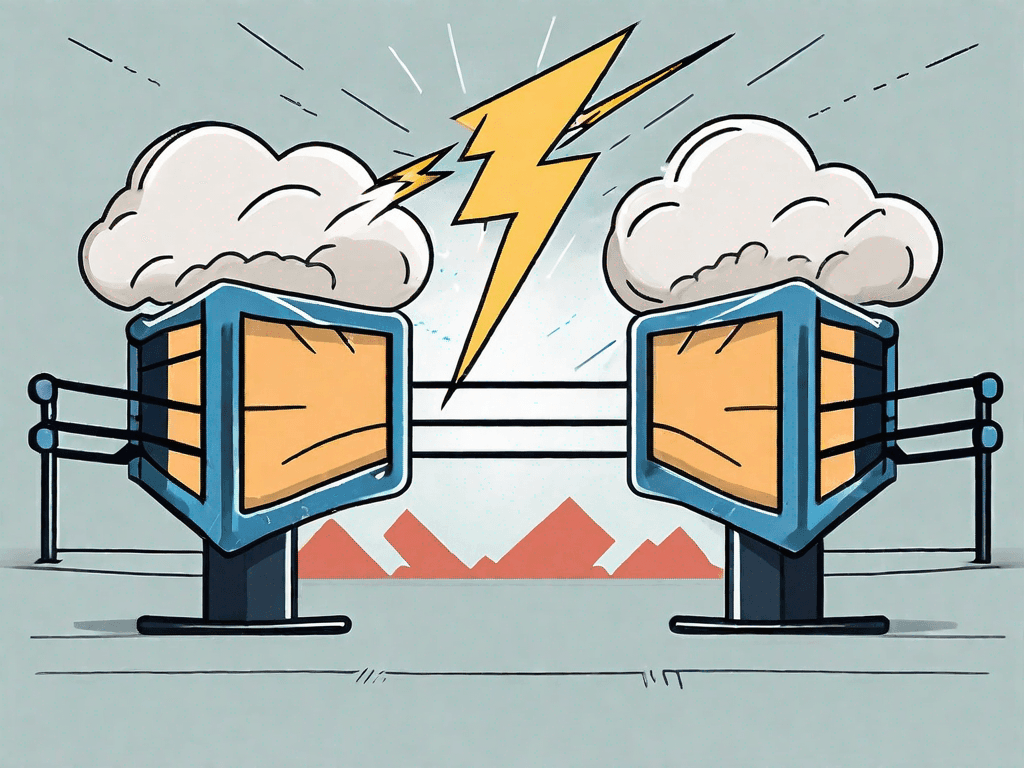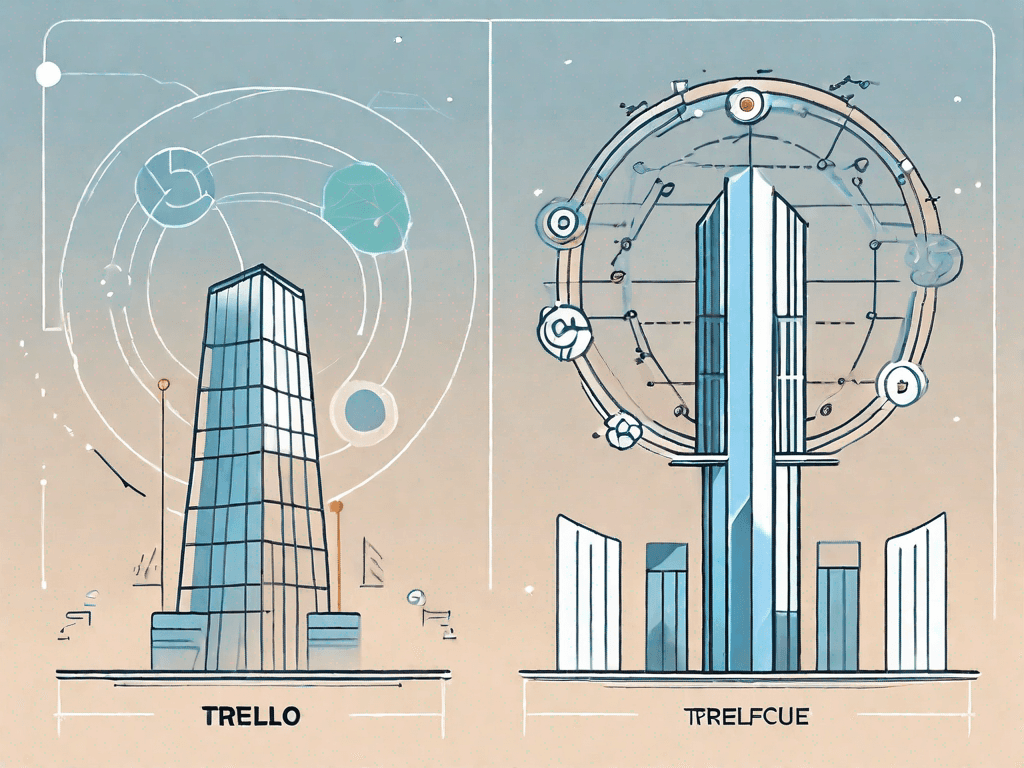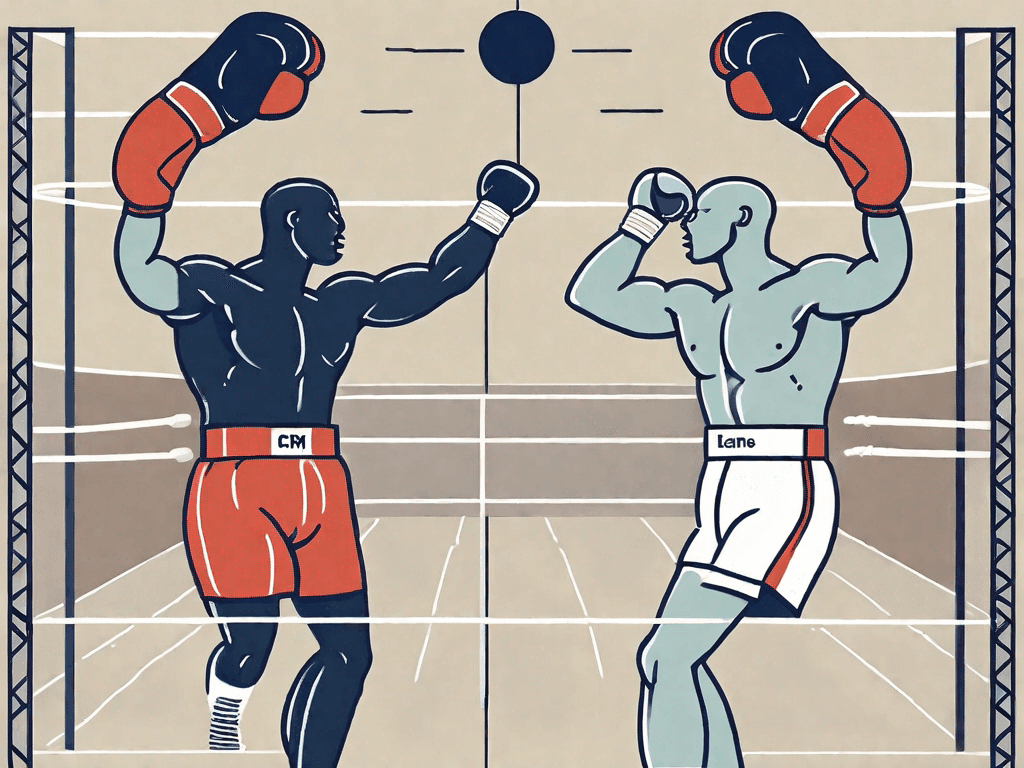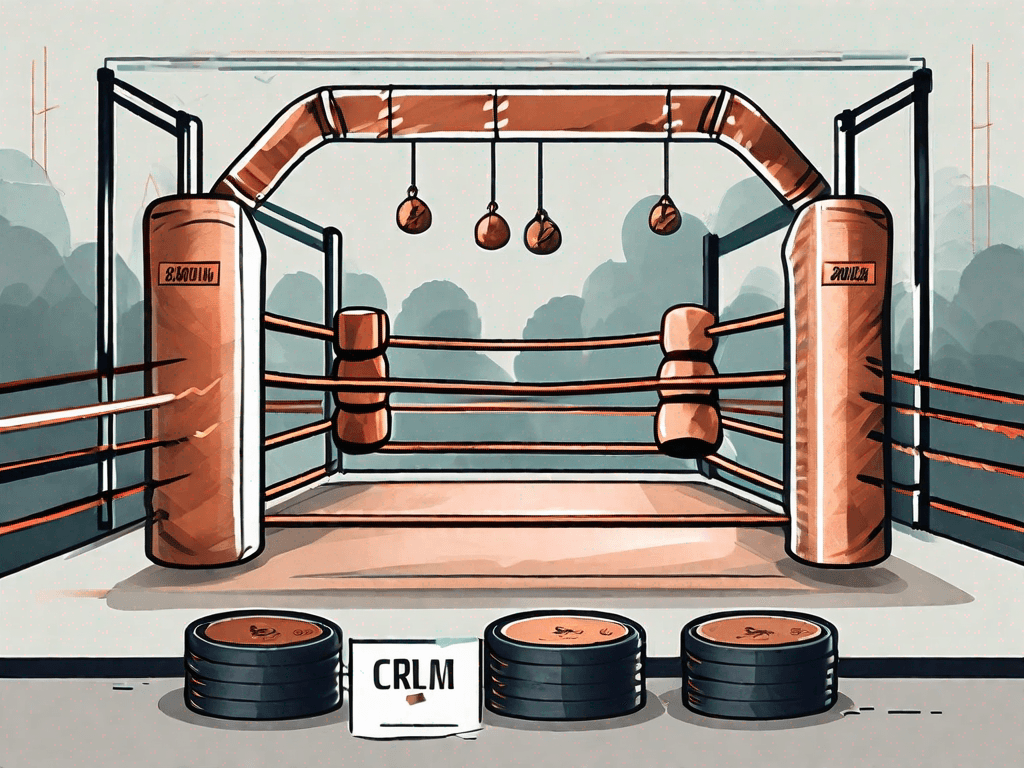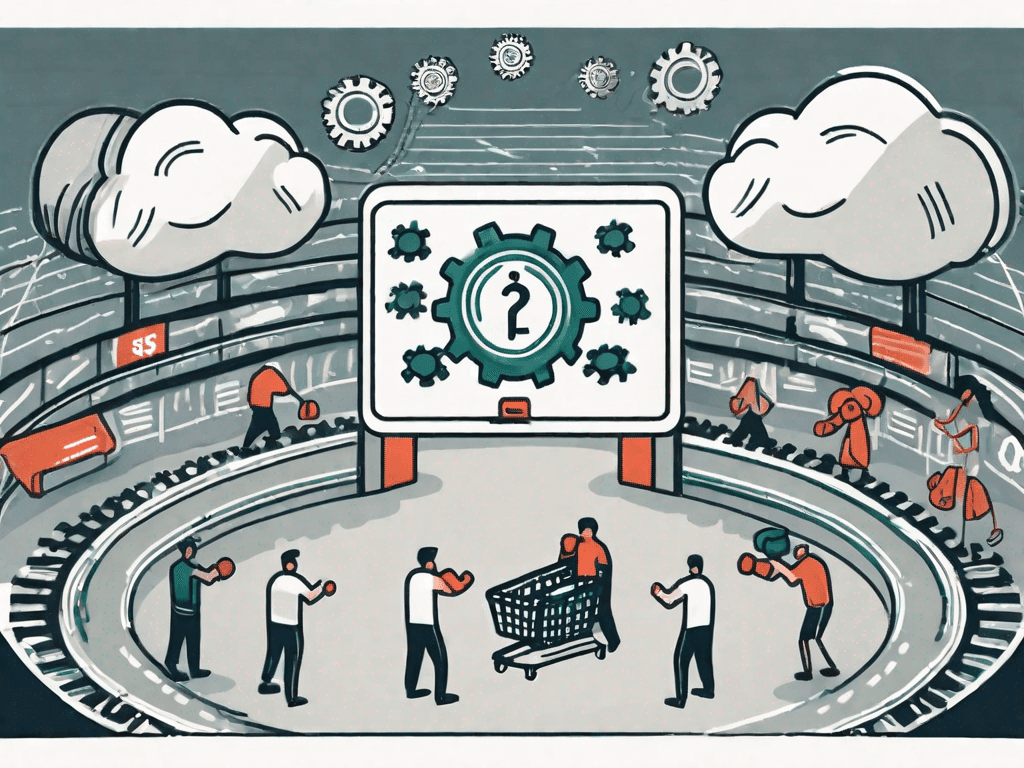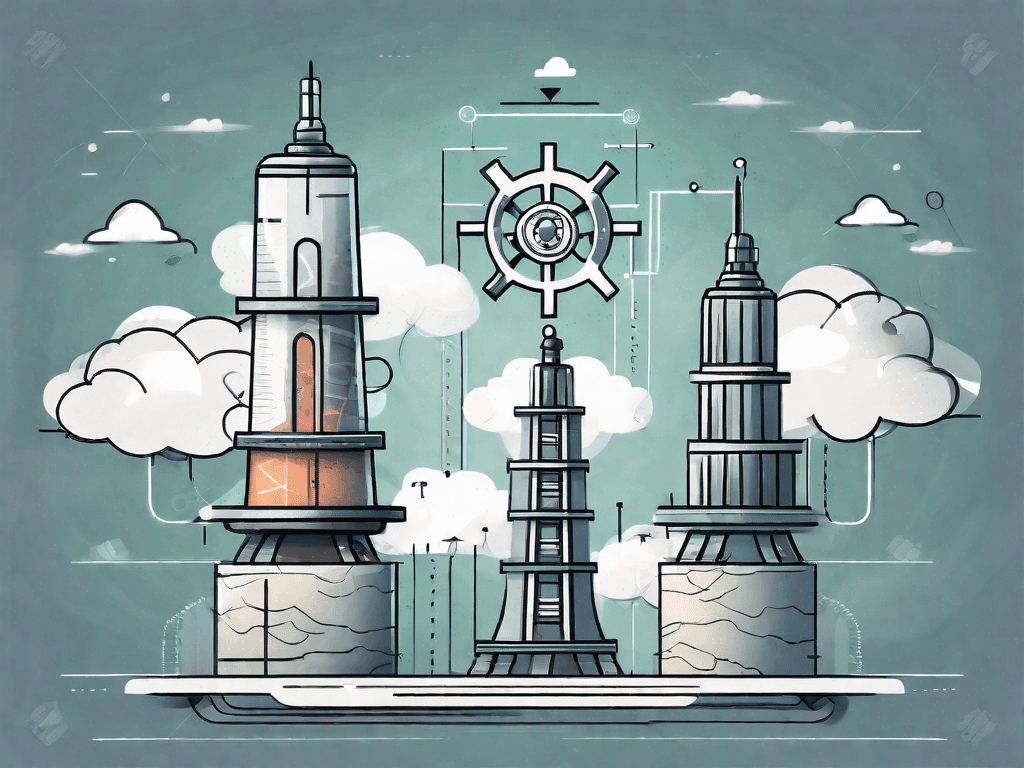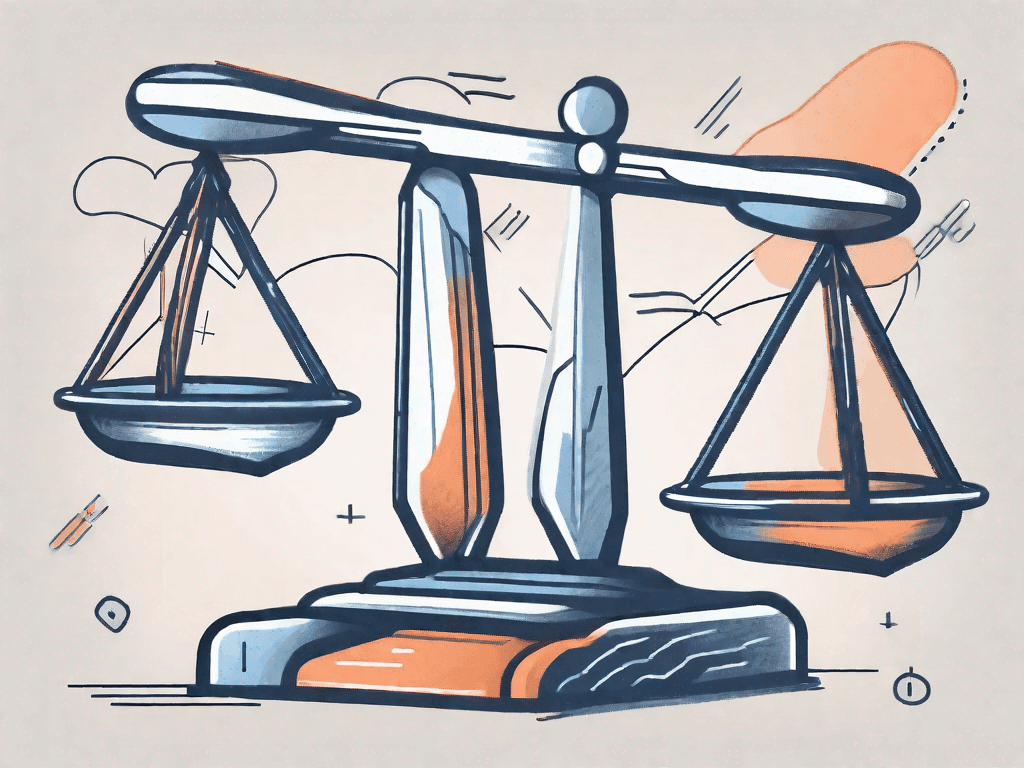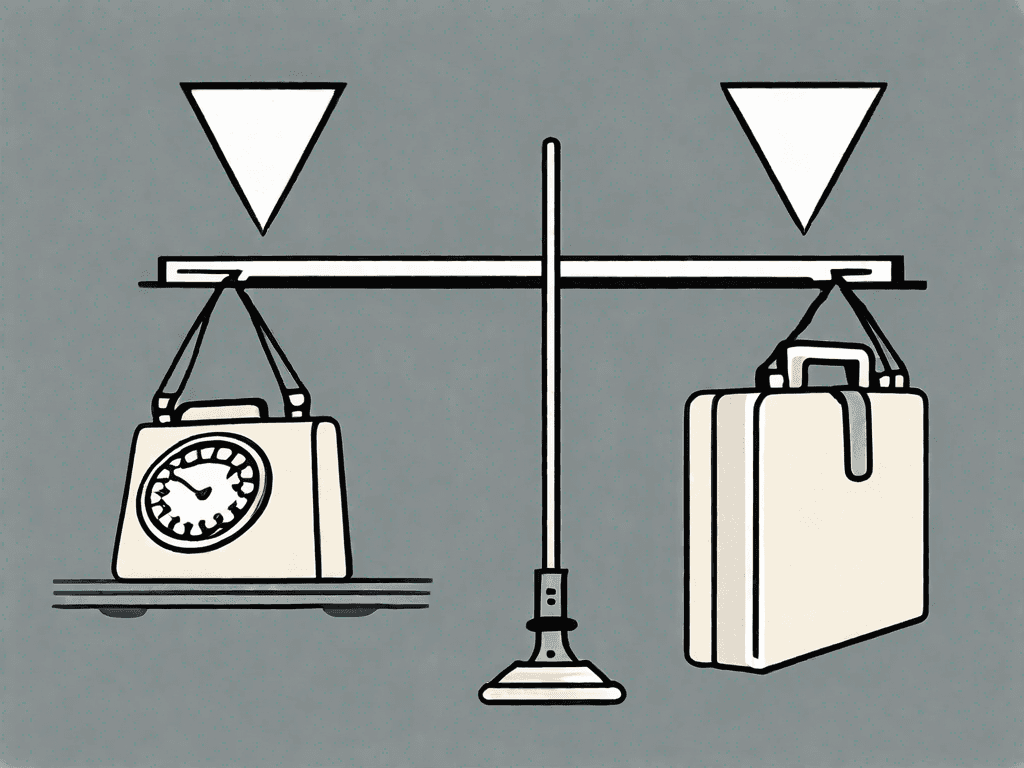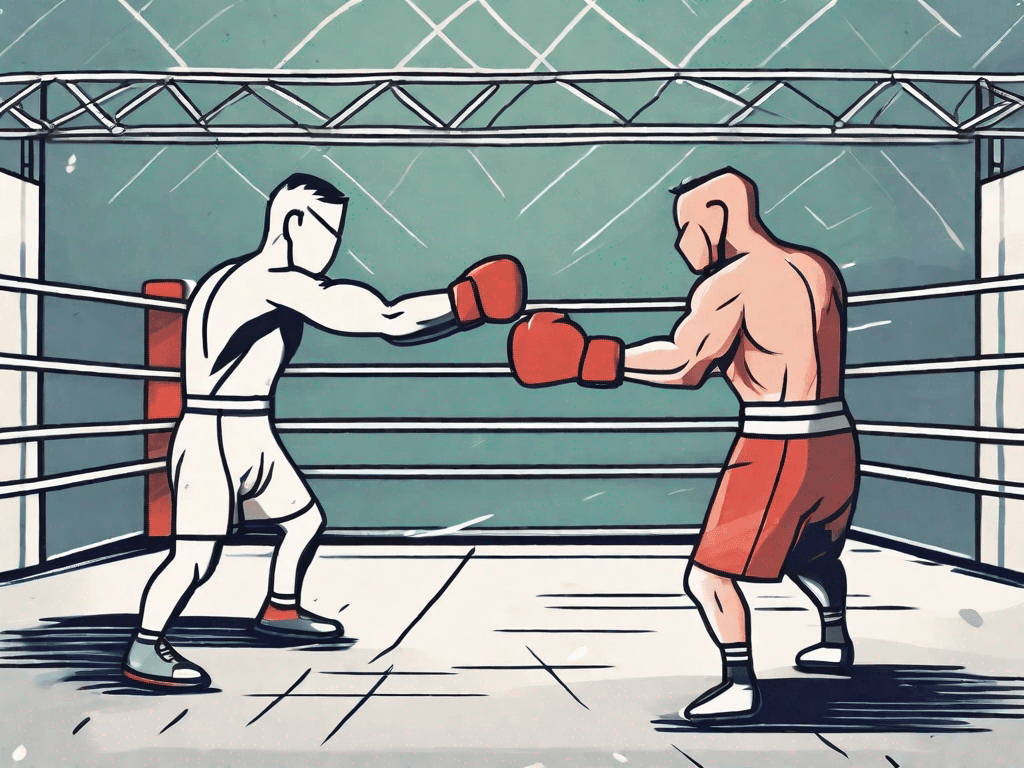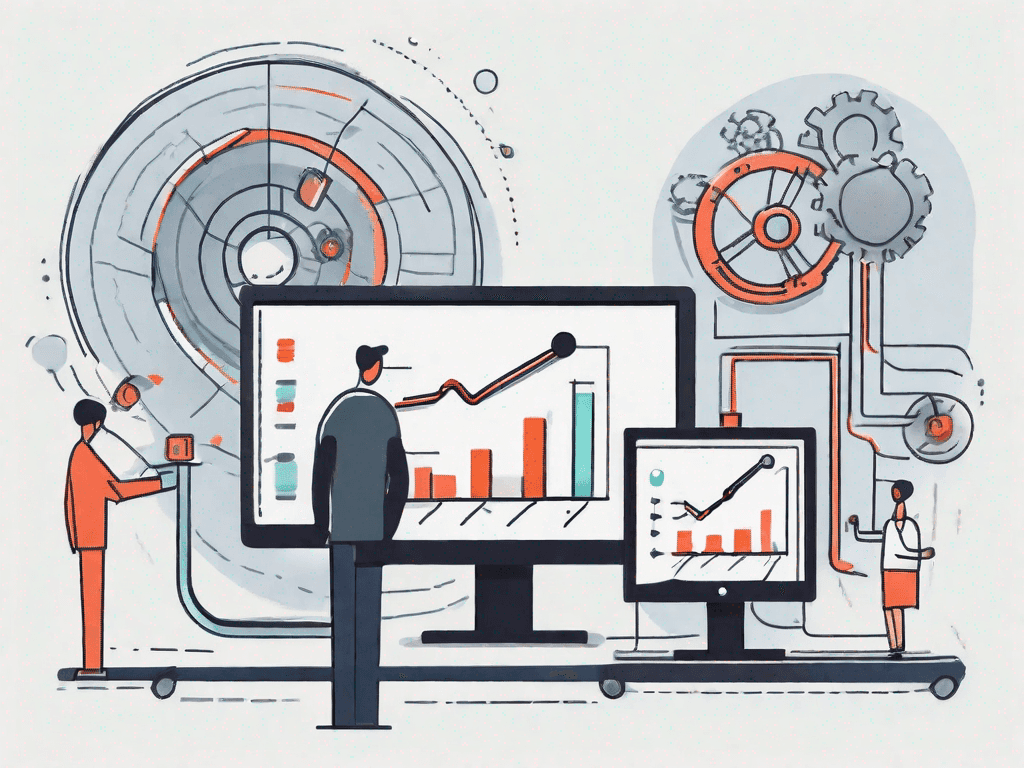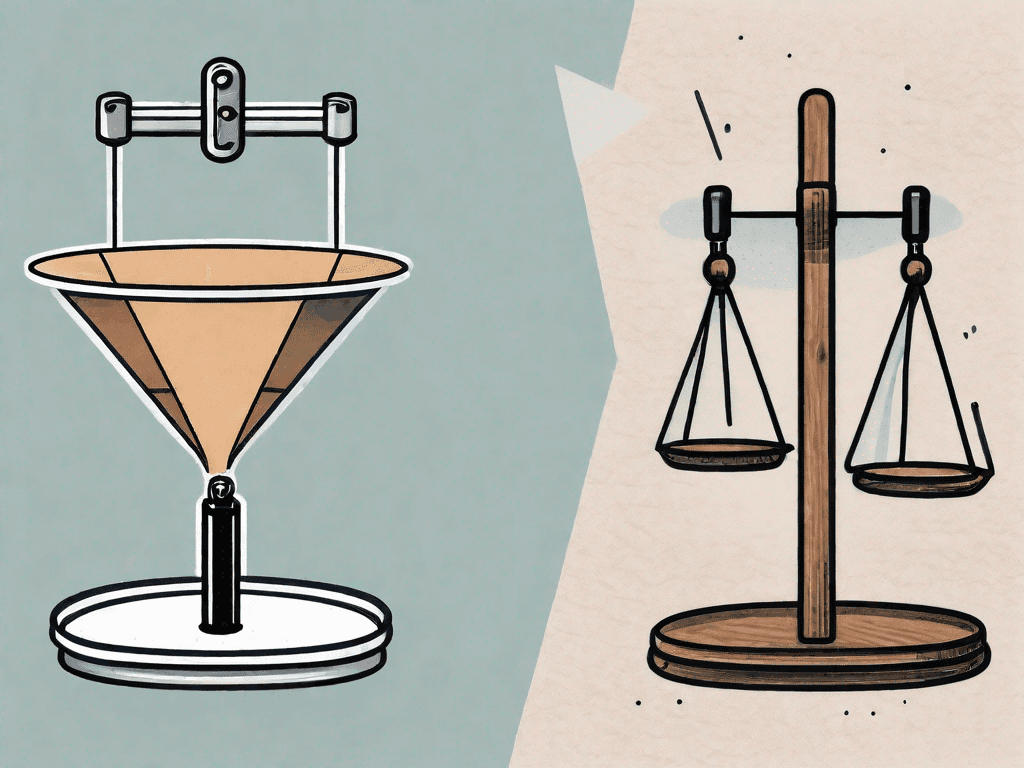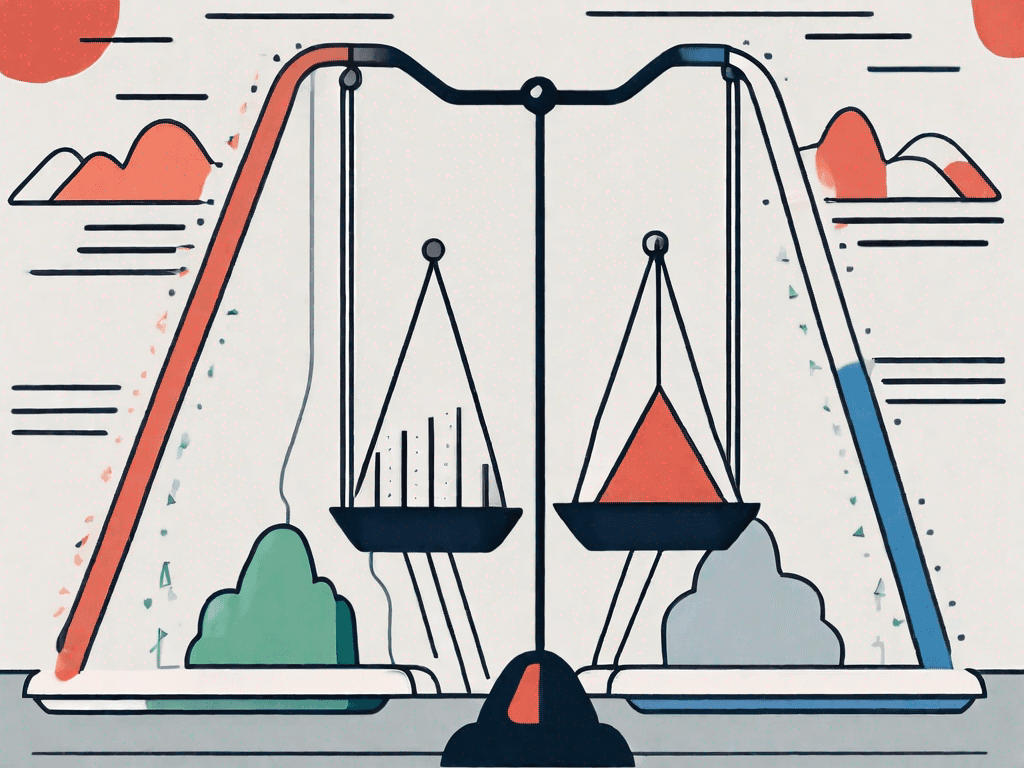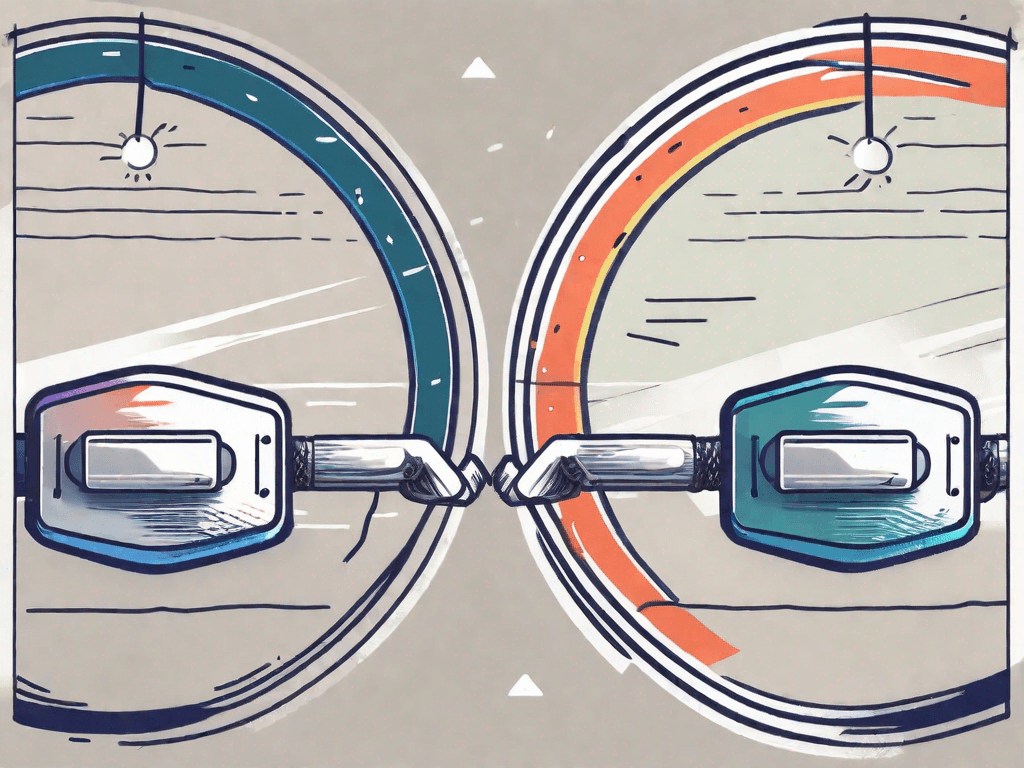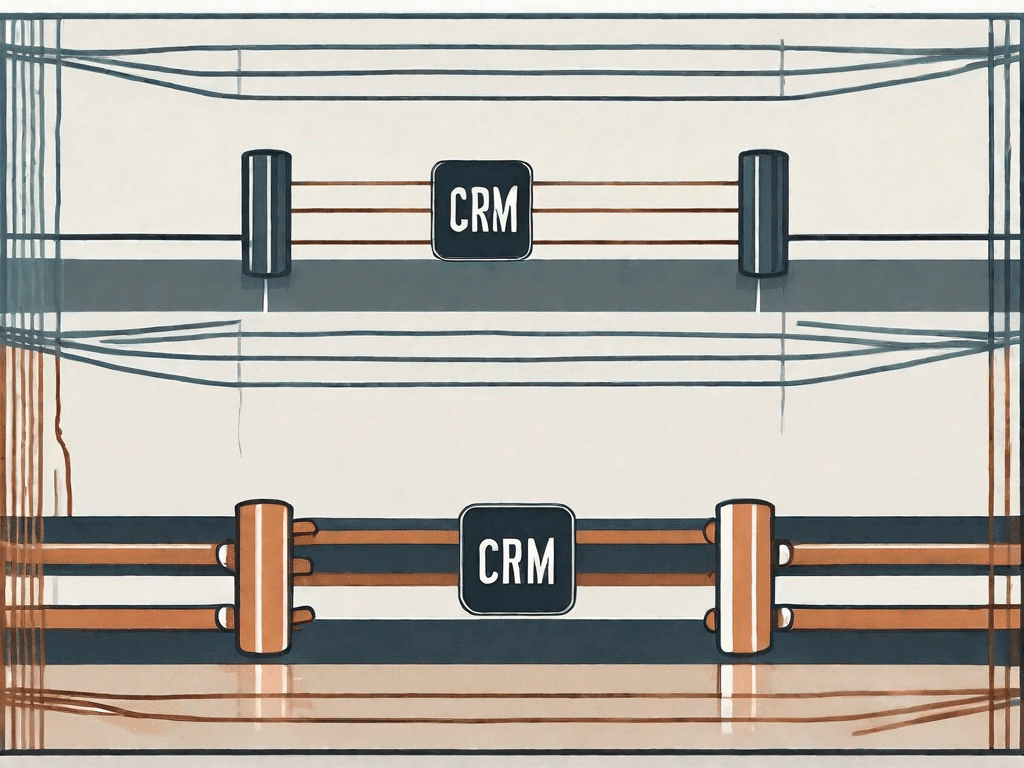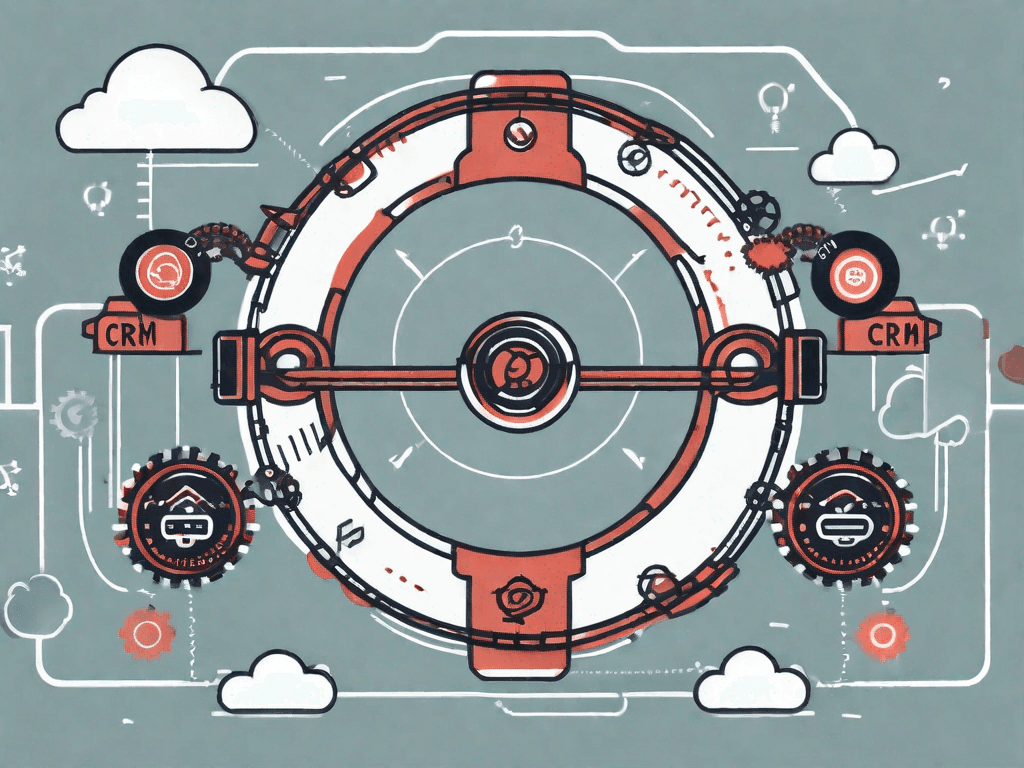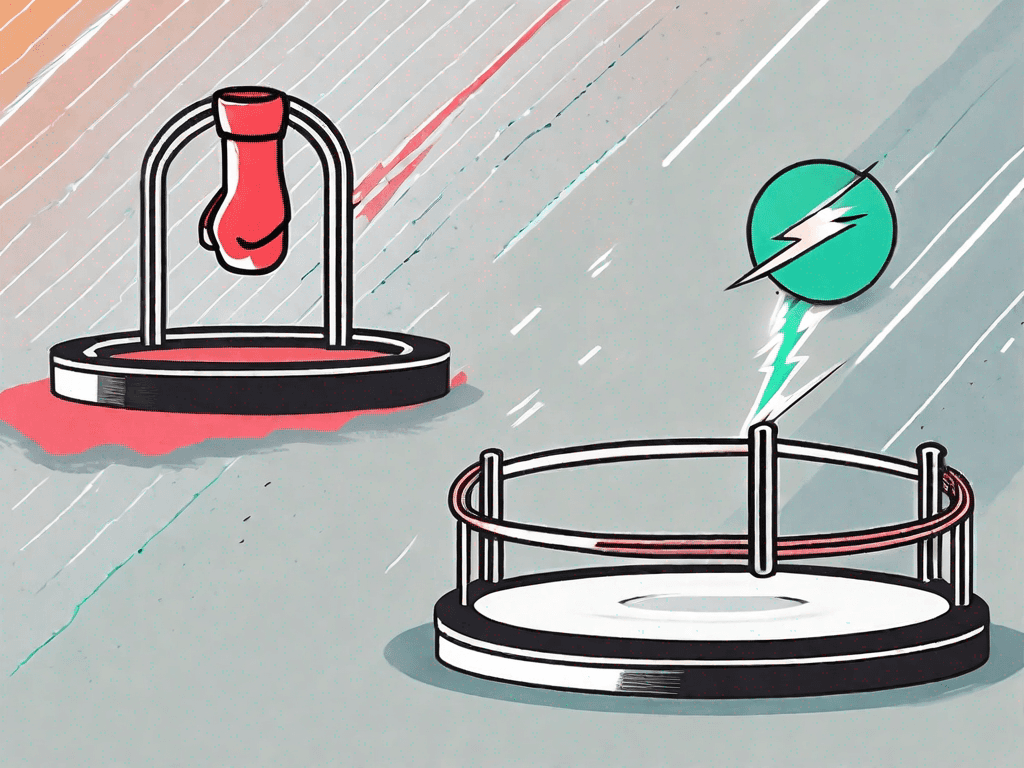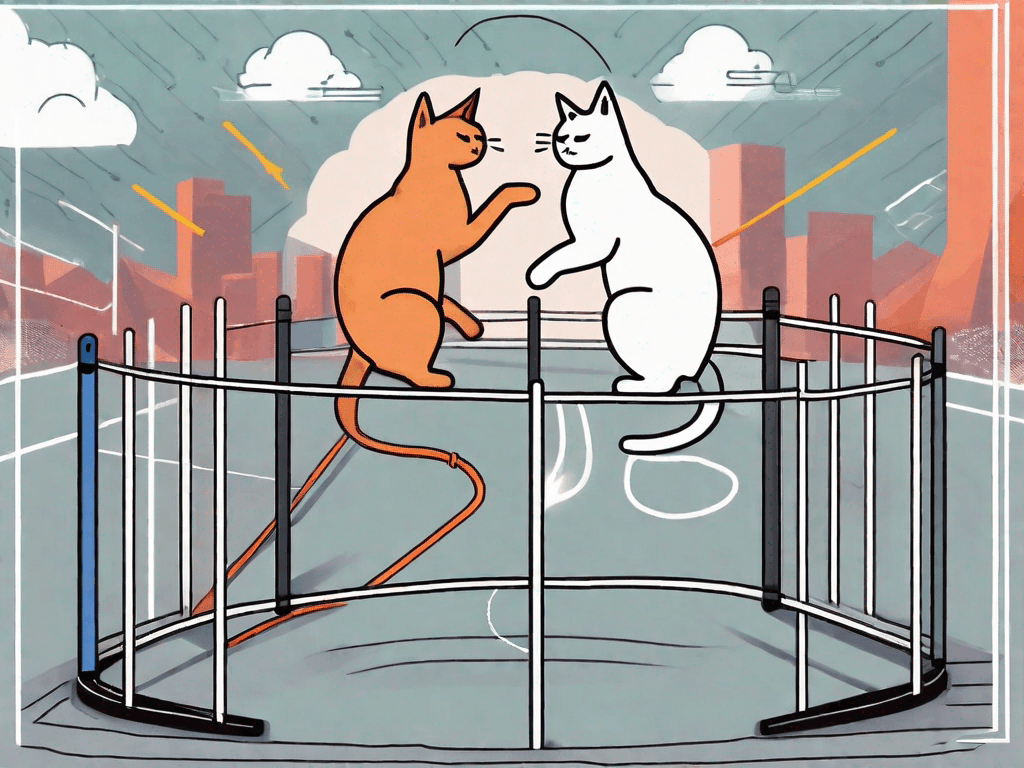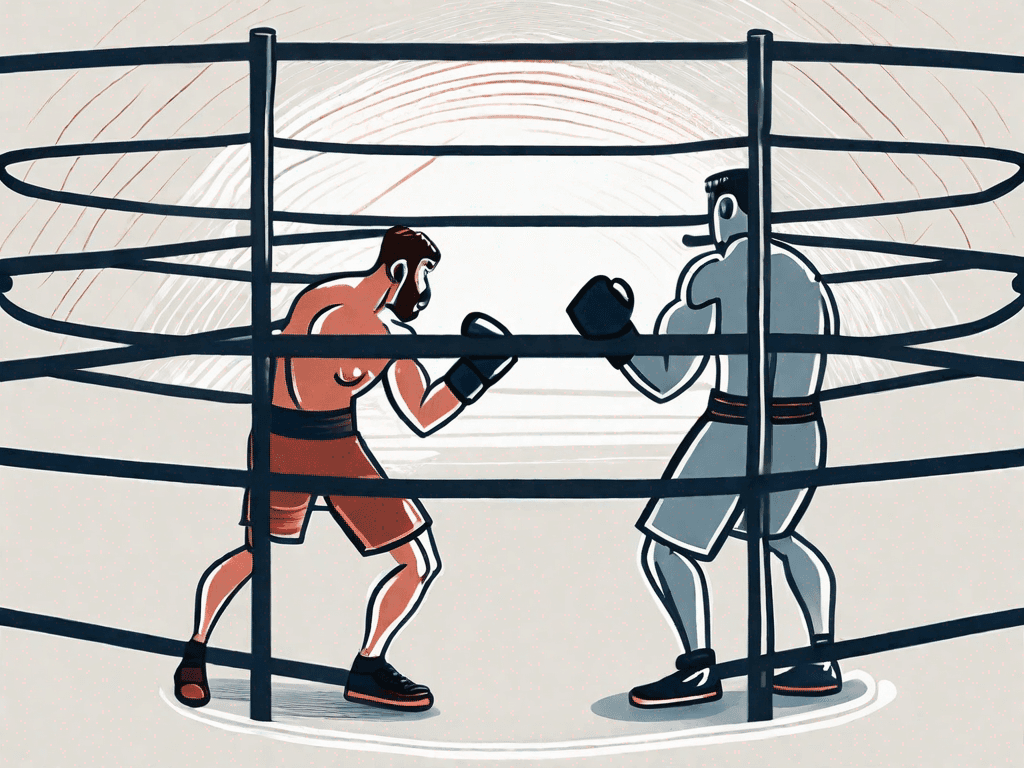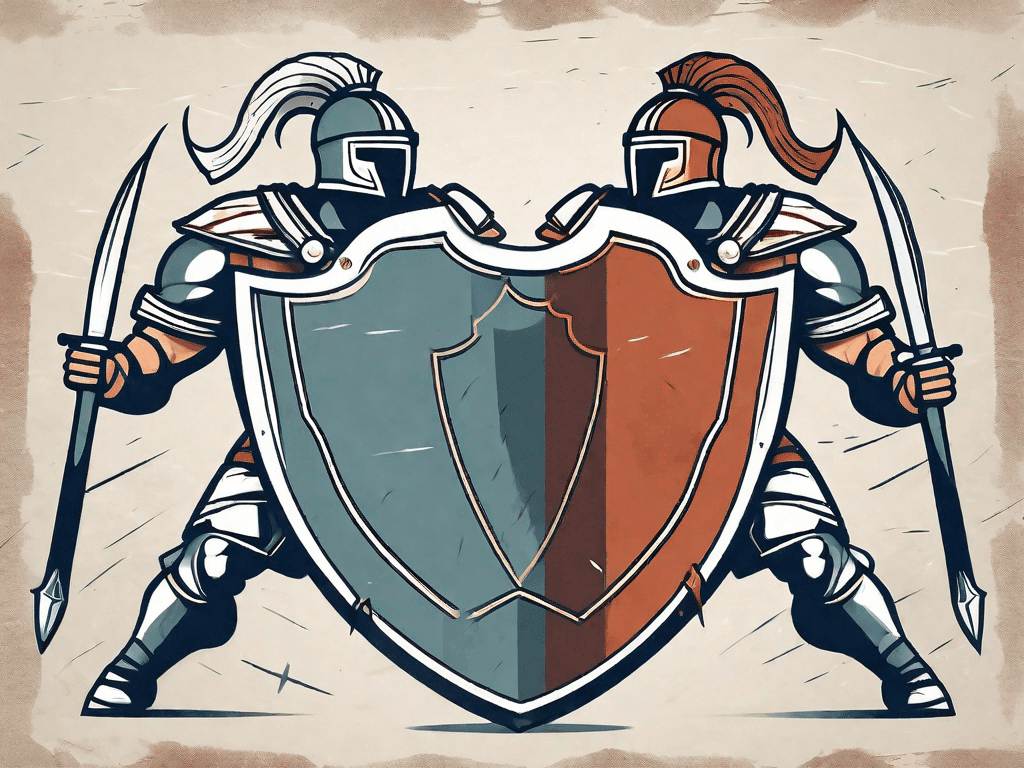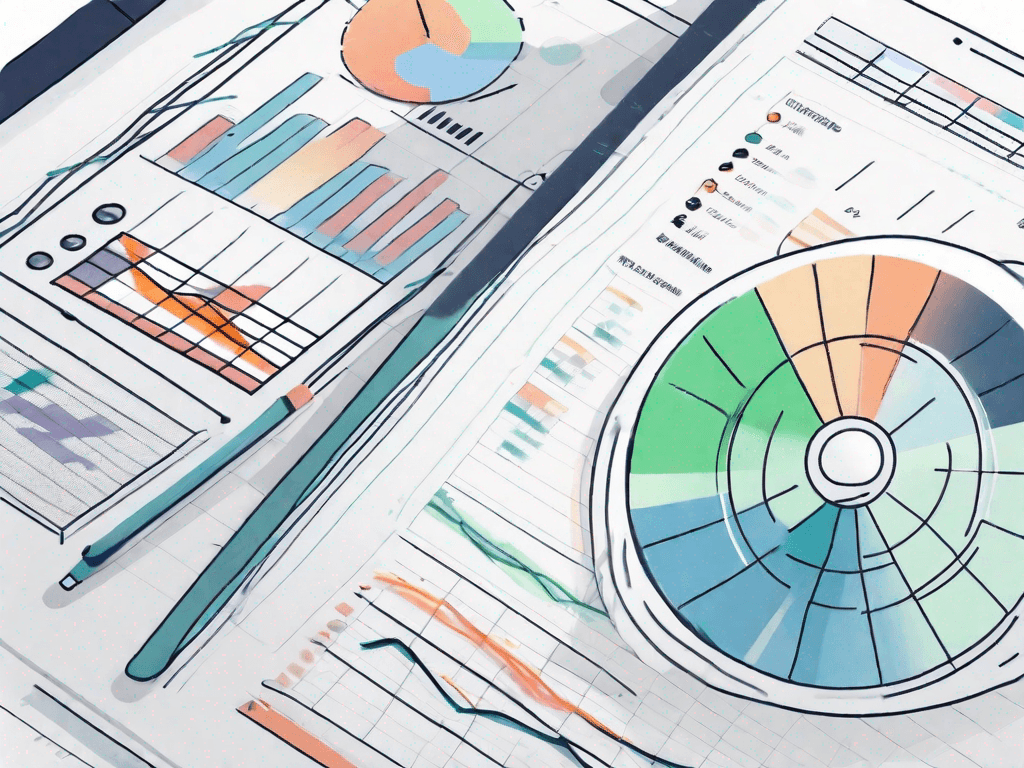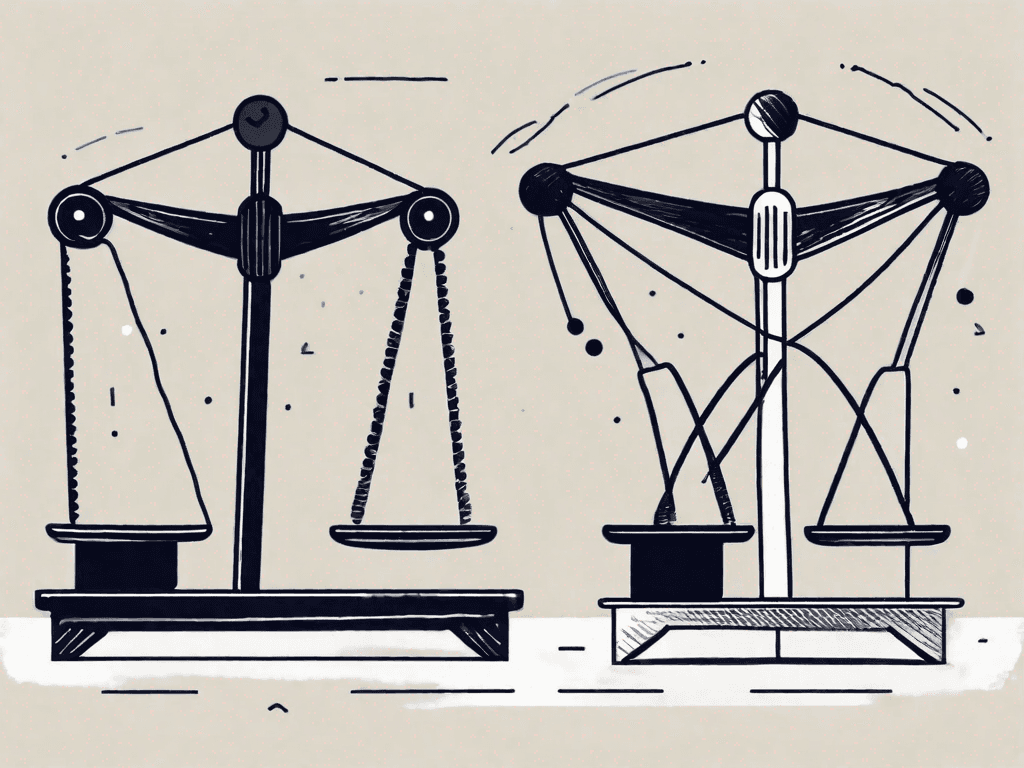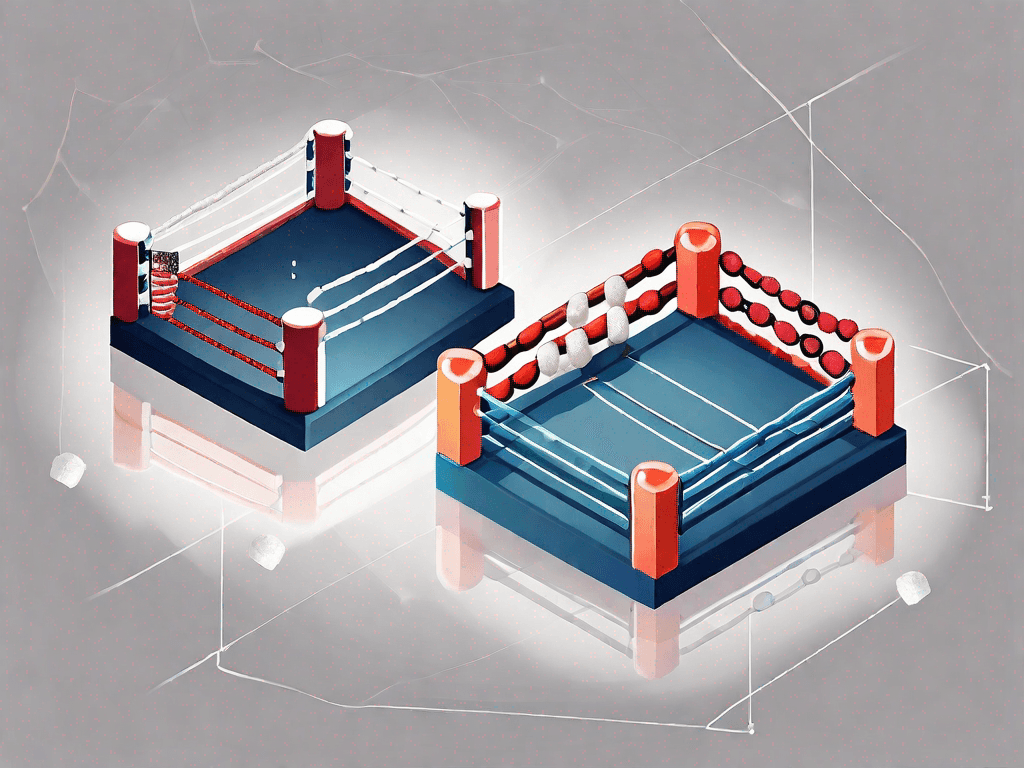
The Ideal Sales Pipeline Template for Business Development Representatives (BDRs)
Sales is the lifeblood of any business. And for Business Development Representatives (BDRs), having a well-defined sales pipeline template can make all the difference in achieving success. In this article, we will explore the ideal sales pipeline template for BDRs and why it is crucial for their role
The 7 Sales Pipeline Stages Business Development Representatives (BDRs) Should Have
A successful sales pipeline template consists of several stages that guide BDRs through the sales process. Let's take a closer look at the seven essential stages:
Prospecting: This is the stage where BDRs identify potential leads and gather relevant information about them.During the prospecting stage, BDRs utilize various strategies to identify potential leads. They conduct market research, analyze customer data, and leverage networking events to find individuals or companies that align with their target audience. BDRs also utilize social media platforms and online directories to gather relevant information about these potential leads, such as their contact details, industry, and pain points.
Furthermore, BDRs employ advanced prospecting techniques, including cold calling, email outreach, and personalized messaging, to initiate contact with these potential leads. By thoroughly understanding their target audience and tailoring their approach, BDRs increase their chances of successfully engaging with the right prospects.
Qualification: Once BDRs have identified potential leads, they need to qualify them based on specific criteria to ensure they are a good fit.During the qualification stage, BDRs carefully assess the potential leads to determine if they meet the necessary criteria to move forward in the sales process. This involves evaluating factors such as the lead's budget, authority, need, and timeline (BANT). BDRs conduct thorough research and engage in conversations with the leads to understand their pain points, challenges, and goals.
BDRs utilize various qualification techniques, including asking targeted questions, conducting needs assessments, and analyzing the lead's responses. By effectively qualifying leads, BDRs can focus their efforts on prospects who are more likely to convert into paying customers, saving time and resources.
Discovery: In this stage, BDRs engage with the qualified leads and initiate conversations to understand their pain points, needs, and challenges.During the discovery stage, BDRs aim to establish a deeper understanding of the qualified leads' specific pain points, needs, and challenges. They engage in meaningful conversations, actively listening to the leads' concerns and objectives. BDRs ask open-ended questions to encourage the leads to share valuable insights.
By actively listening and empathizing with the leads, BDRs can identify the root causes of their challenges and offer tailored solutions. This stage is crucial in building trust and rapport with the leads, as it demonstrates the BDRs' commitment to understanding their unique circumstances.
Solution Presentation: After discovering the potential customer's needs, BDRs present their product or service as a solution to those needs.During the solution presentation stage, BDRs showcase their product or service as the ideal solution to address the leads' pain points and challenges. They create compelling presentations, highlighting the key features and benefits that align with the leads' specific needs.
BDRs utilize various presentation techniques, such as storytelling, case studies, and demonstrations, to effectively communicate the value proposition of their offering. They tailor their presentations to resonate with the leads' objectives and showcase how their product or service can provide tangible results and drive business growth.
Negotiation: This stage involves negotiating deal terms and pricing to reach a mutually beneficial agreement.During the negotiation stage, BDRs work closely with the leads to find common ground and reach a mutually beneficial agreement. They discuss deal terms, pricing, and any specific requirements or customizations the leads may need.
BDRs employ effective negotiation strategies, such as active listening, problem-solving, and compromise, to ensure both parties feel satisfied with the final agreement. They aim to build long-term relationships with the leads by fostering a collaborative and transparent negotiation process.
Closure: Once the negotiation is successful, BDRs close the deal, ensuring all necessary paperwork and contracts are completed.During the closure stage, BDRs finalize the sales process by securing the deal and ensuring all necessary paperwork and contracts are completed. They work closely with the leads to address any final concerns or questions and guide them through the necessary steps to finalize the agreement.
BDRs follow established protocols and procedures to ensure a smooth and efficient closure process. They collaborate with internal teams, such as legal and finance, to ensure all legal and financial requirements are met. By providing exceptional customer service and support during this stage, BDRs leave a positive lasting impression on the leads.
Follow-up: The final stage of the sales pipeline involves maintaining a relationship with the customer, providing support, and upselling/cross-selling where applicable.During the follow-up stage, BDRs continue to nurture the relationship with the customer, providing ongoing support and addressing any post-sale concerns. They ensure that the customer is satisfied with their purchase and offer assistance in maximizing the value they receive from the product or service.
BDRs also identify opportunities for upselling or cross-selling additional products or services that align with the customer's needs and goals. By maintaining regular communication and demonstrating their commitment to the customer's success, BDRs aim to foster long-term loyalty and generate additional revenue streams.
Example of the Customer Journey in a Sales Pipeline for Business Development Representatives (BDRs) Step-by-Step
Let's dive deeper into each stage of the sales pipeline to understand the customer journey in a step-by-step process:
Prospecting
During the prospecting stage, BDRs leverage various sources such as referrals, social media, and industry events to identify potential leads. They gather basic information such as contact details and company background to assess the lead's suitability.
Qualification
Qualified leads are vital for efficient sales operations. BDRs utilize specific criteria to qualify leads, ensuring they meet the ideal customer profile. This stage involves evaluating factors like budget, authority, need, and timeline (BANT).
Discovery
Once the leads are qualified, BDRs engage in conversations to understand their pain points and requirements better. This stage involves active listening, asking relevant questions, and empathizing with the lead's challenges.
Solution Presentation
Once the BDRs have gathered sufficient information, they present their product or service as a viable solution to the lead's challenges. The presentation highlights the unique selling points and demonstrates how the offering can address the lead's specific needs.
Negotiation
If the lead expresses interest in the solution, BDRs enter the negotiation stage. Here, they discuss deal terms, pricing, and any customization required to meet the lead's expectations. Effective negotiation skills are crucial to reach a mutually beneficial agreement.
Closure
Once the negotiation is successful, BDRs move towards closing the deal. This involves ensuring all necessary contracts and paperwork are completed accurately. Attention to detail and timely follow-up are essential to finalize the agreement.
Follow-up
Building long-term relationships is crucial for BDRs. After closing the deal, they must maintain regular contact with the customer to provide support, address any issues, and identify upselling or cross-selling opportunities. This stage is critical for customer retention and maximizing revenue.
Why Business Development Representatives (BDRs) Need this Sales Pipeline Template?
You'll save time building relationships as Business Development Representatives (BDRs).
With a well-defined sales pipeline template, BDRs can efficiently prioritize their efforts based on the stage of the pipeline. They can focus on building relationships with qualified leads and allocate time and resources effectively. This ensures that BDRs invest their efforts where it matters most, leading to time savings and increased productivity.
You'll grow revenues faster by developing new business opportunities.
A structured sales pipeline helps BDRs identify potential bottlenecks in the sales process. By optimizing each stage and streamlining the customer journey, BDRs can reduce friction and accelerate the sales cycle. This ultimately leads to faster revenue growth and increased business opportunities.
In conclusion, the ideal sales pipeline template for Business Development Representatives (BDRs) includes seven essential stages that guide them through the sales process. By following this template, BDRs can efficiently prospect, qualify, engage, present, negotiate, close deals, and maintain customer relationships. This structured approach not only saves time but also maximizes revenue growth. Implementing a well-defined sales pipeline template is key to success for BDRs in today's competitive business landscape.



